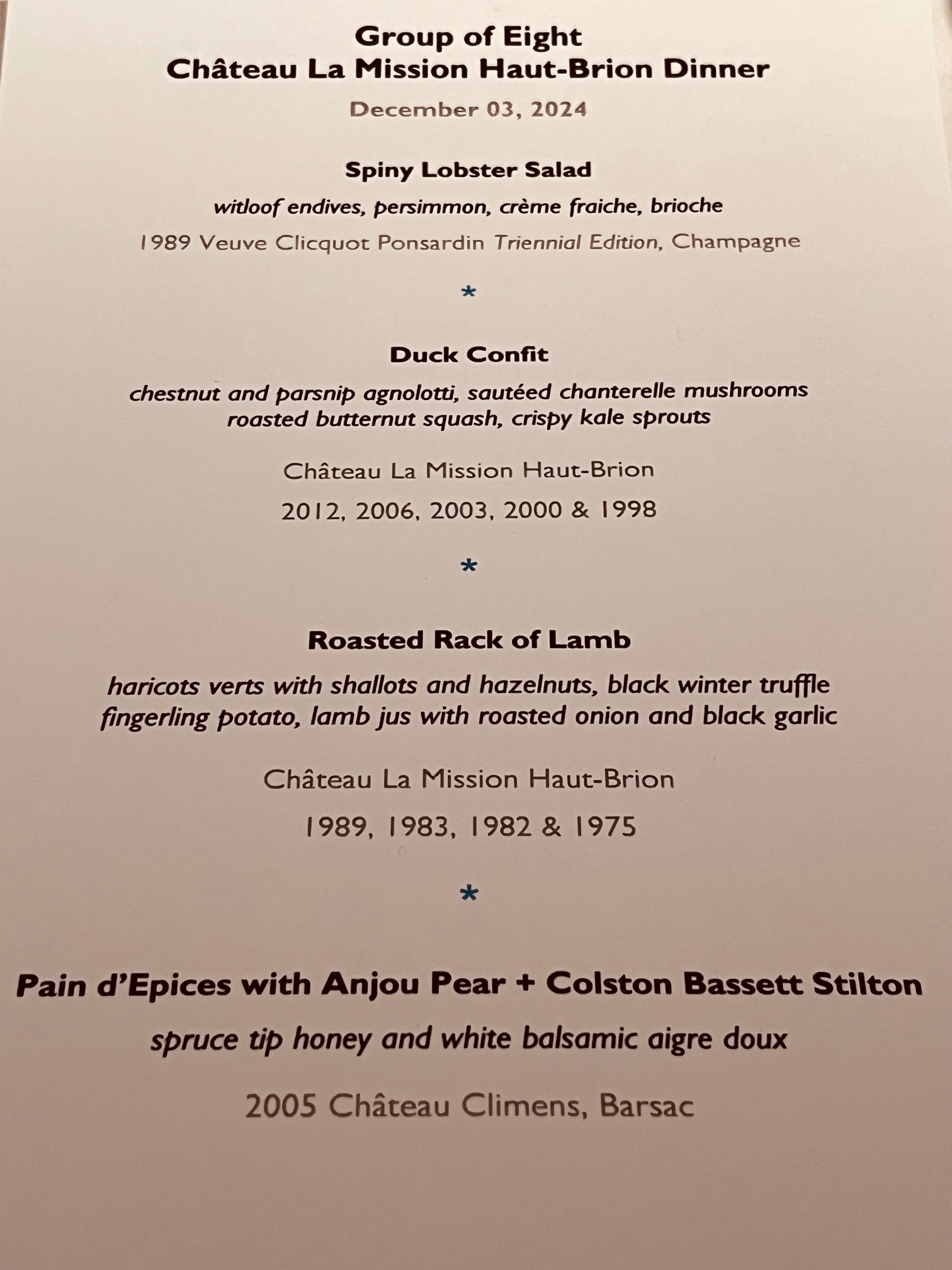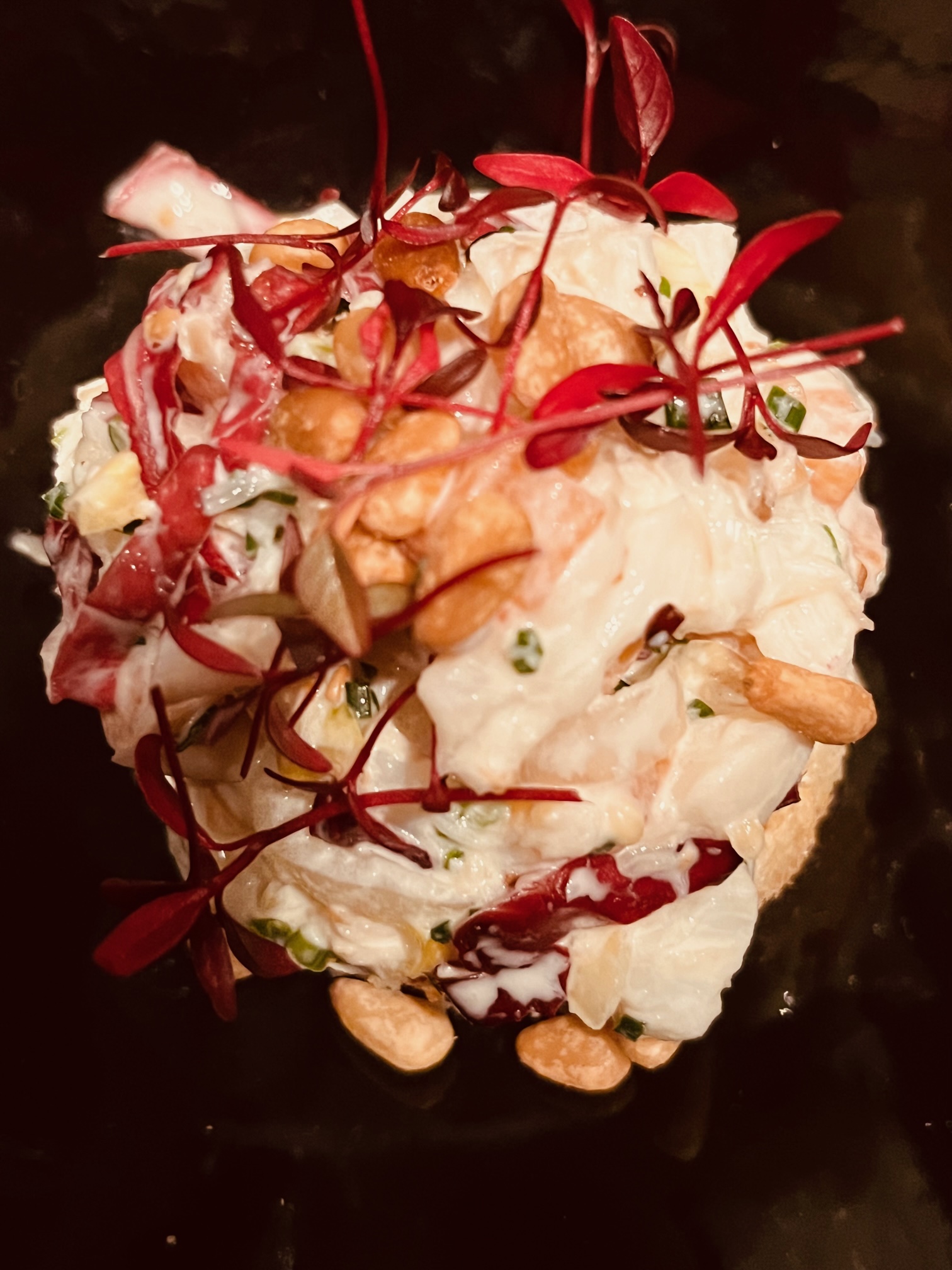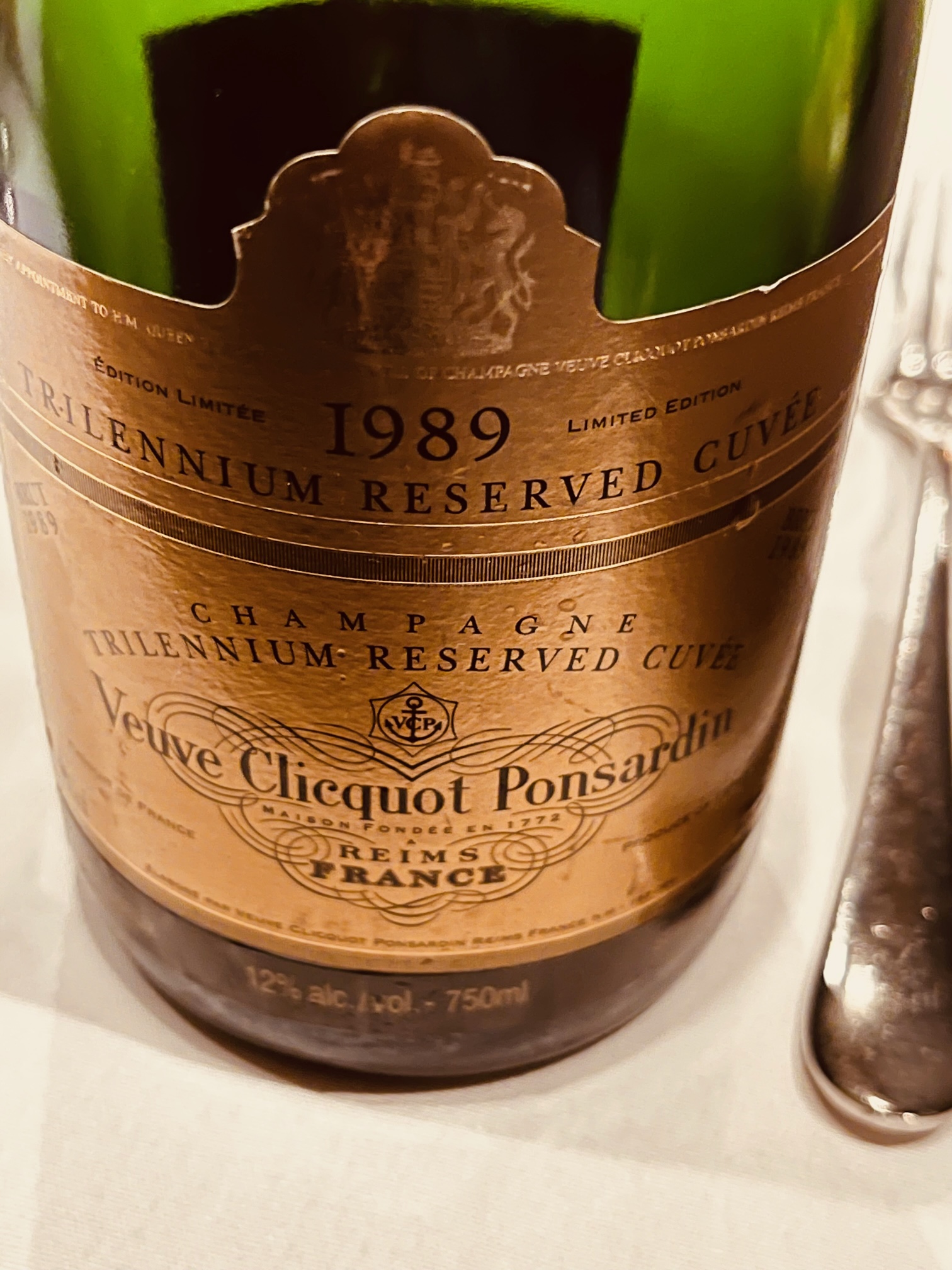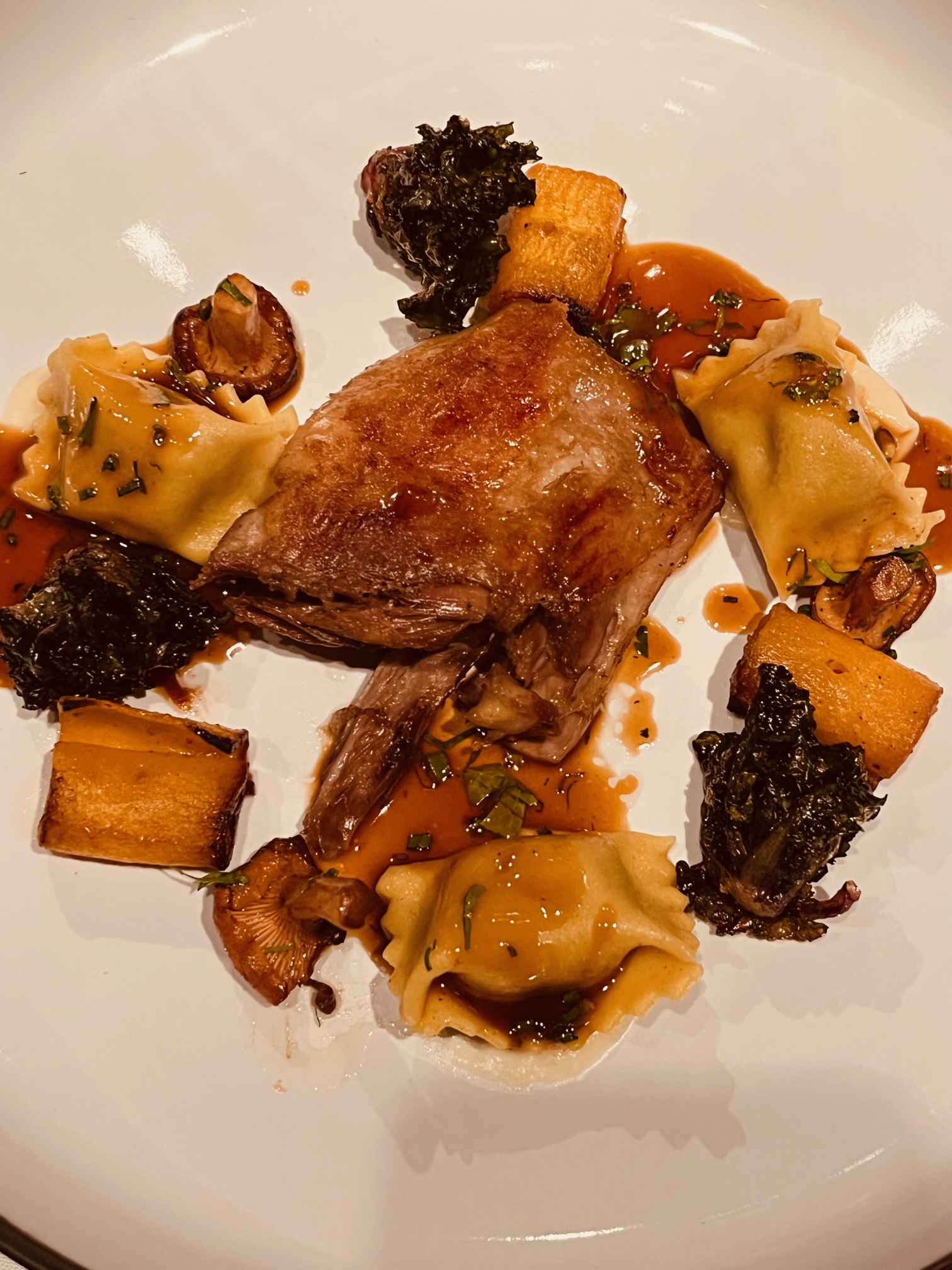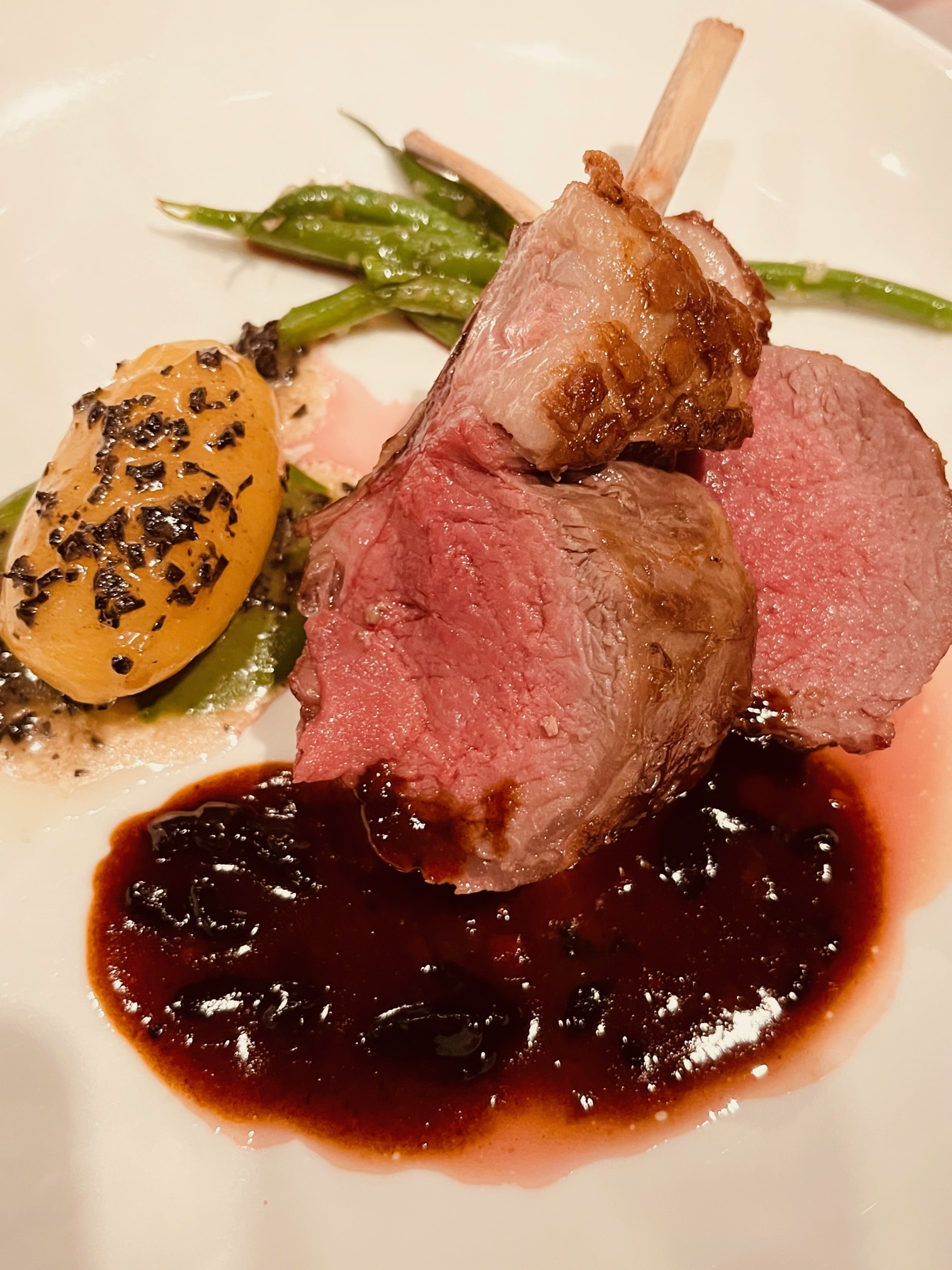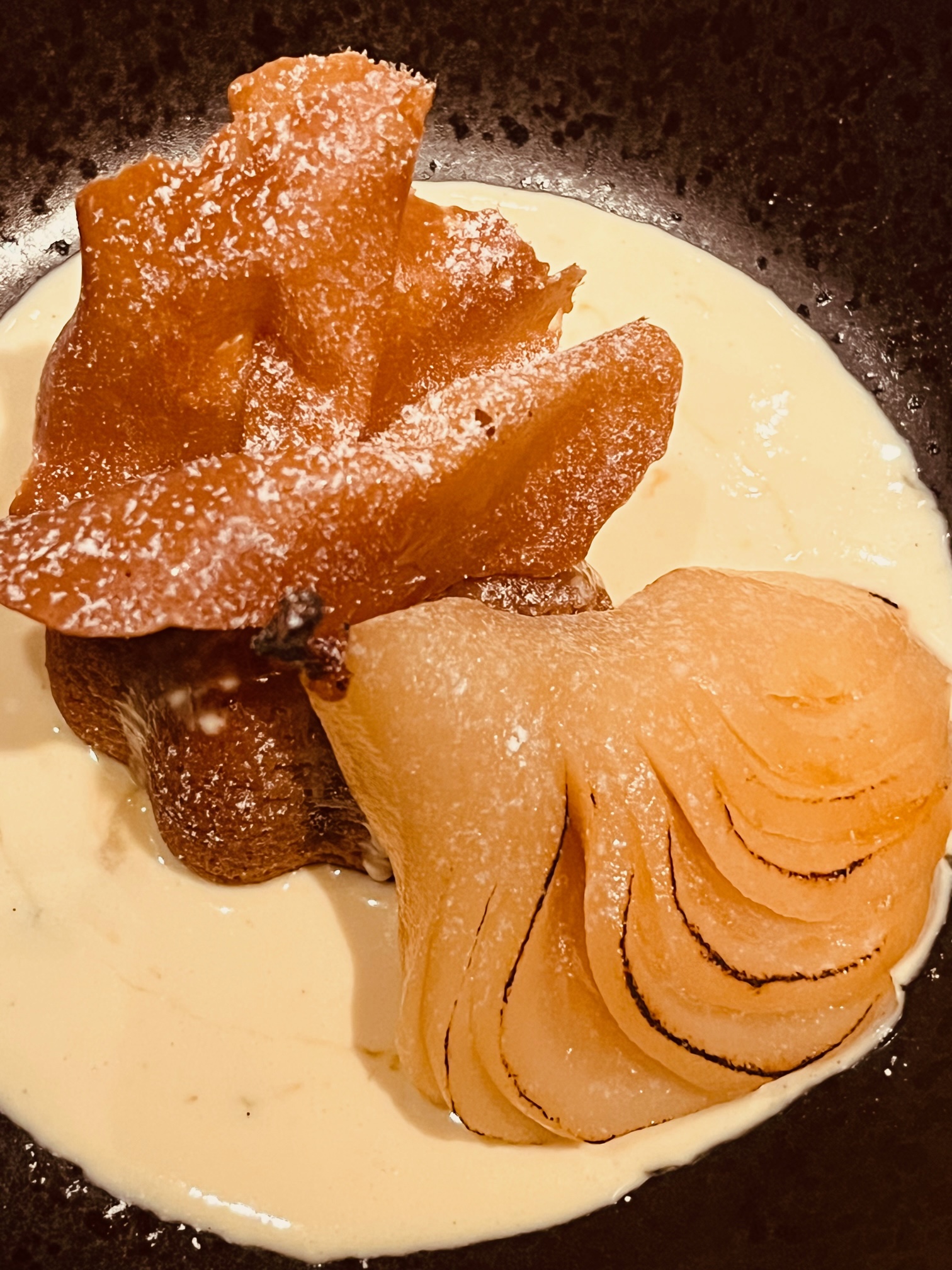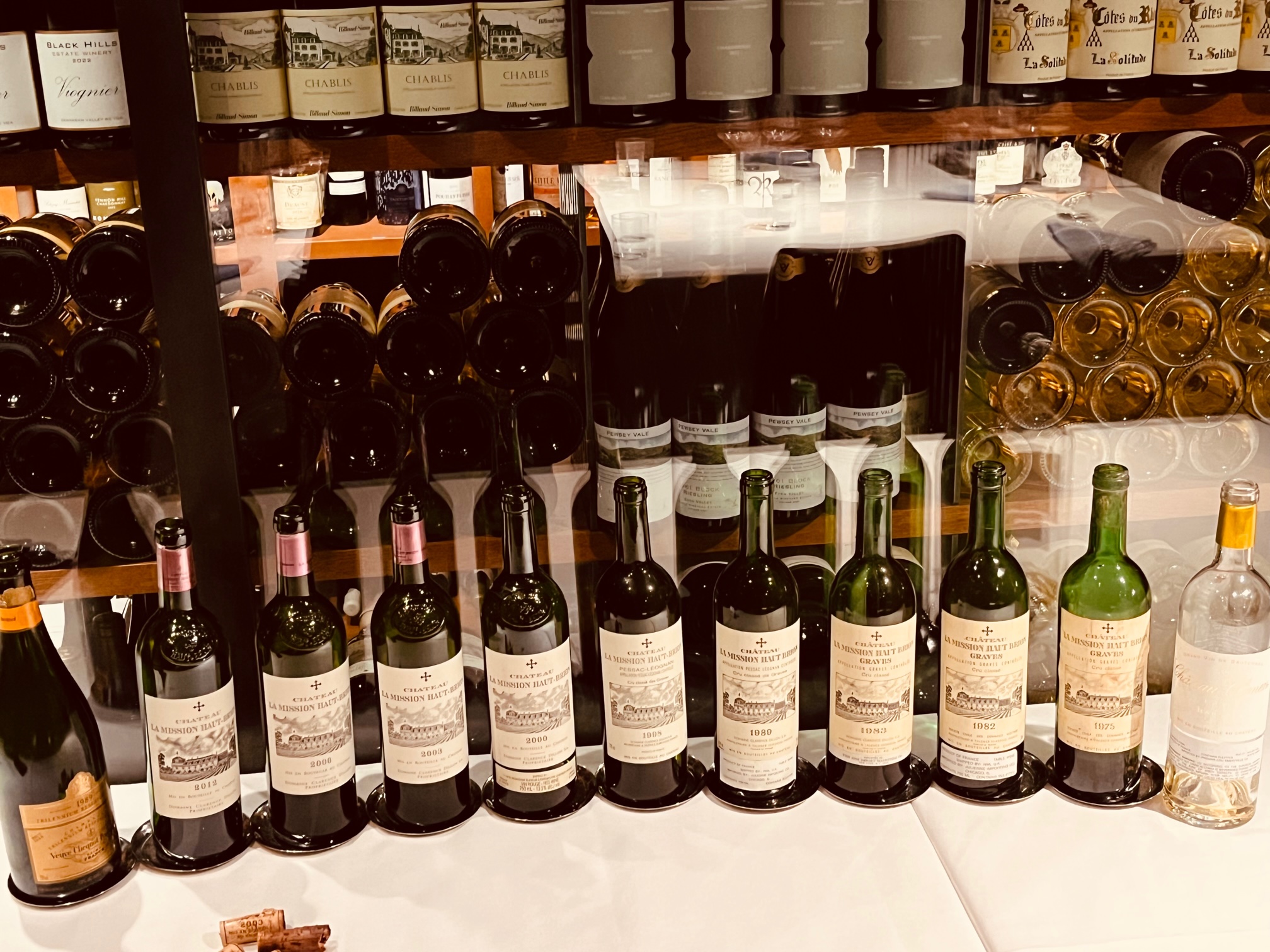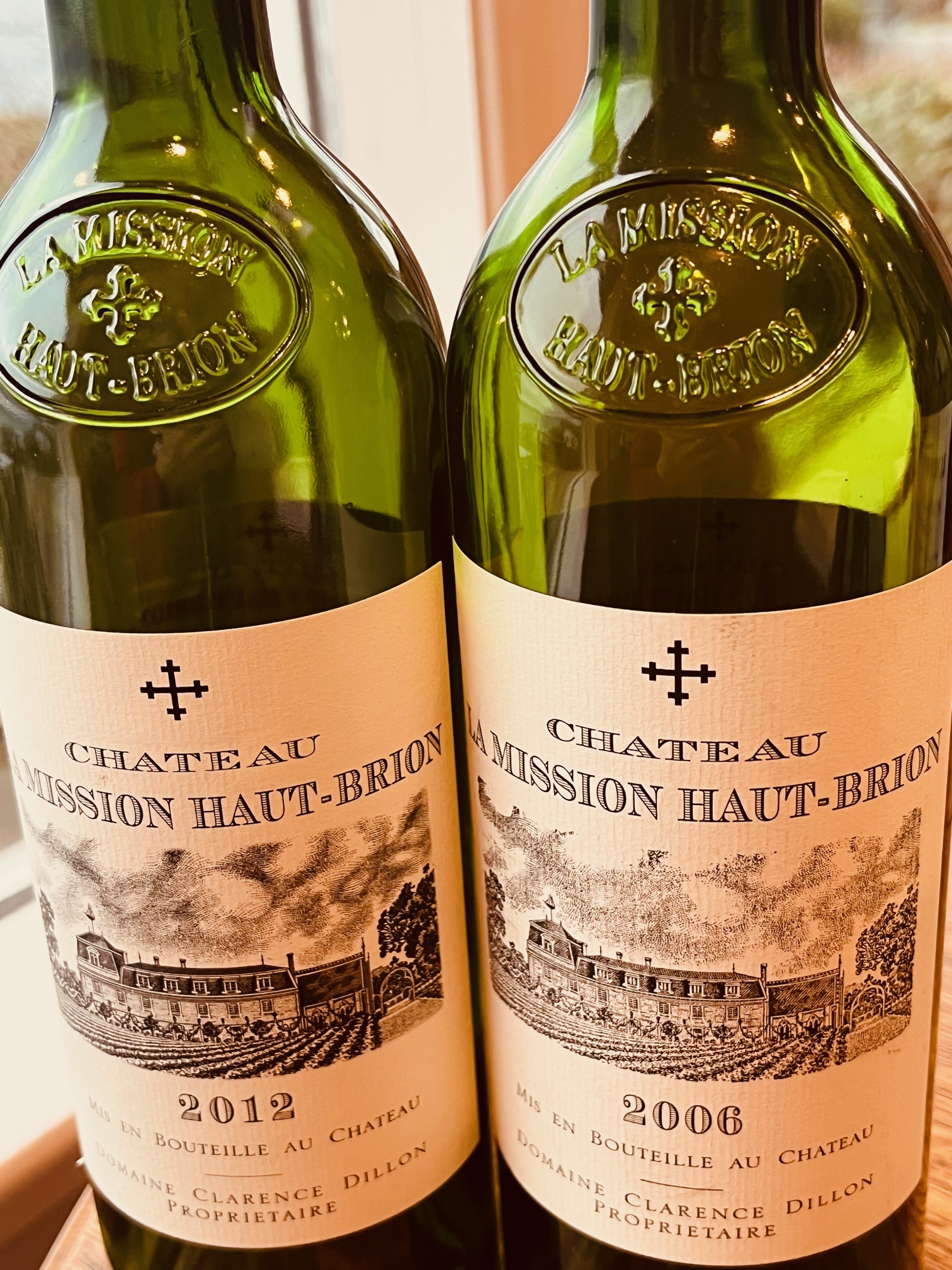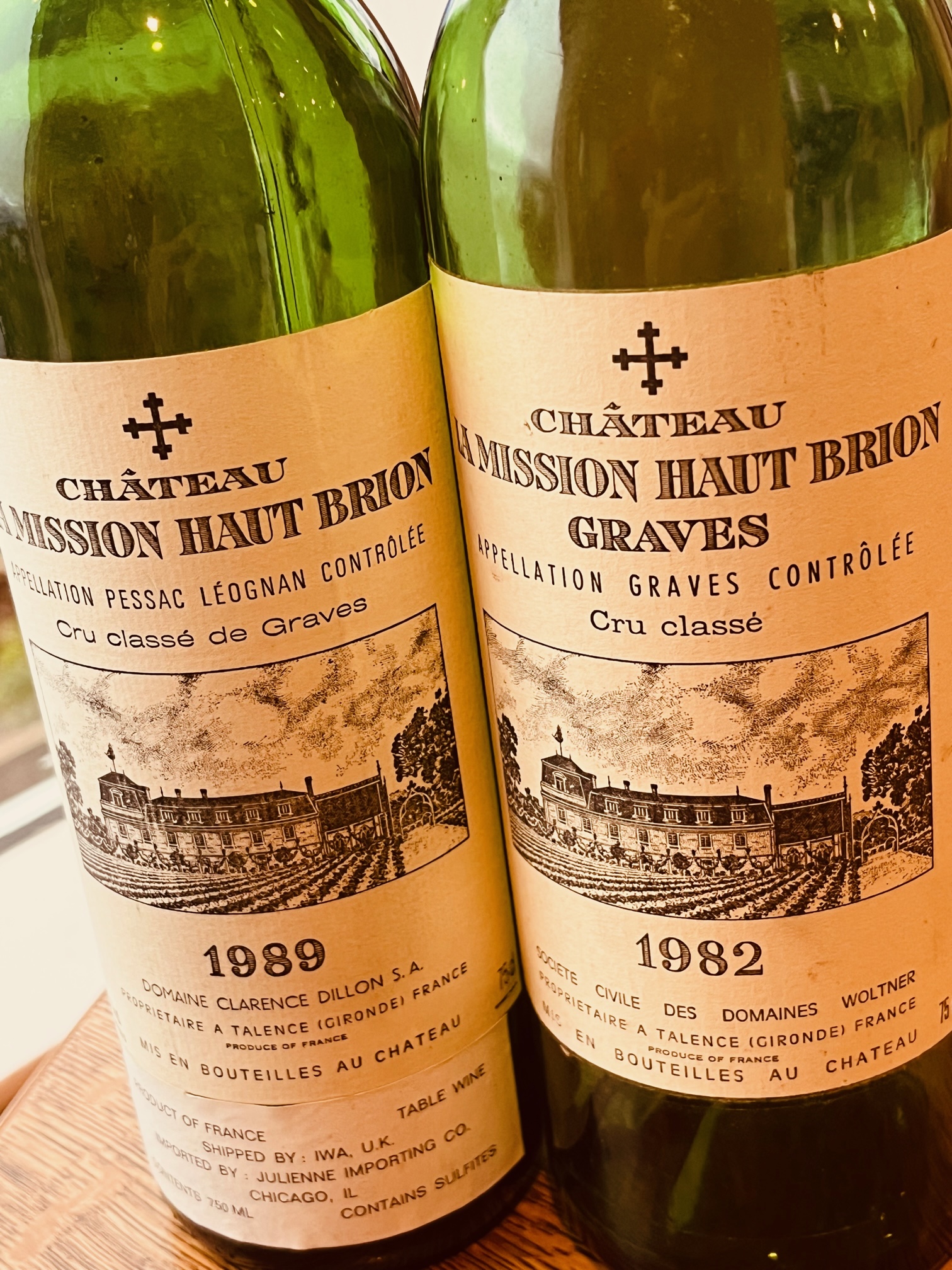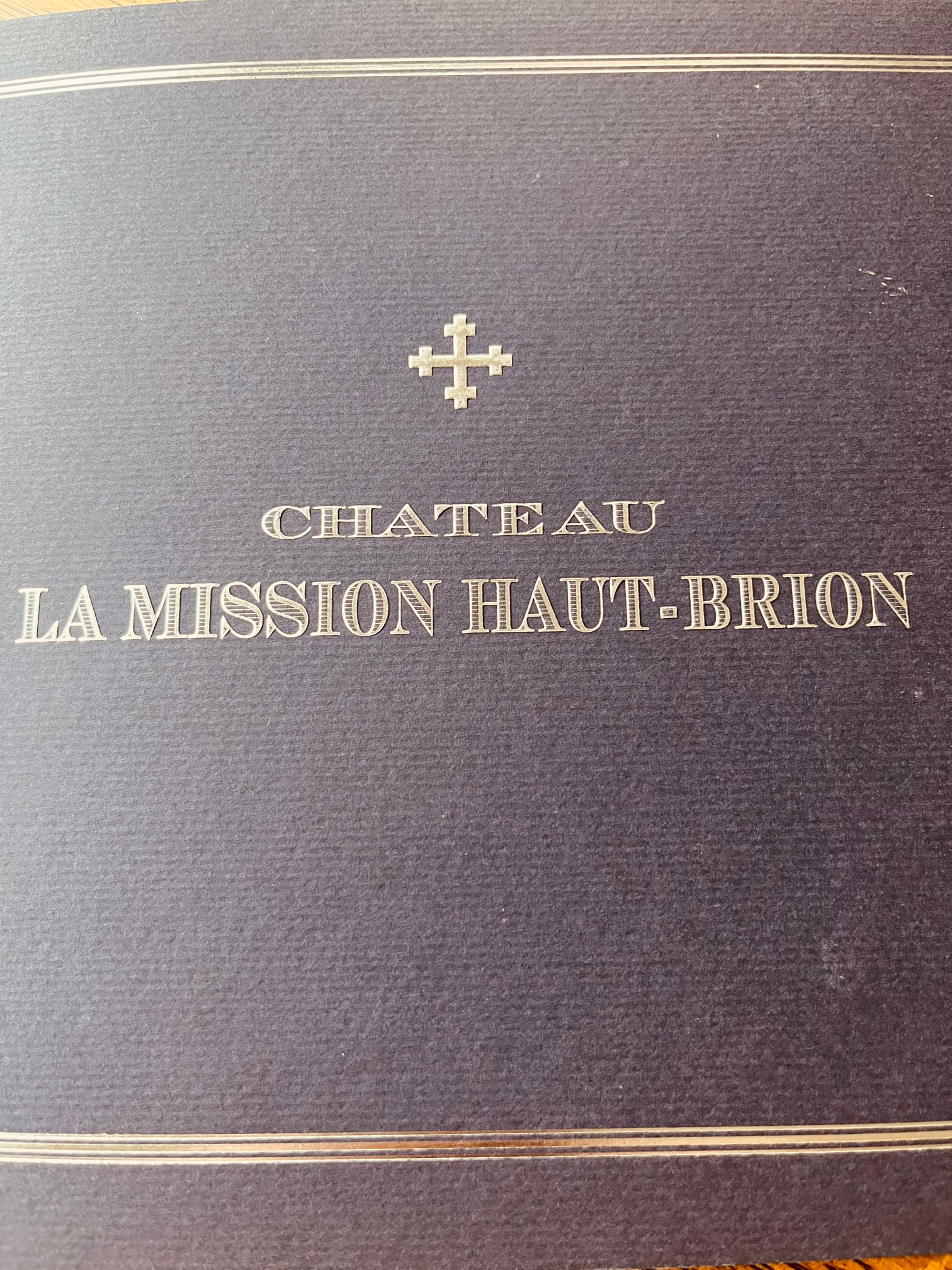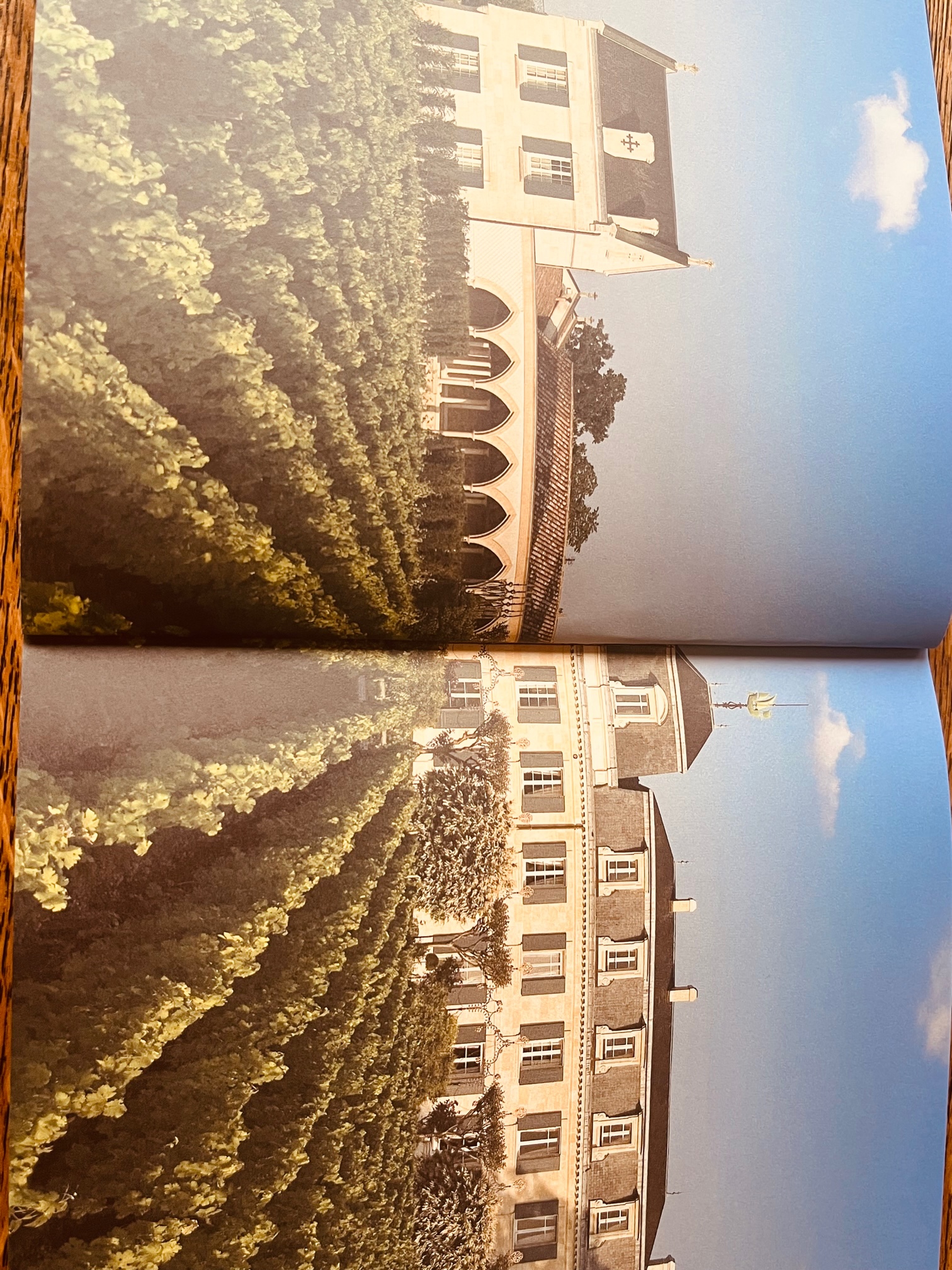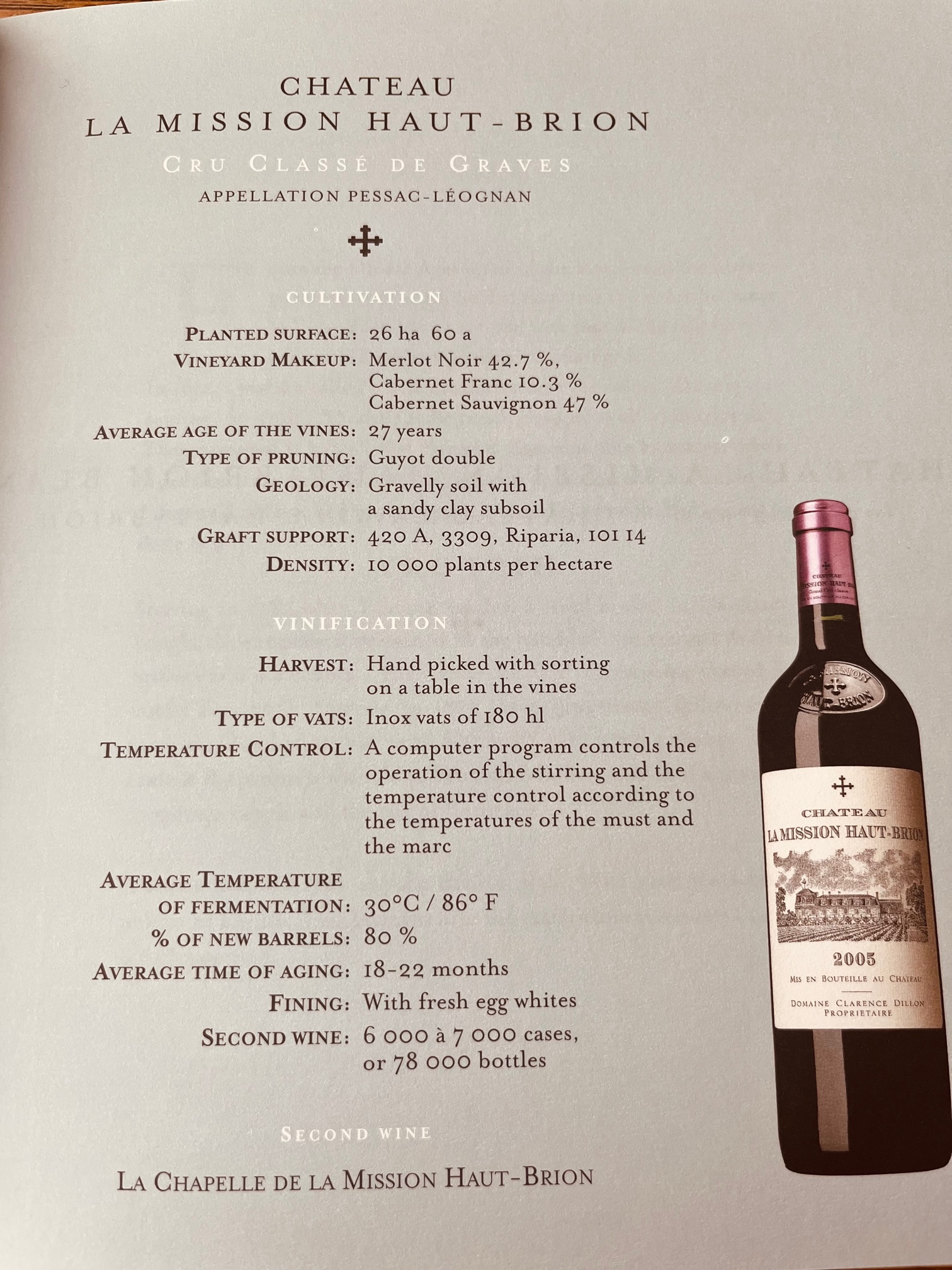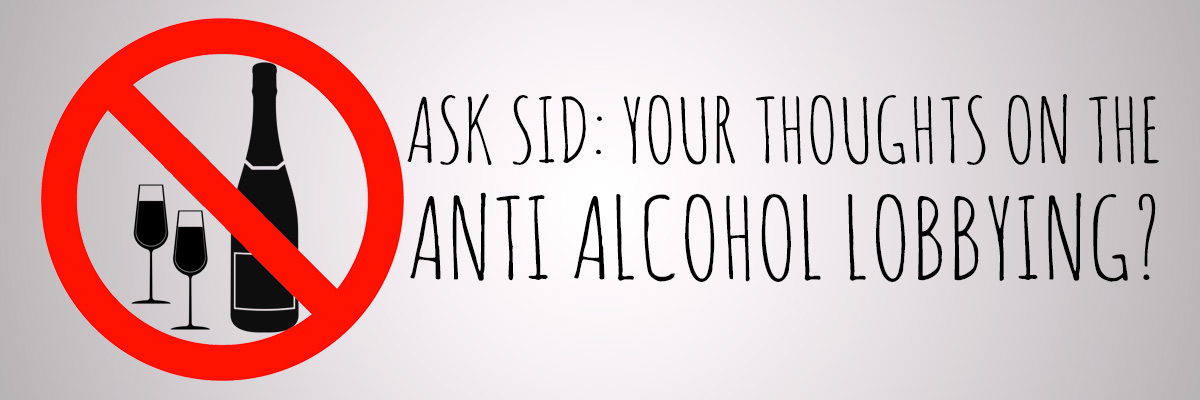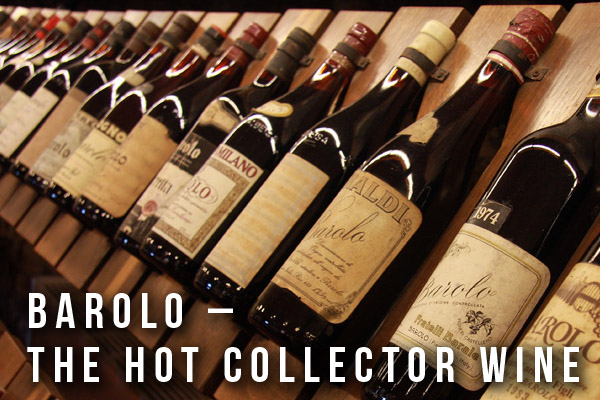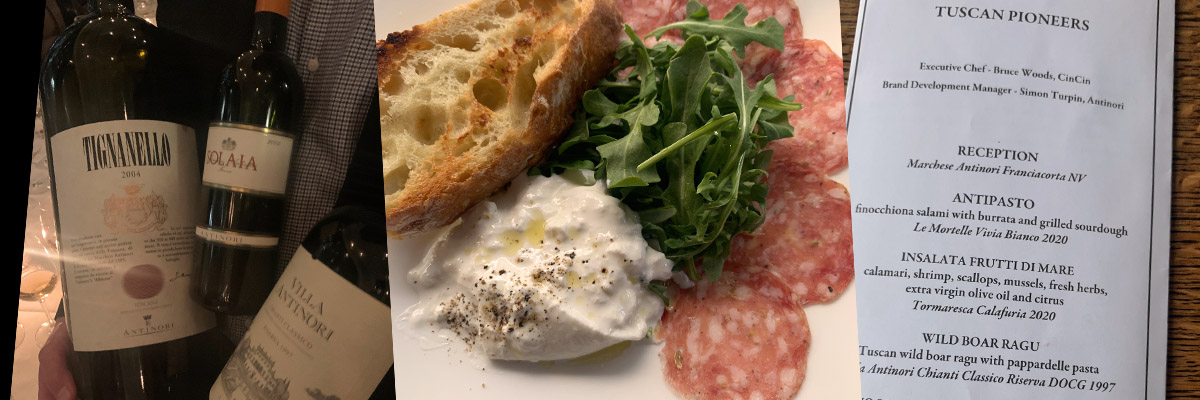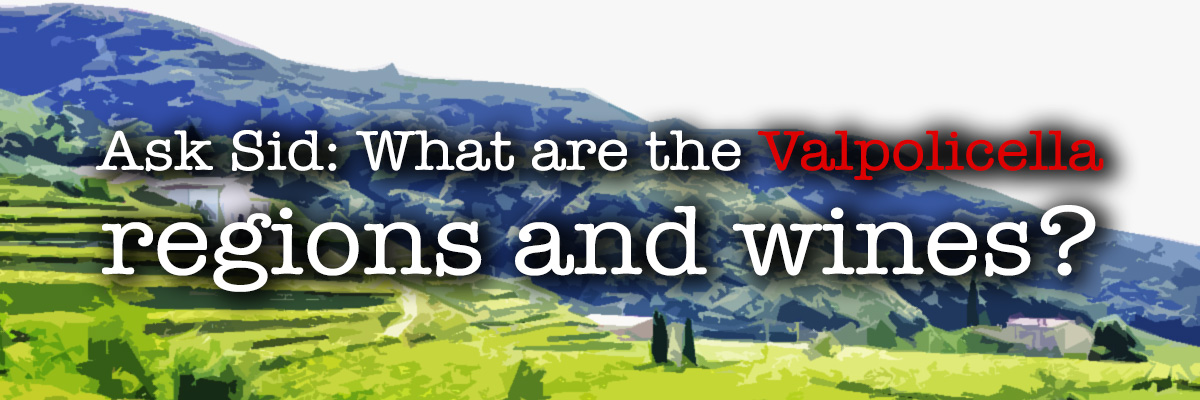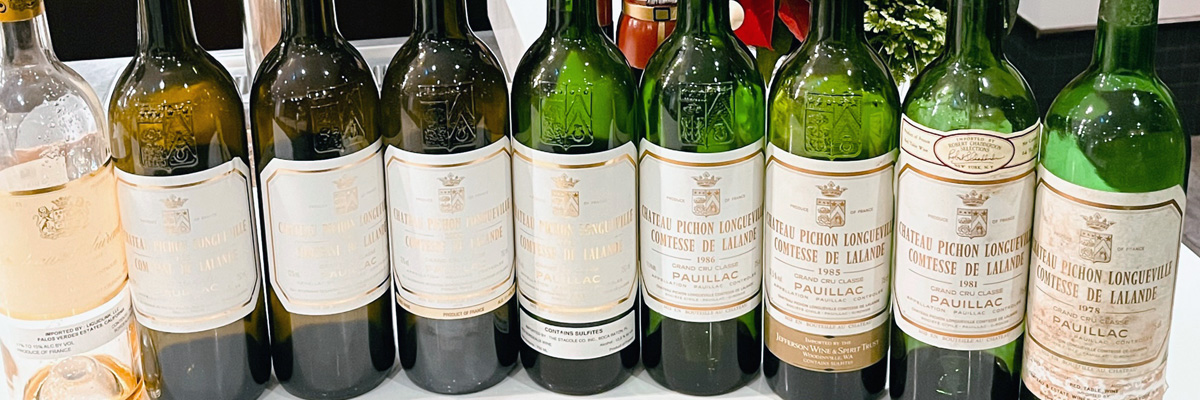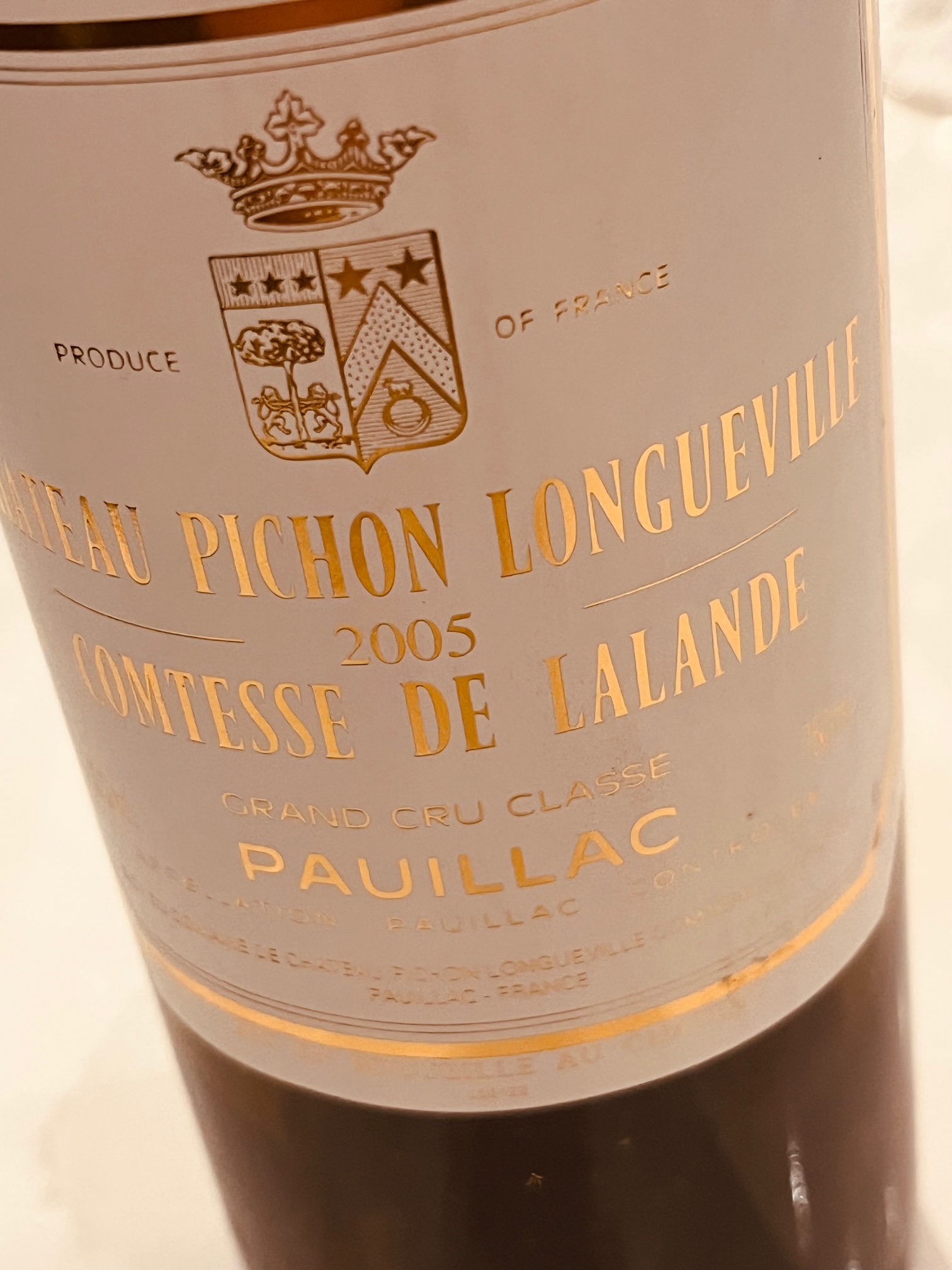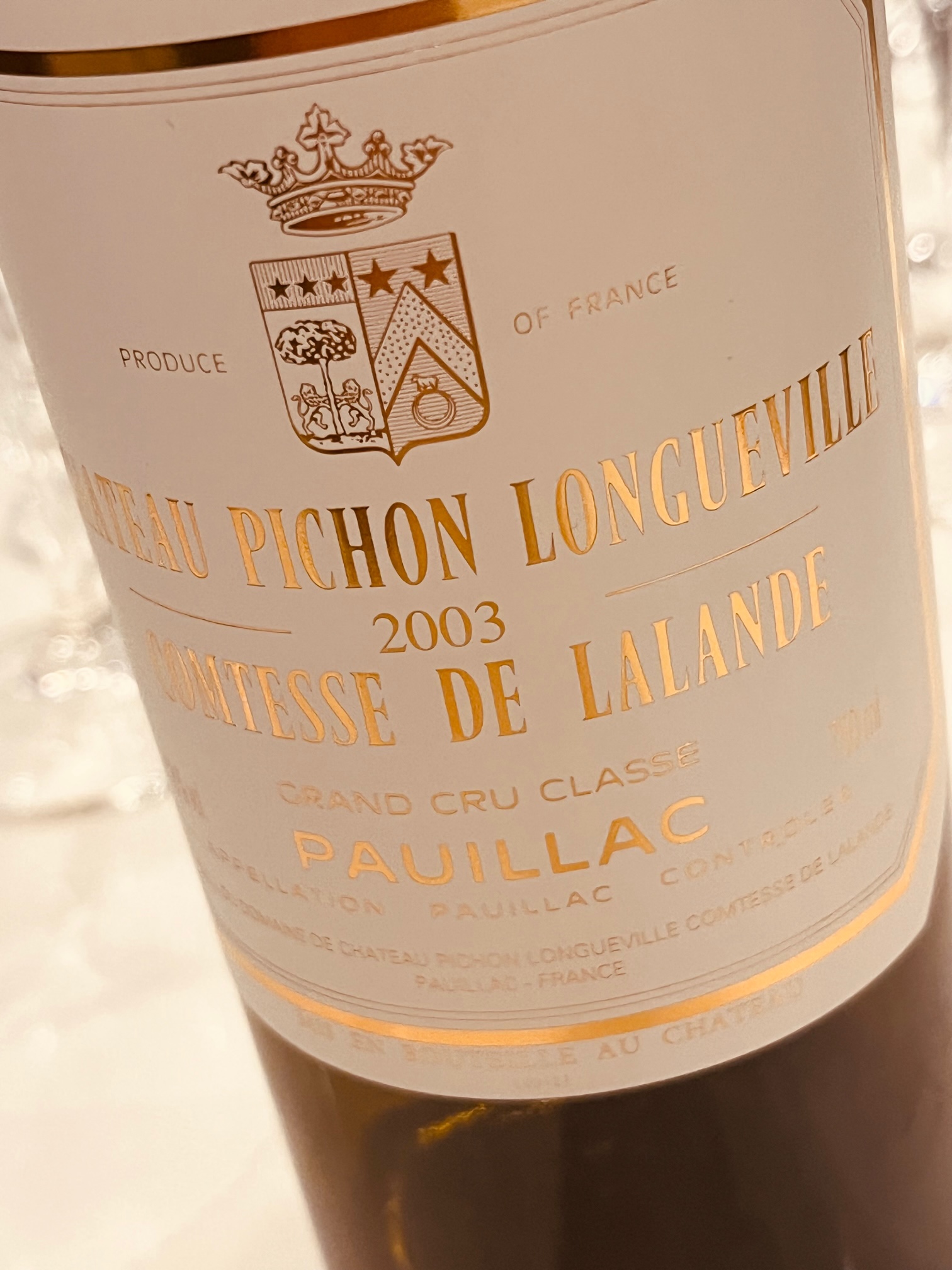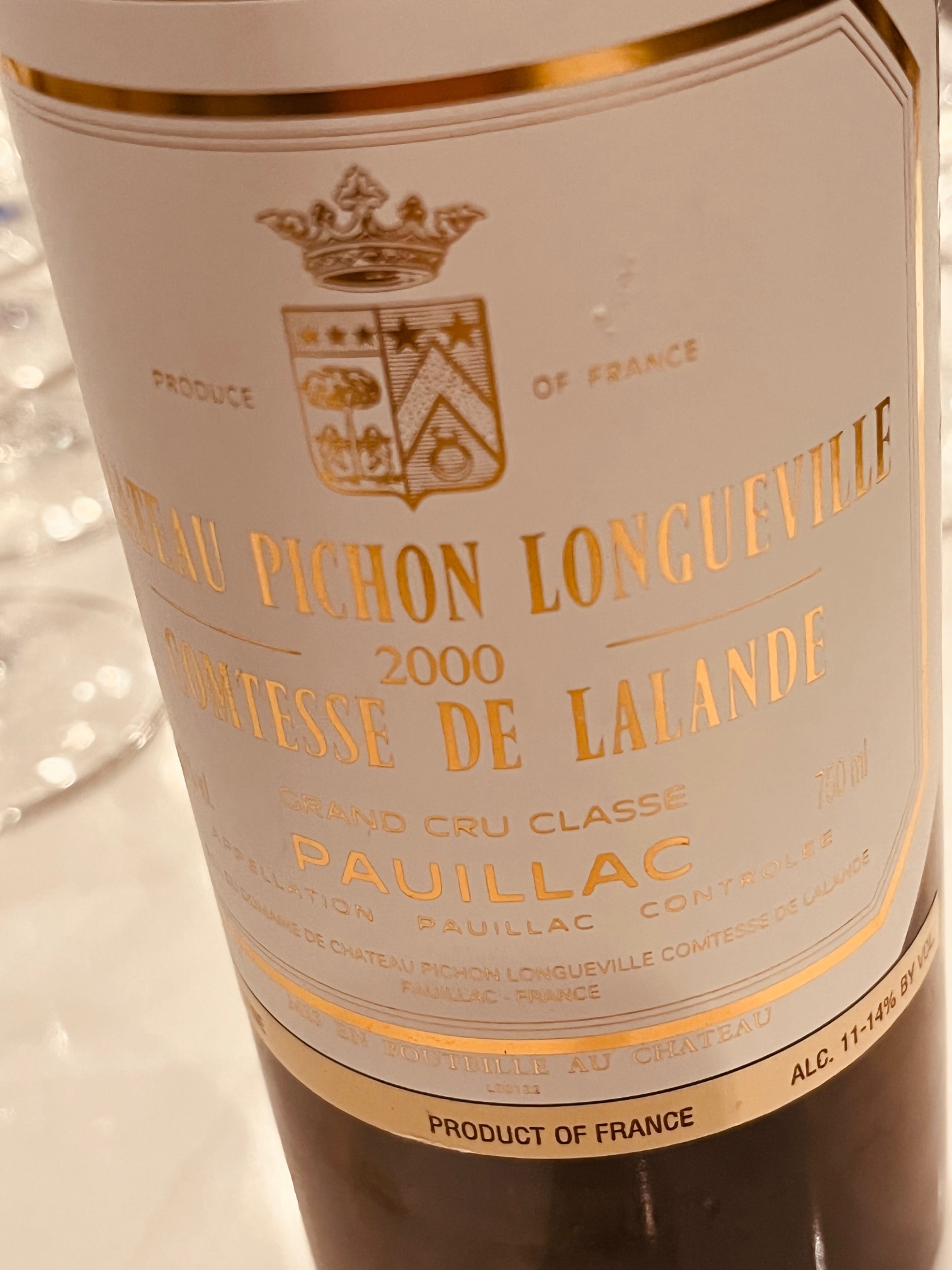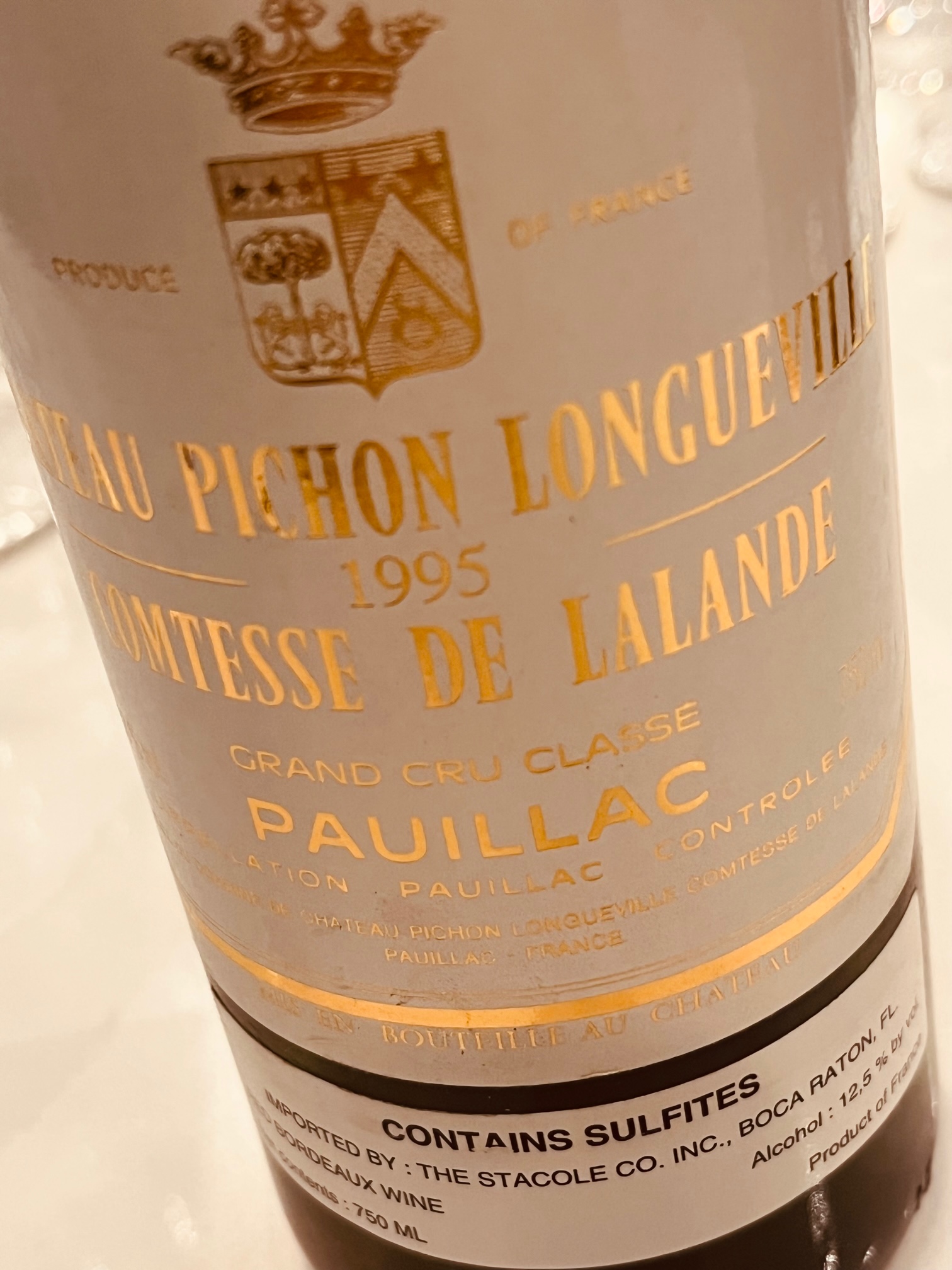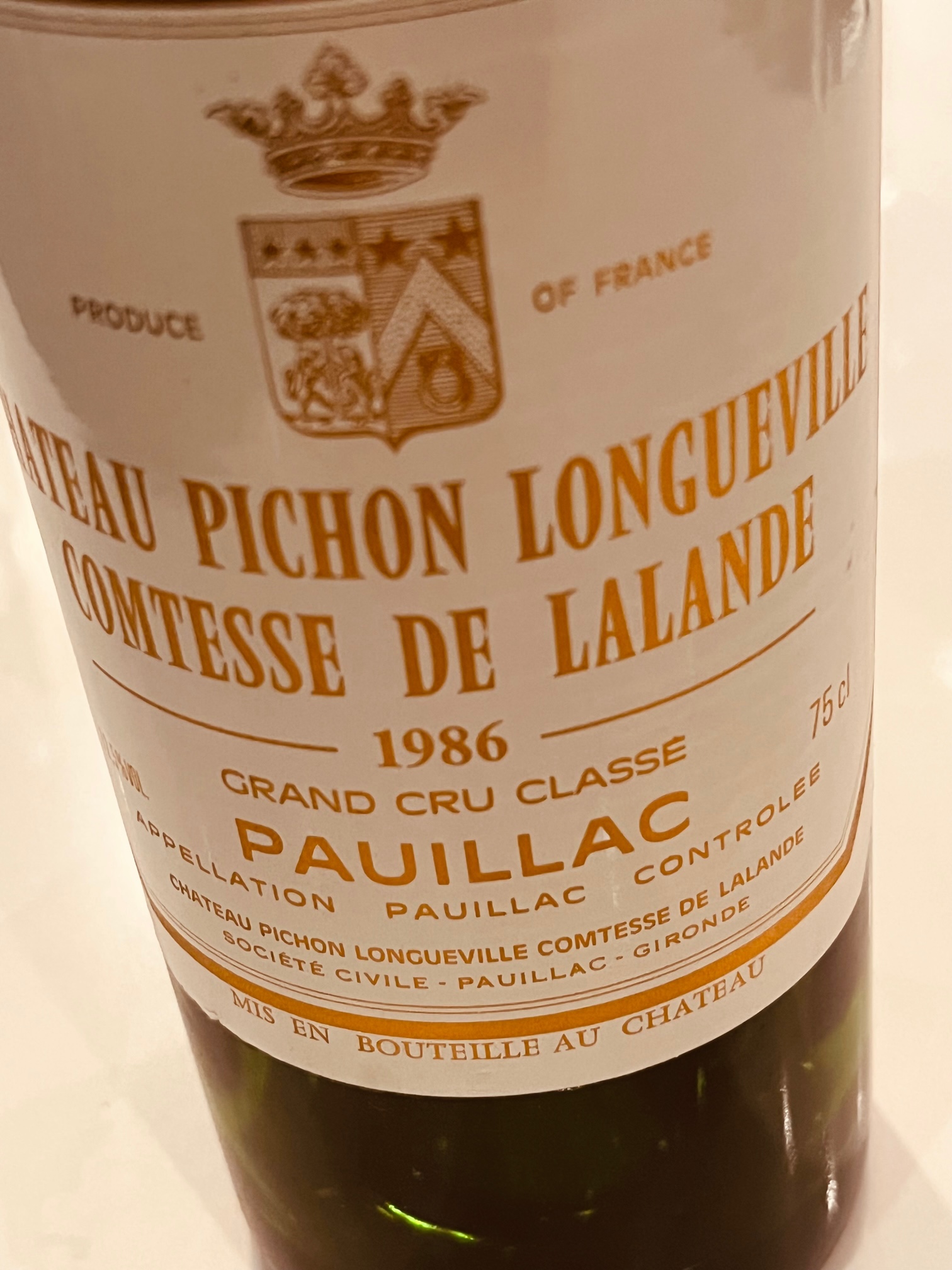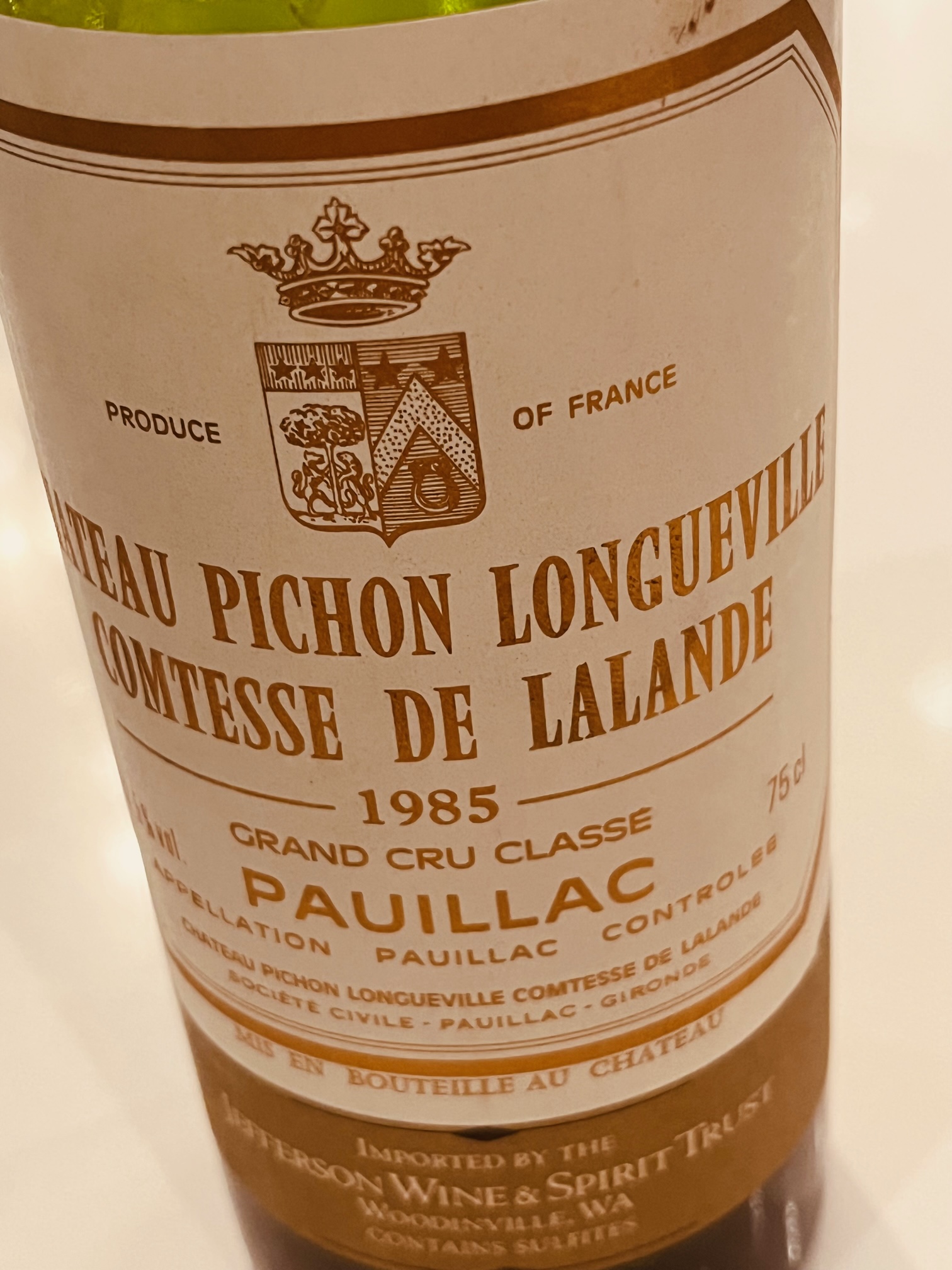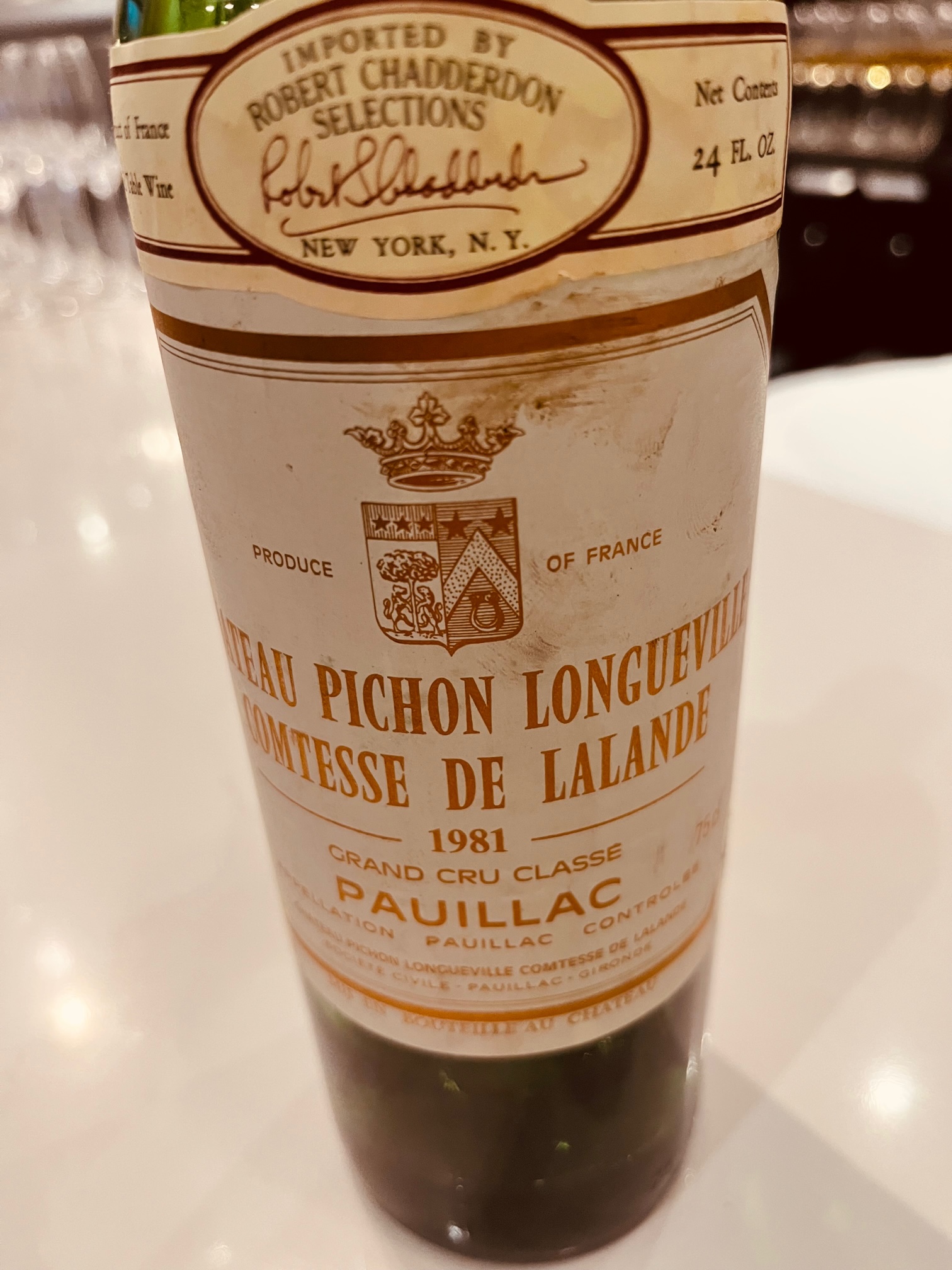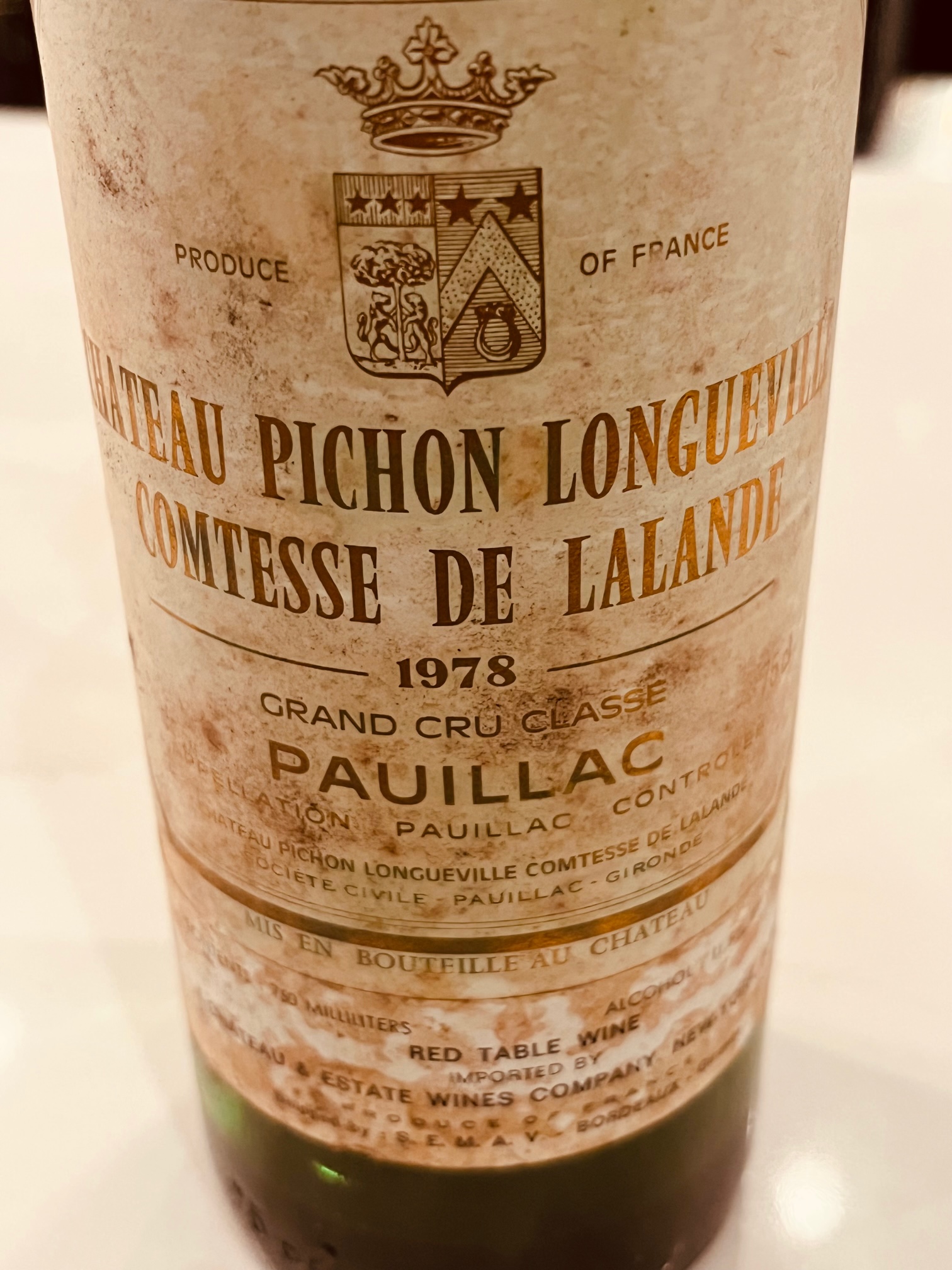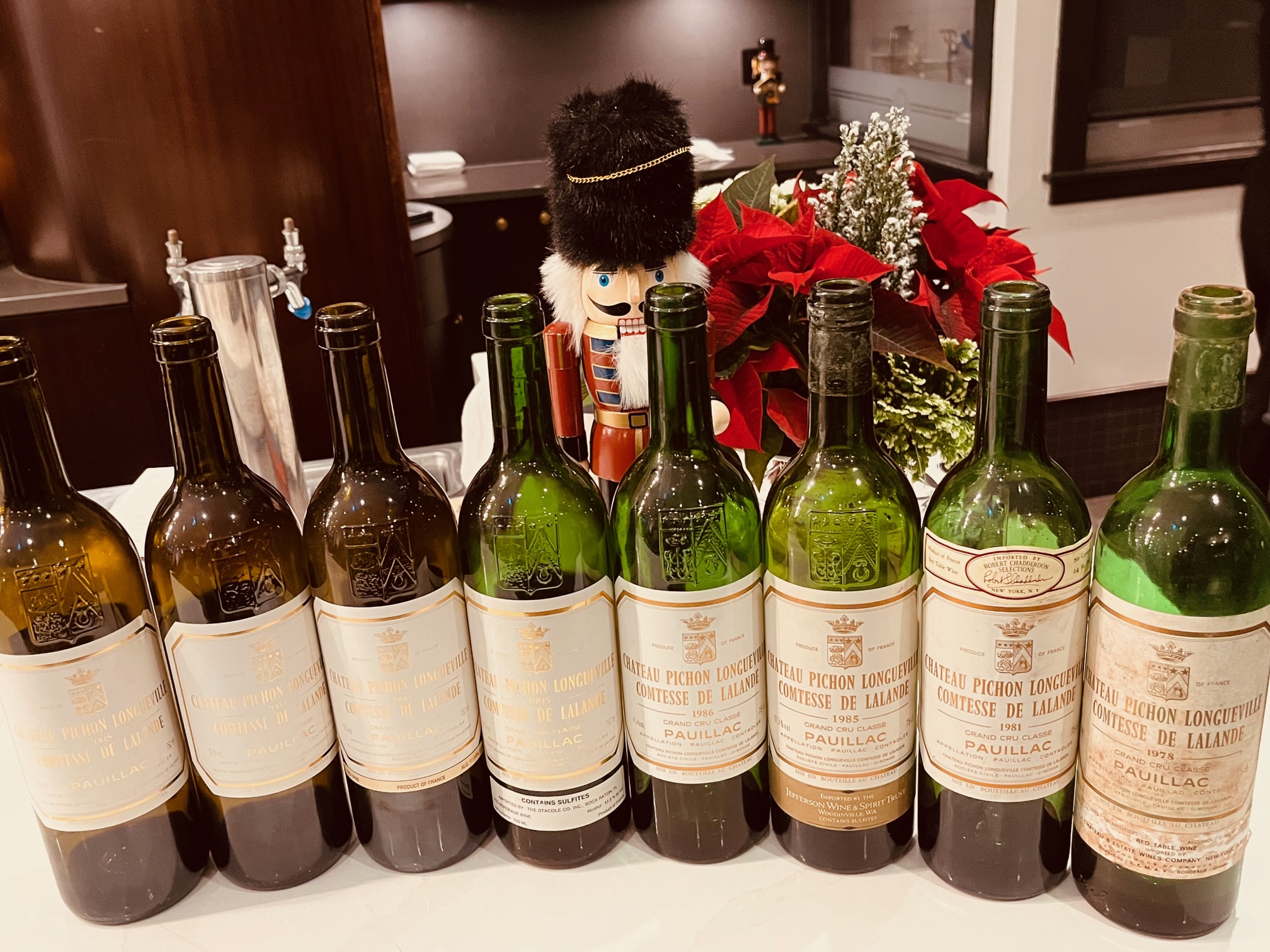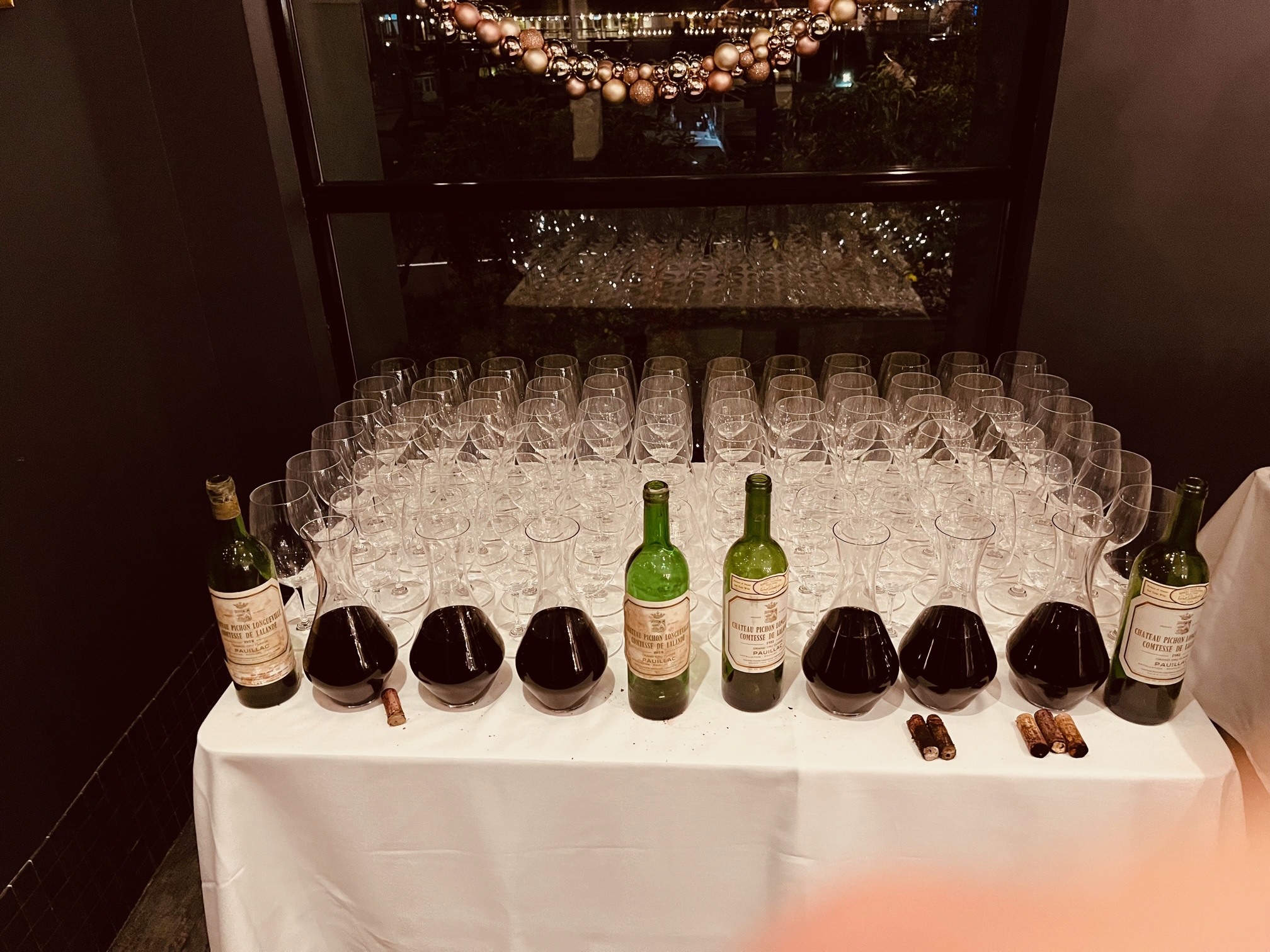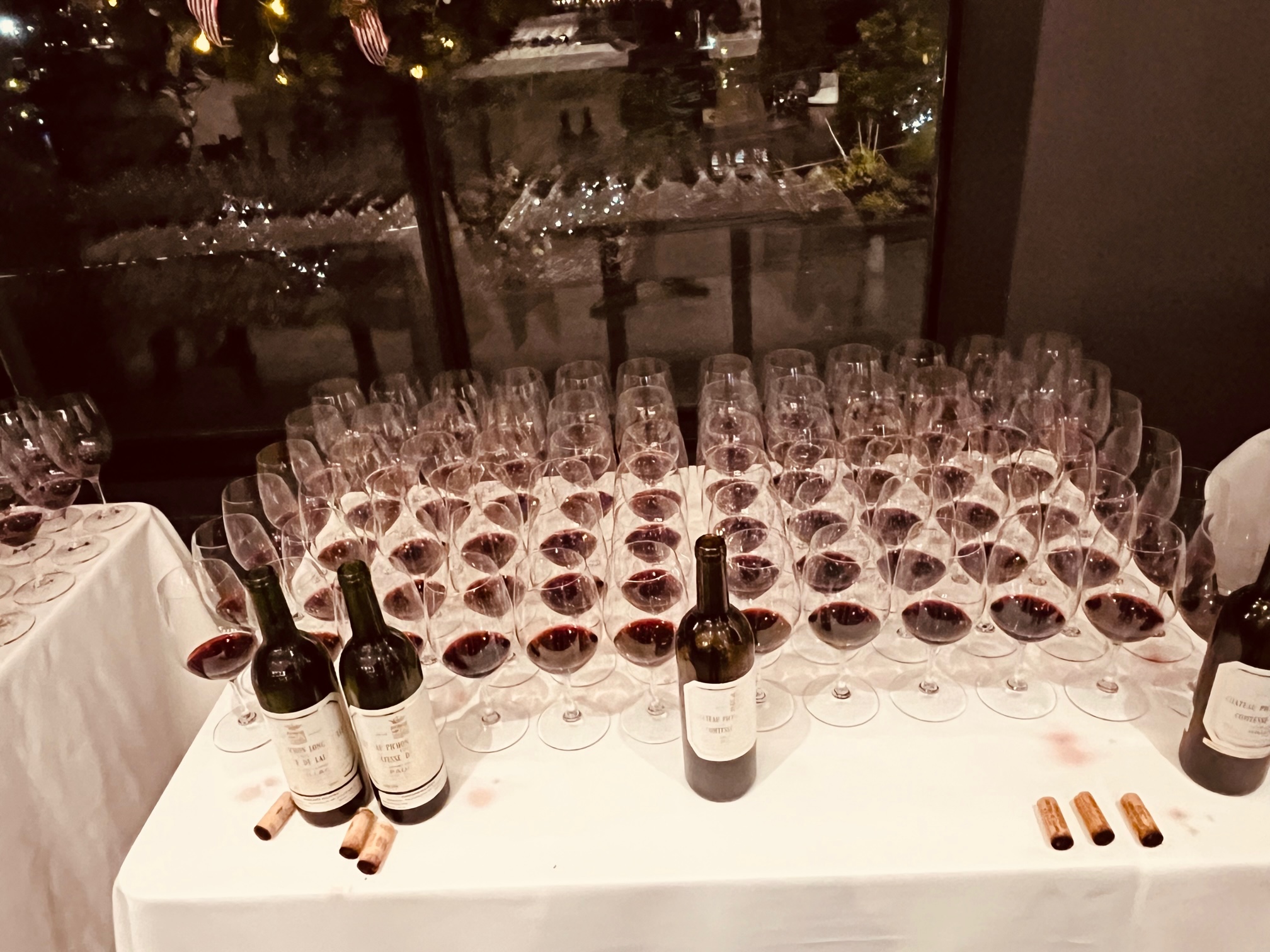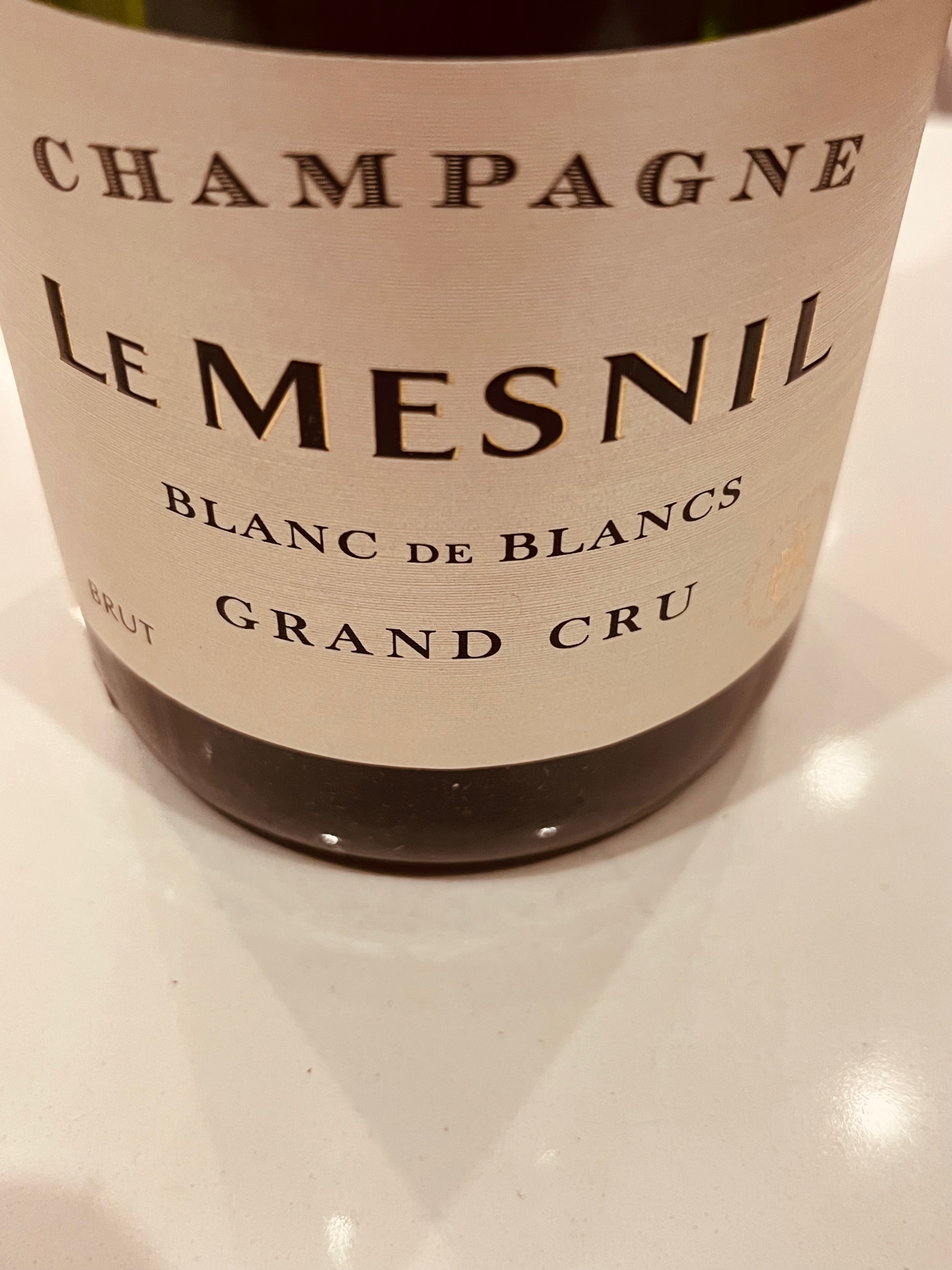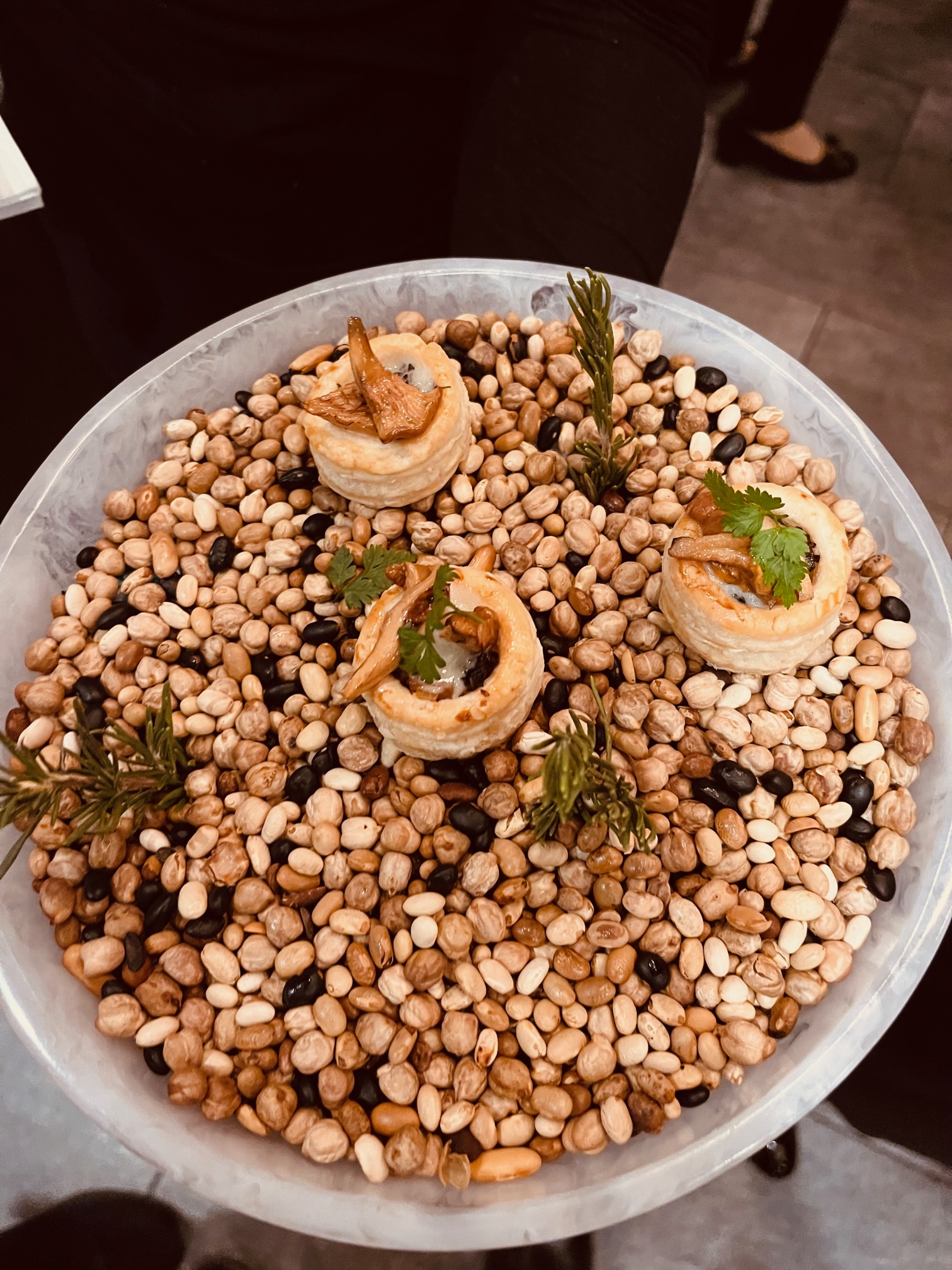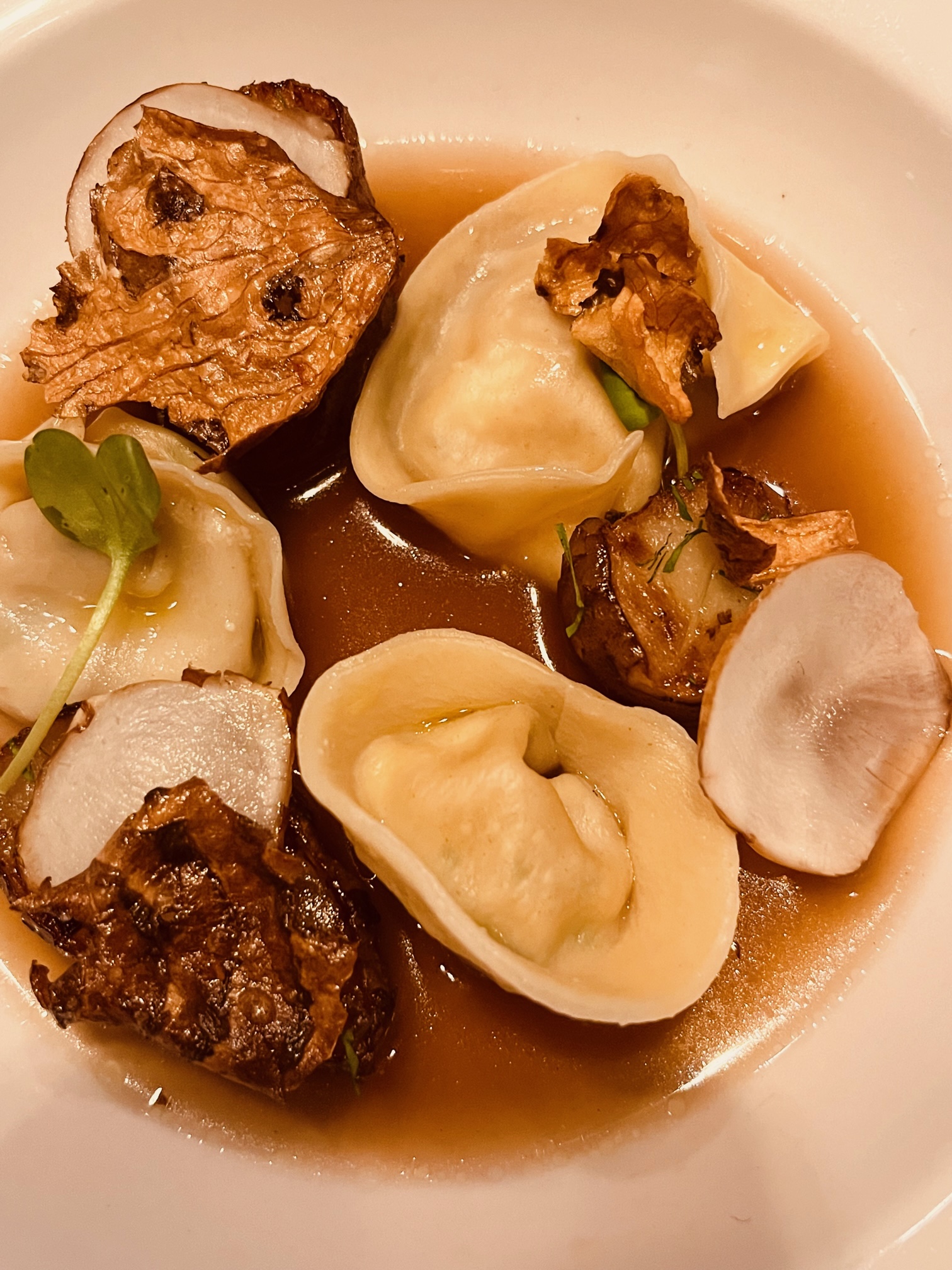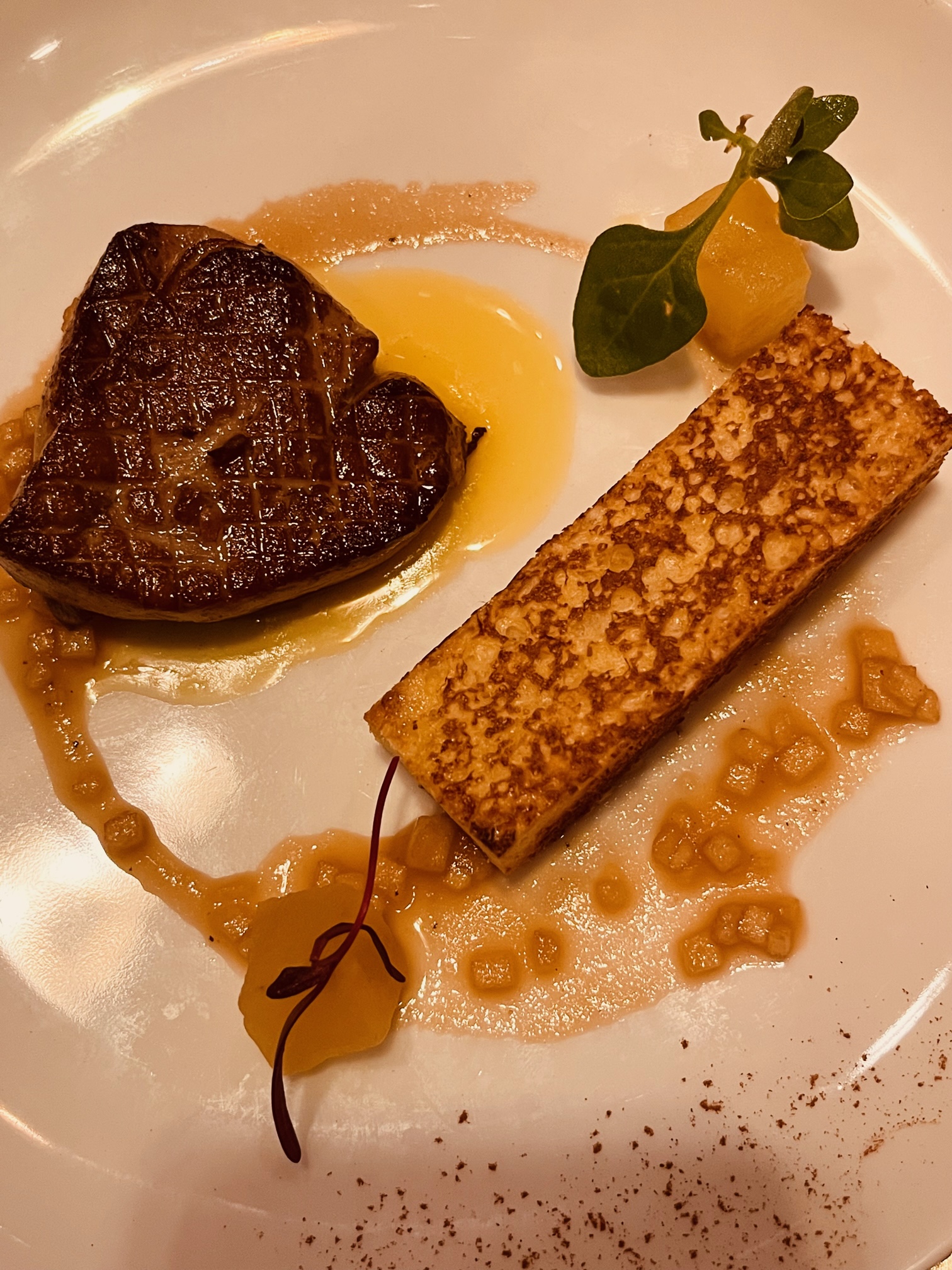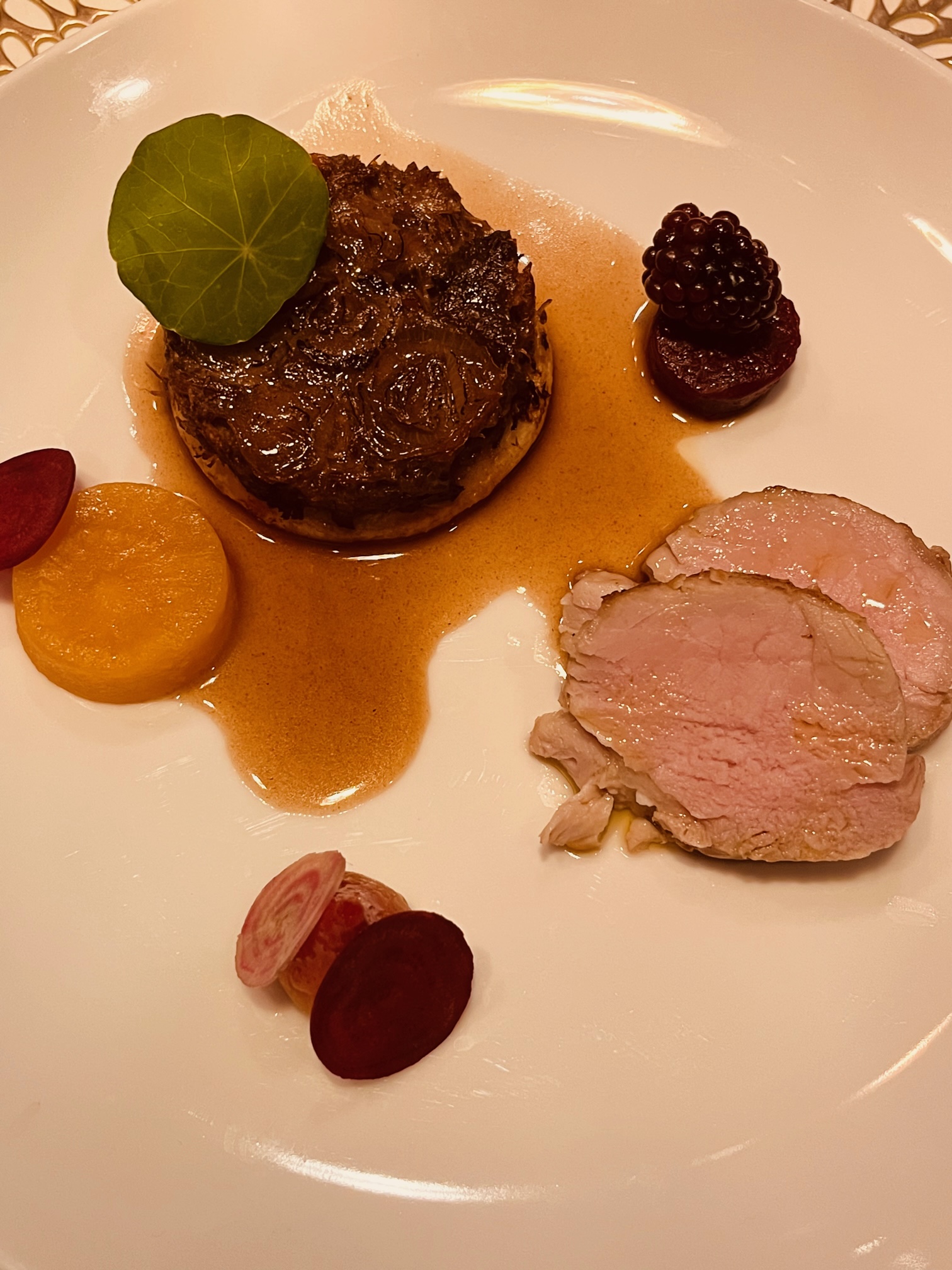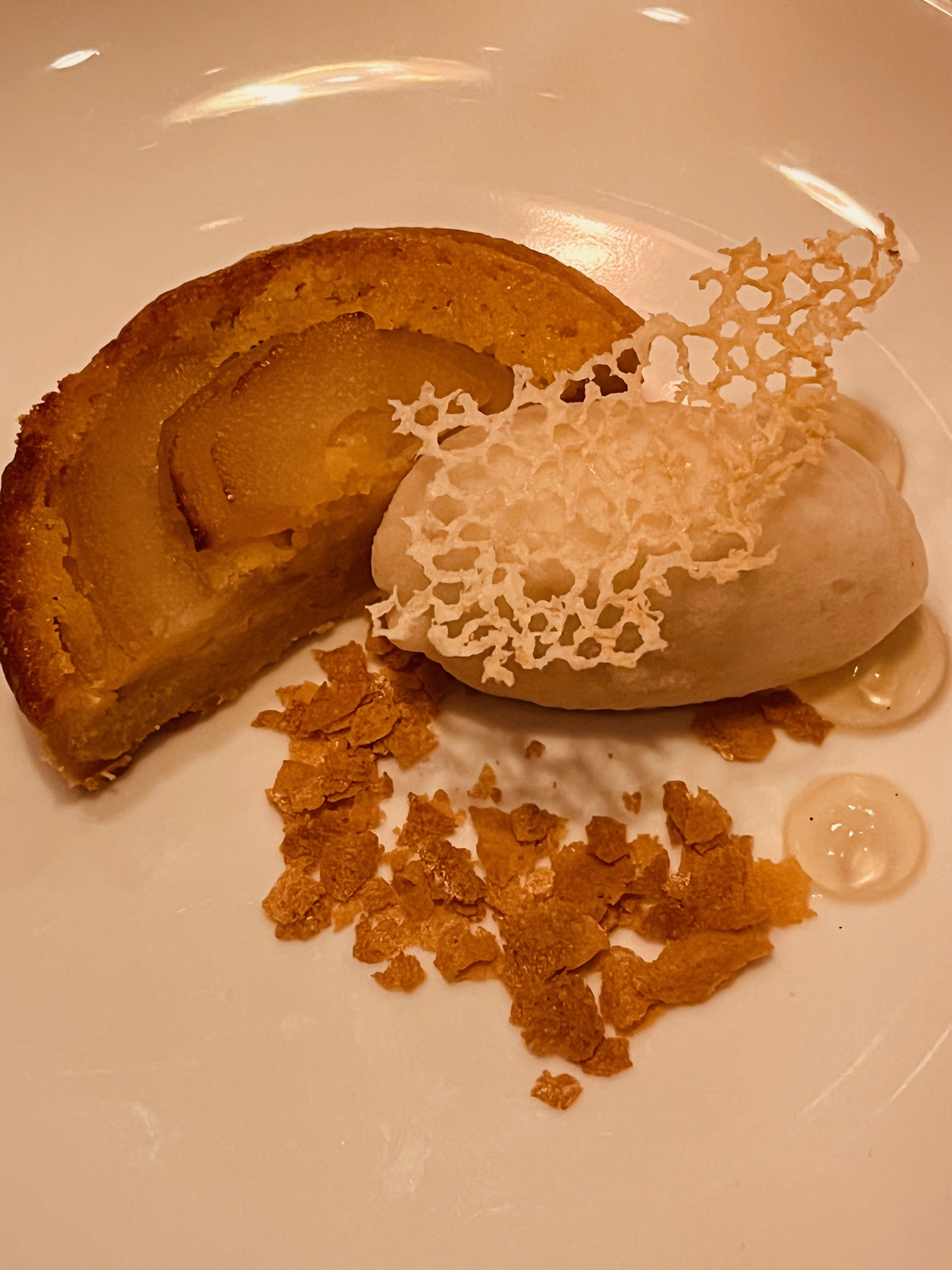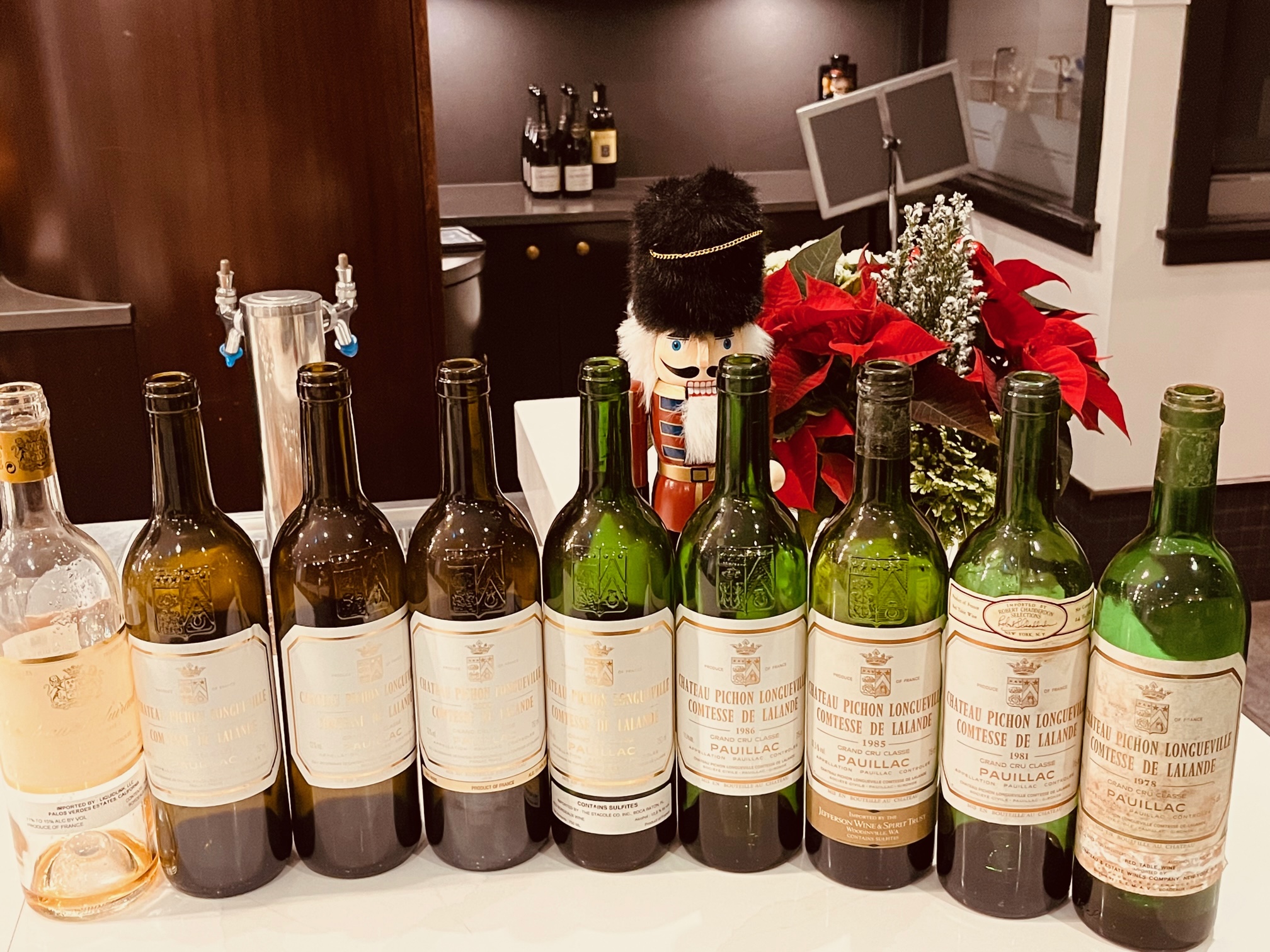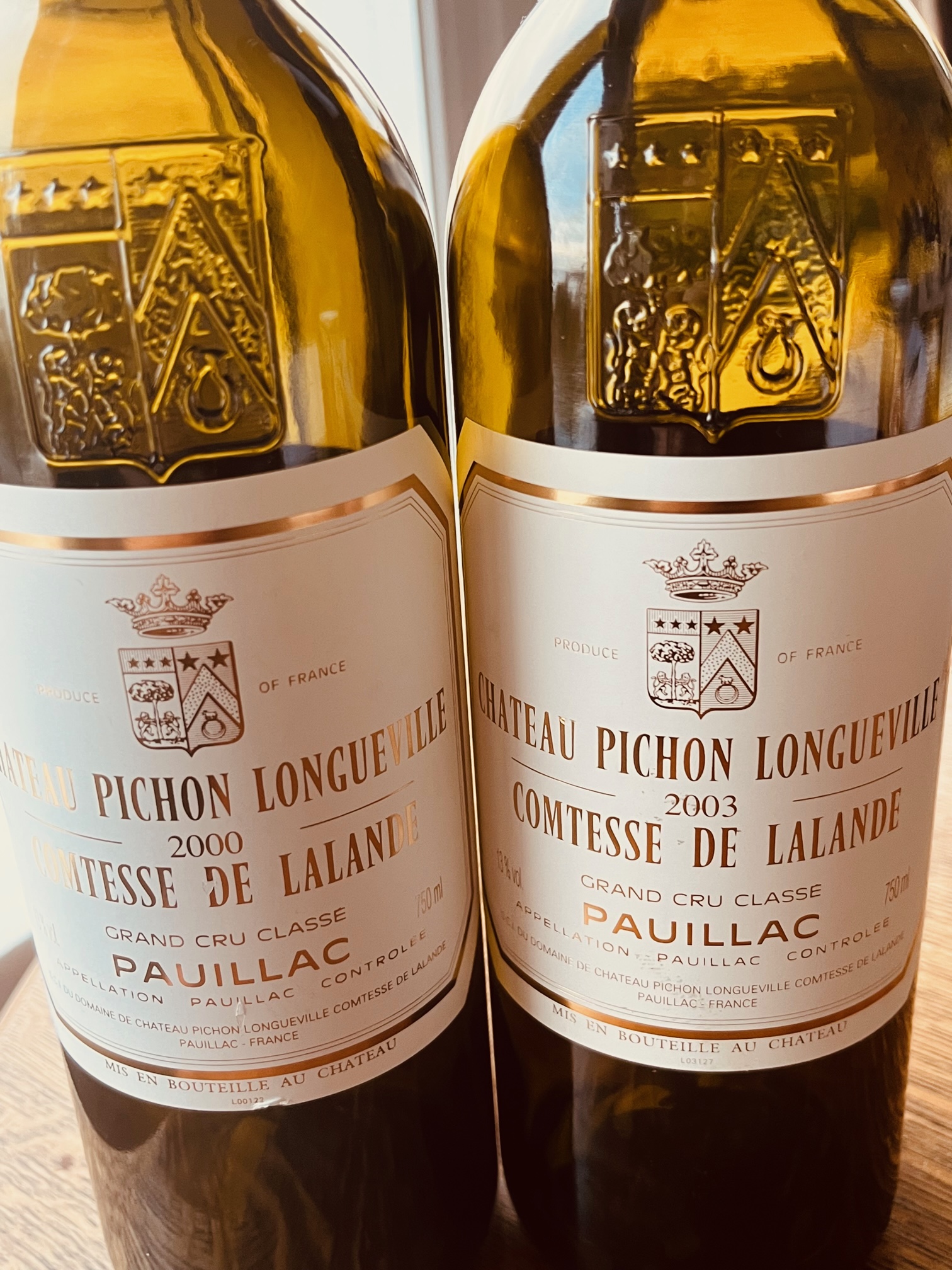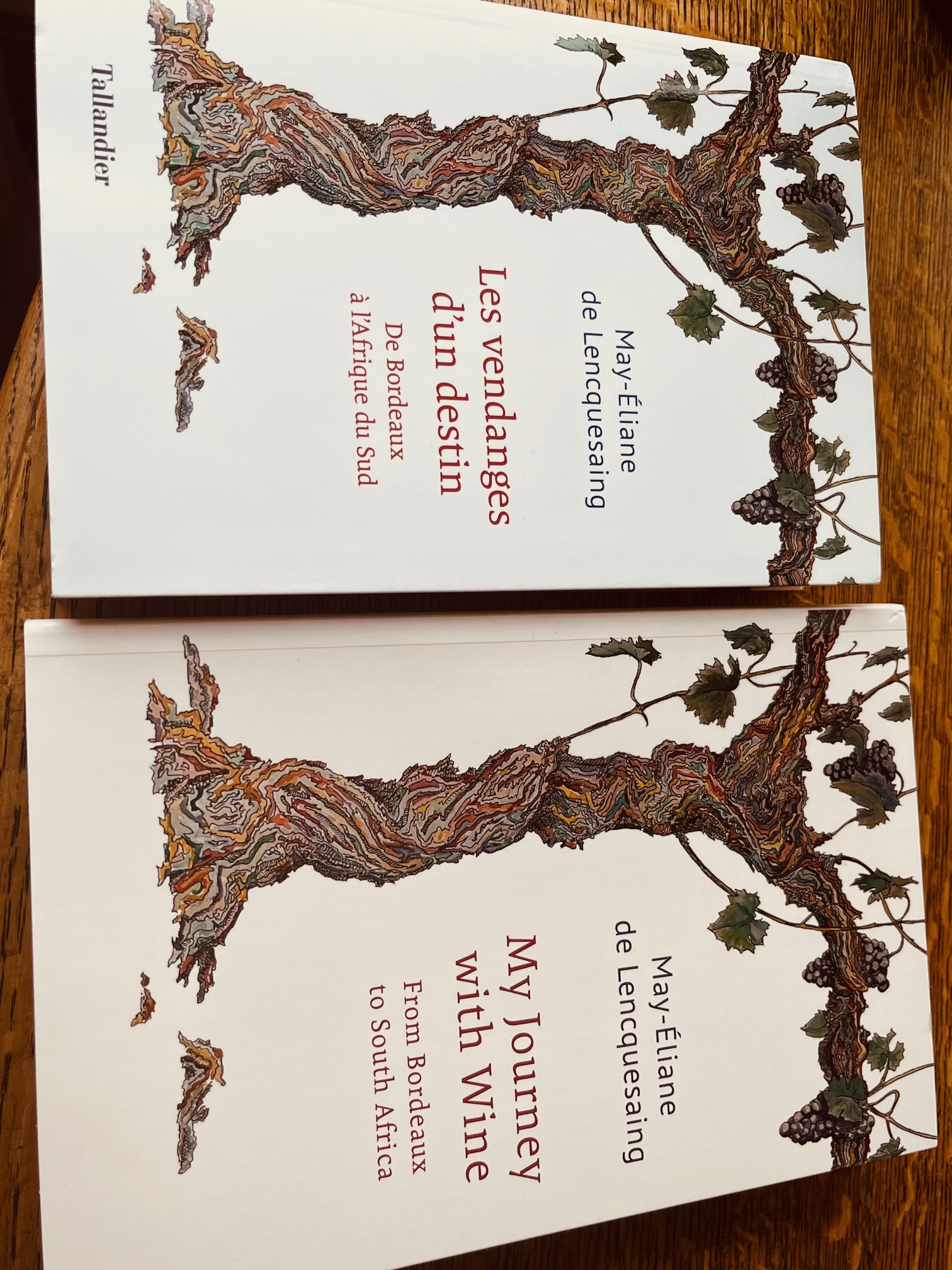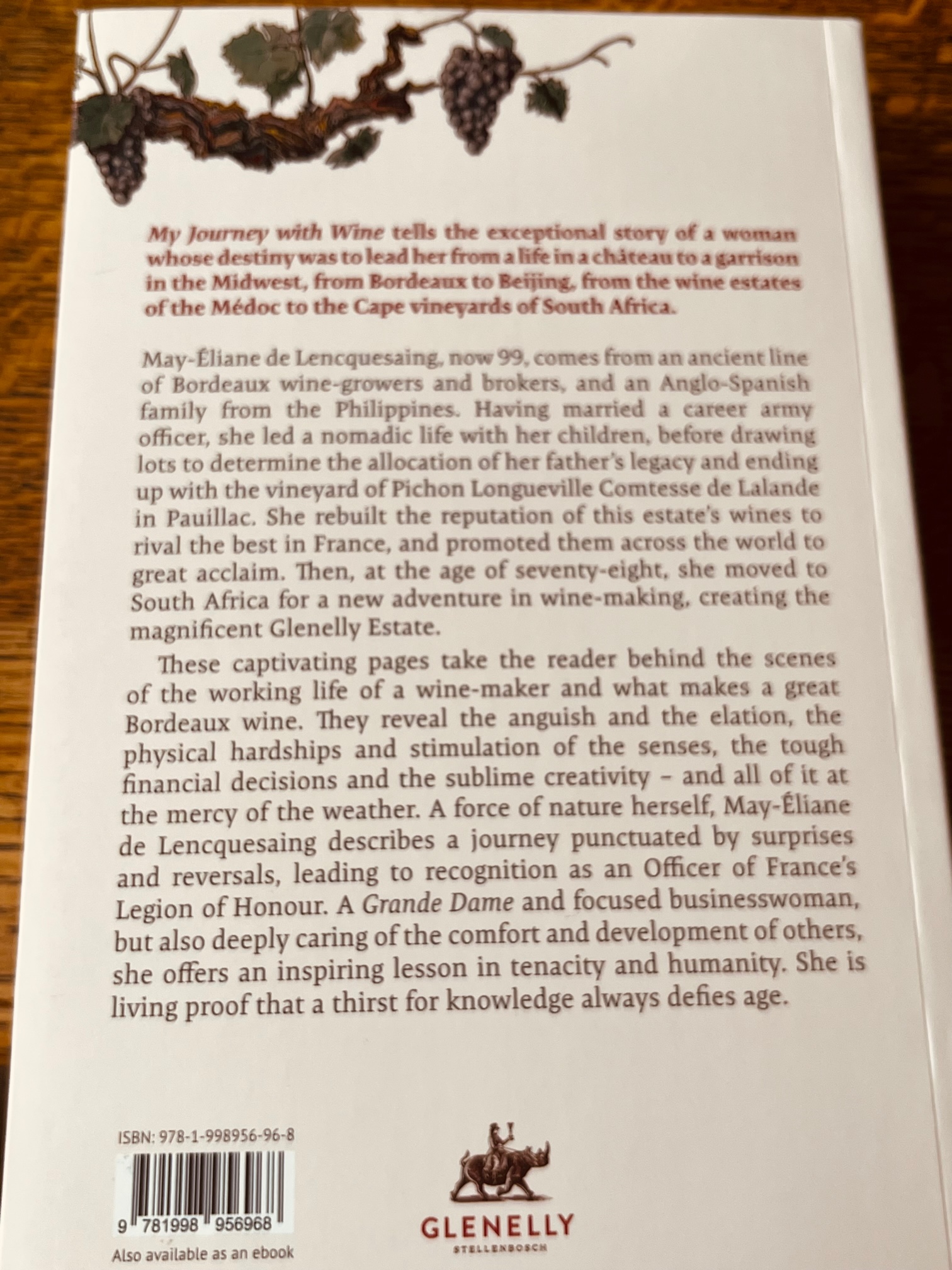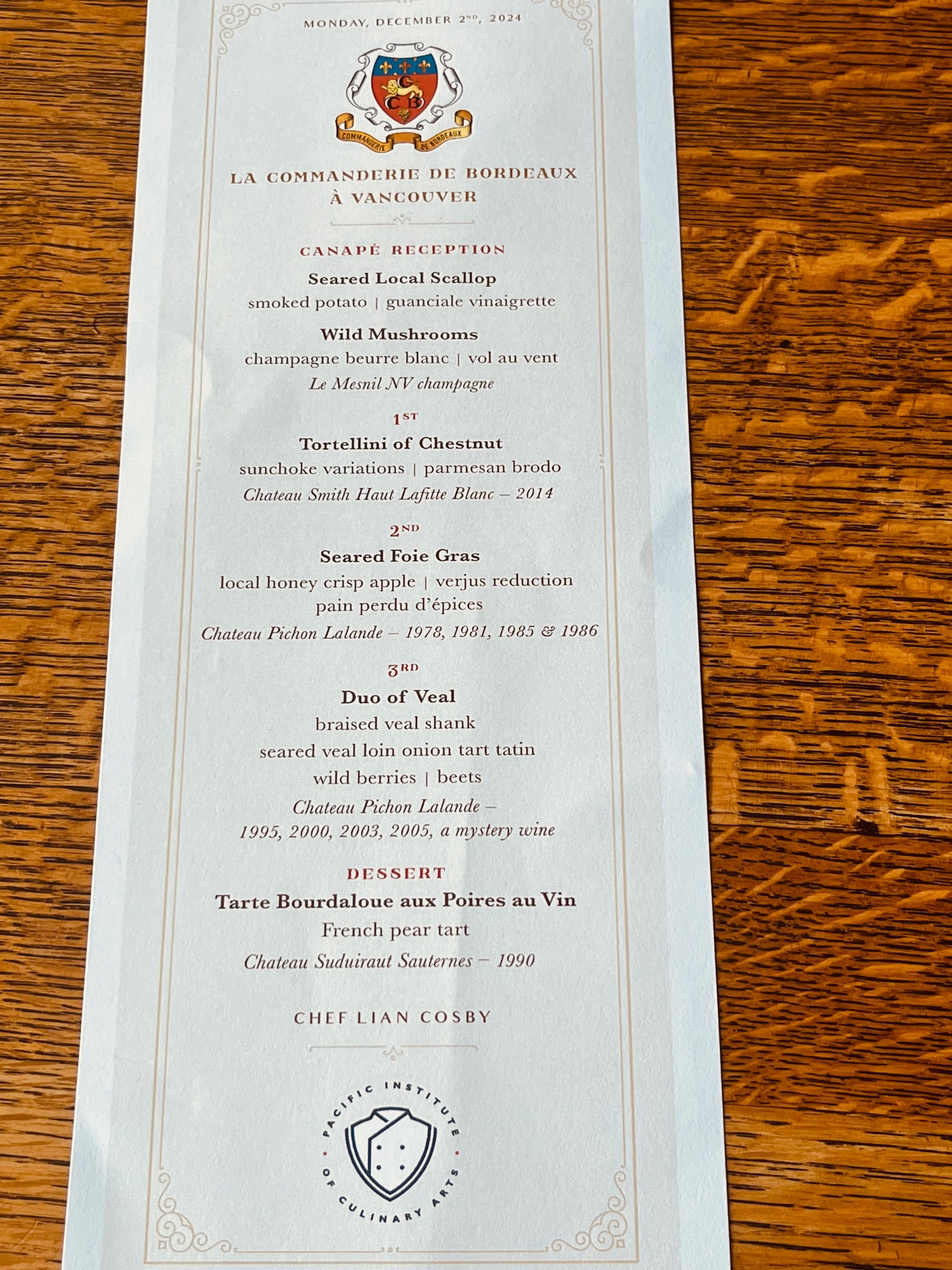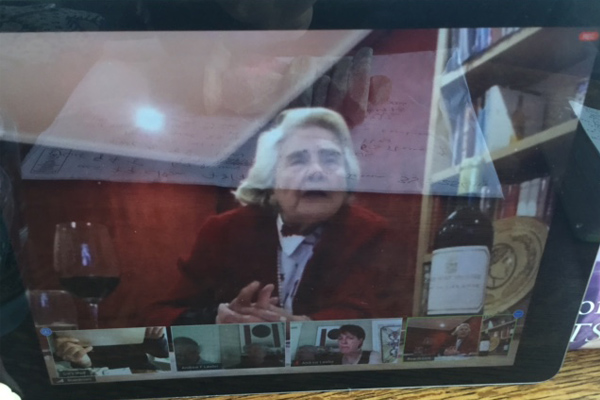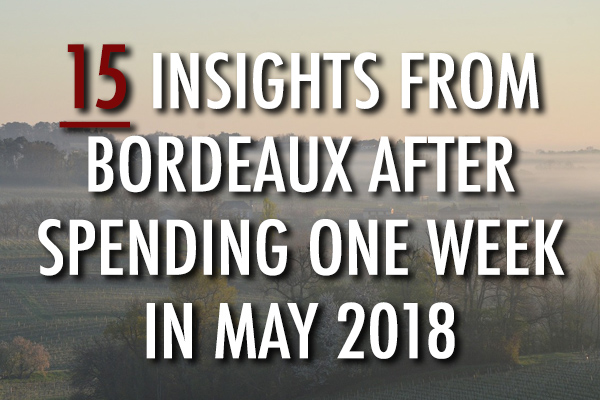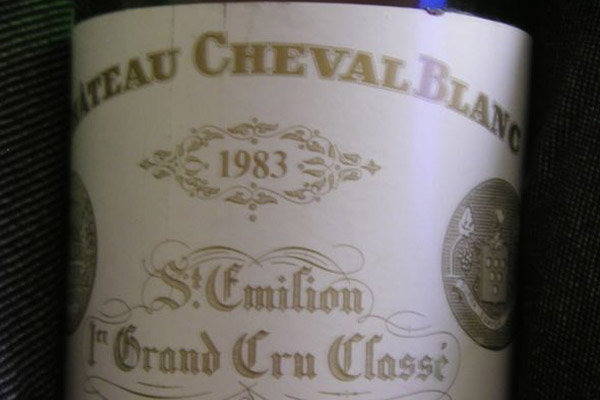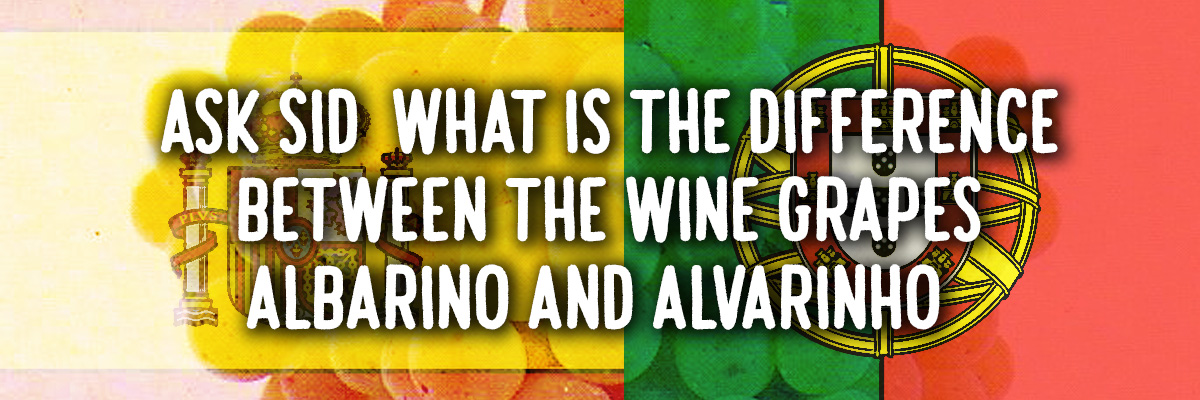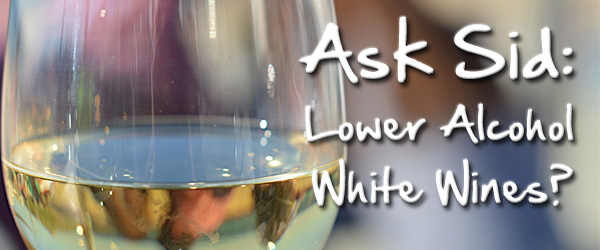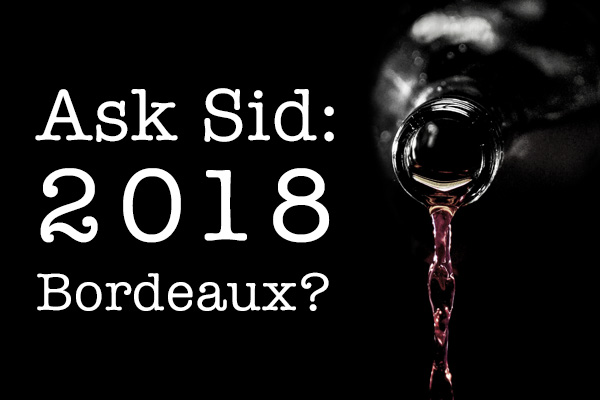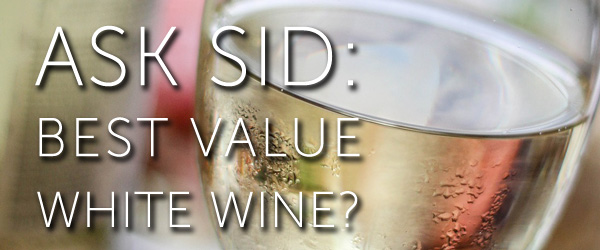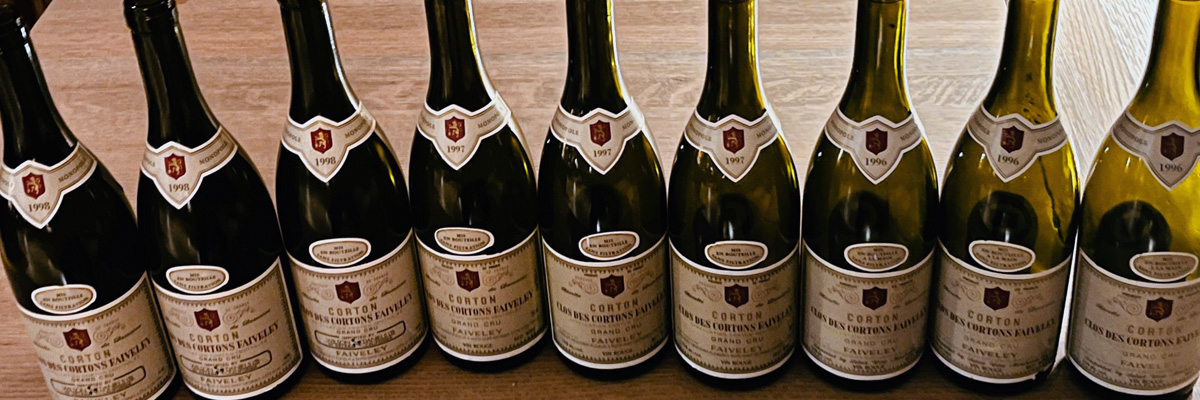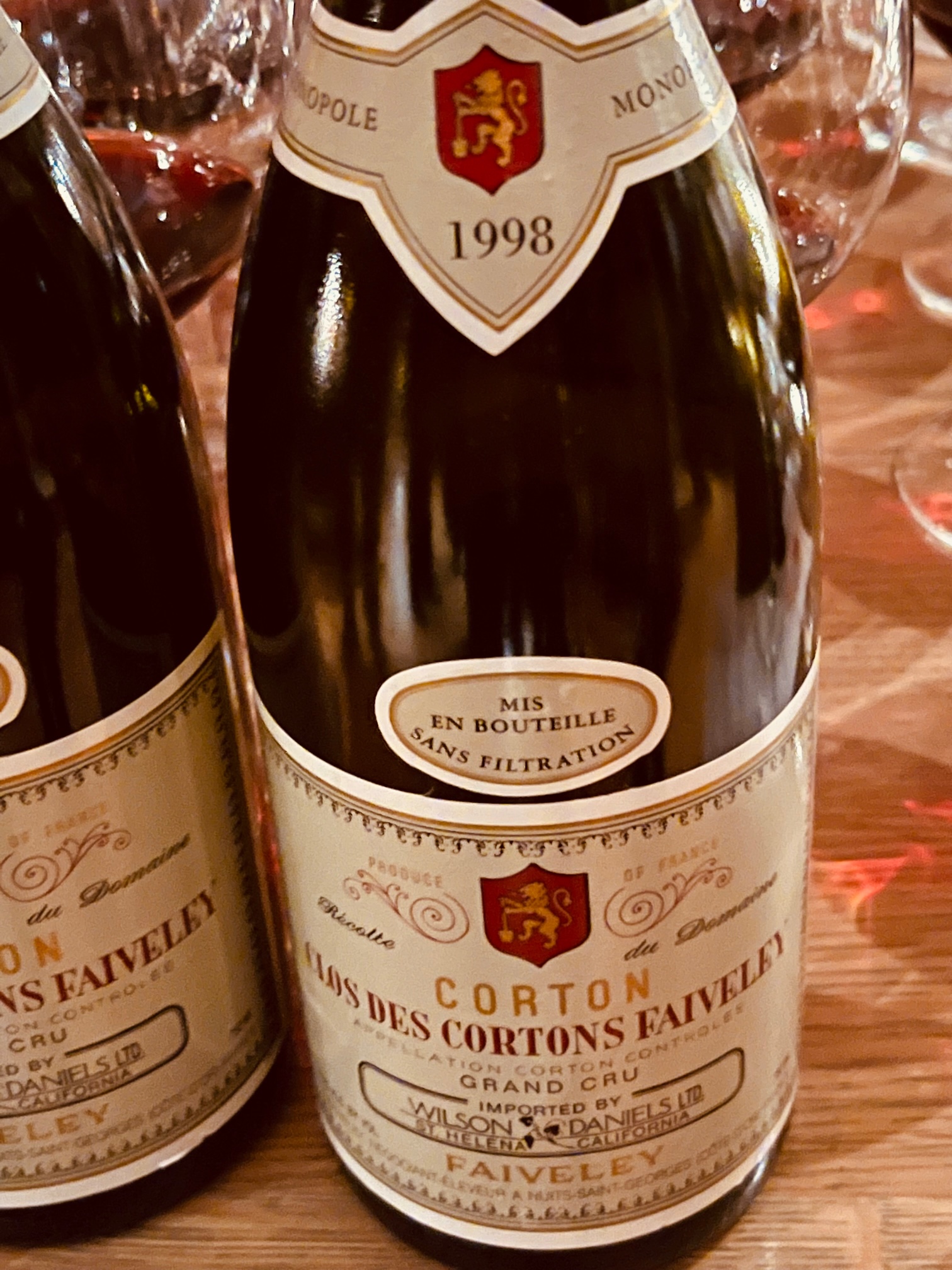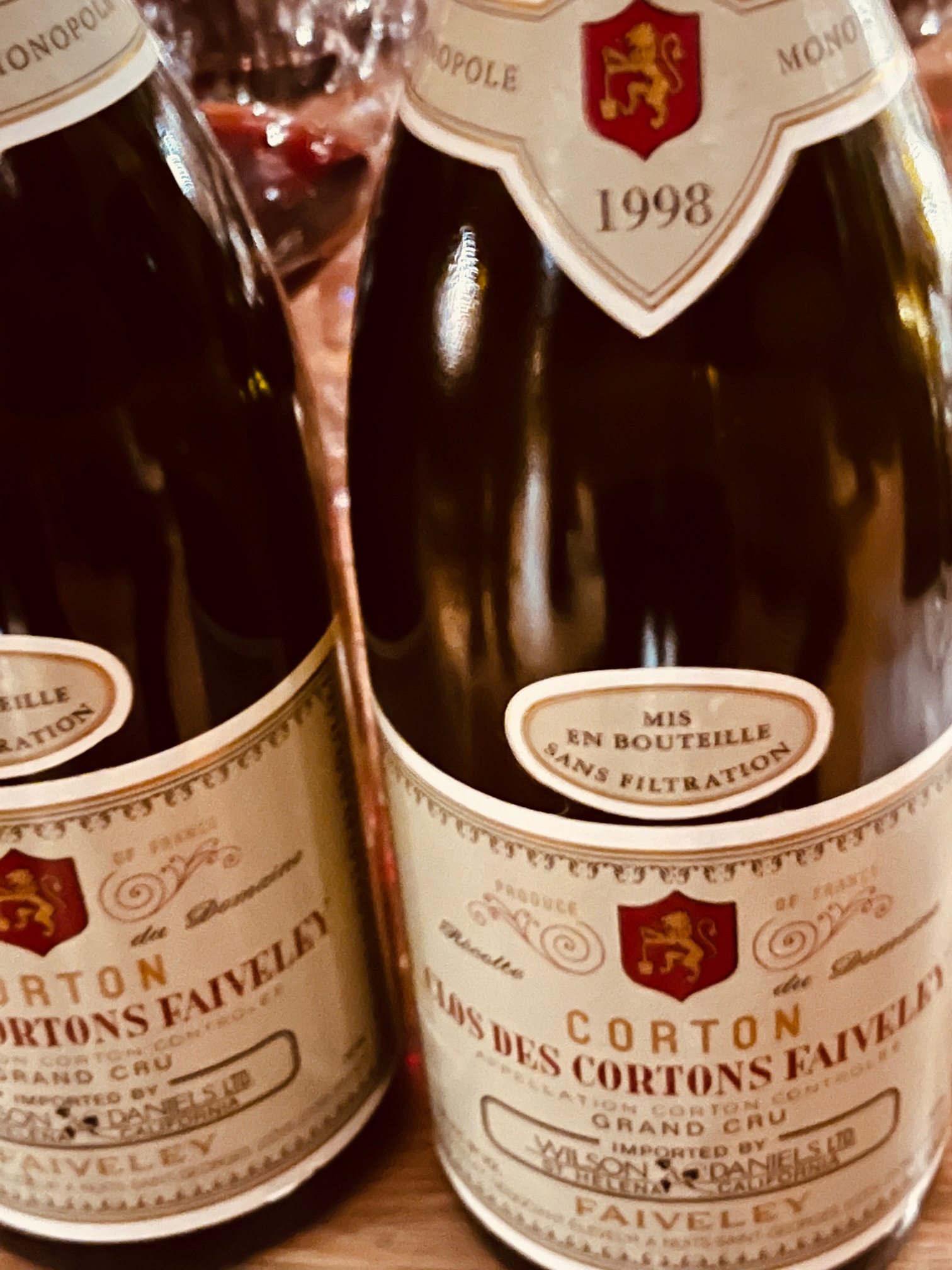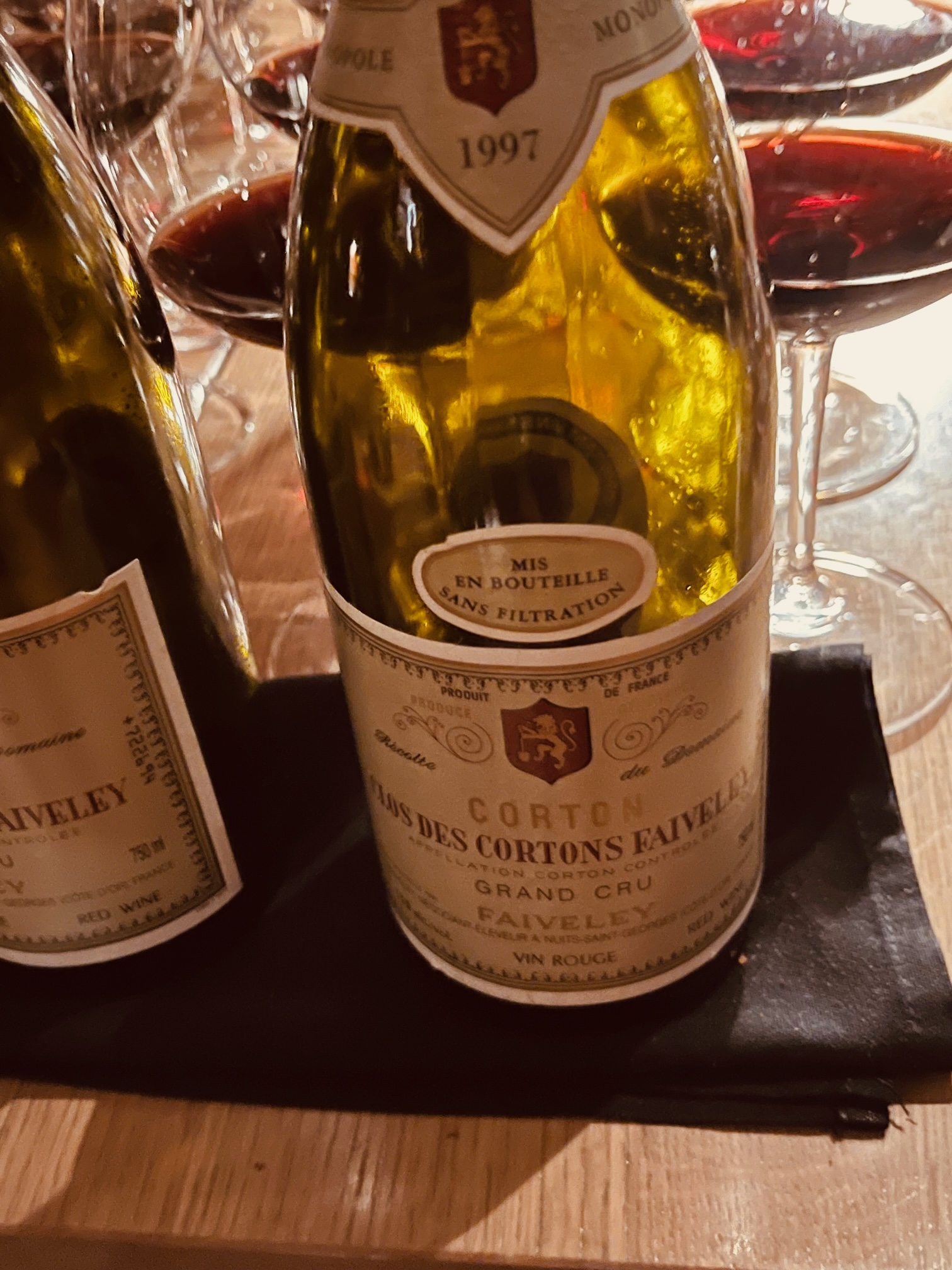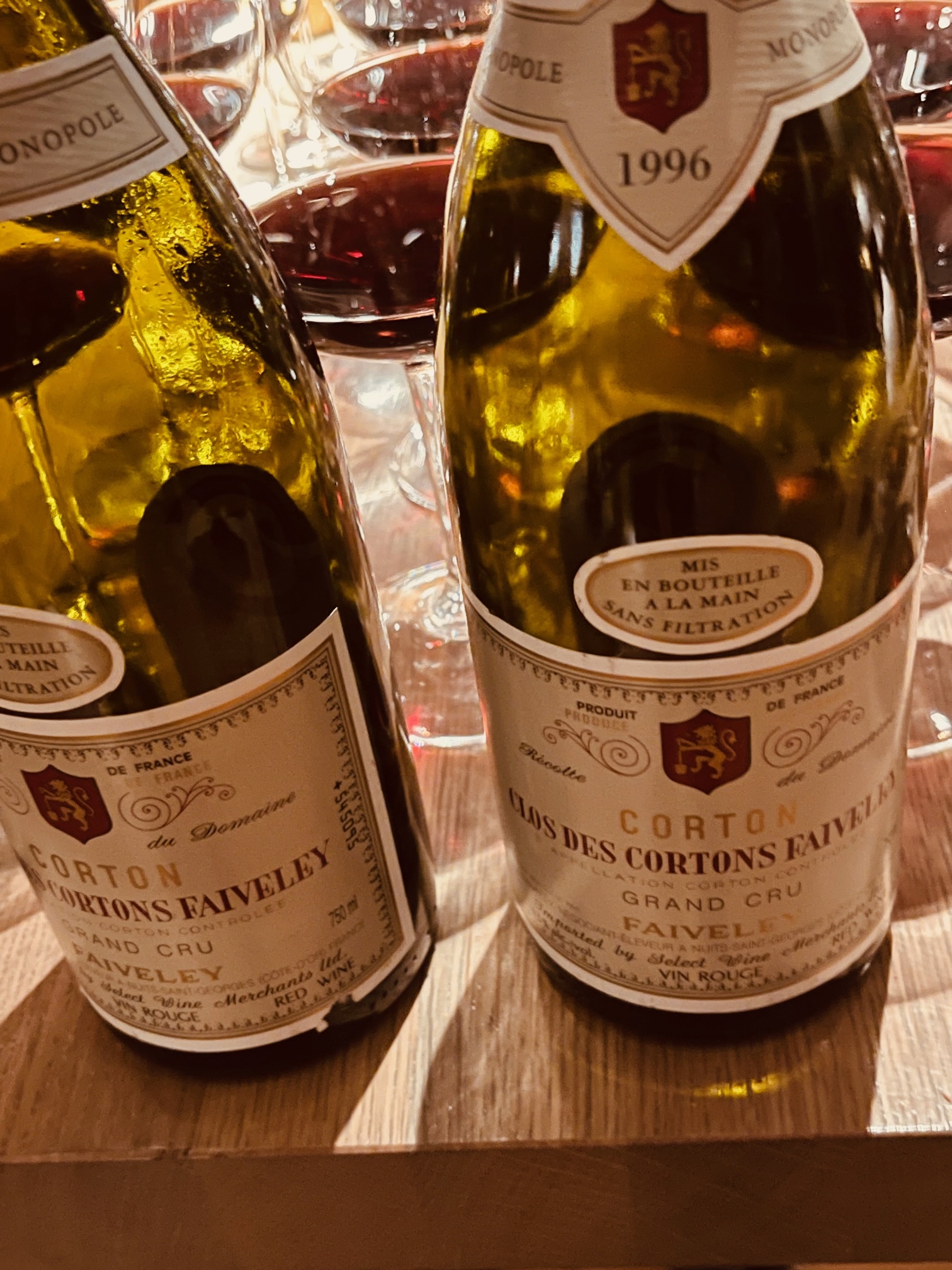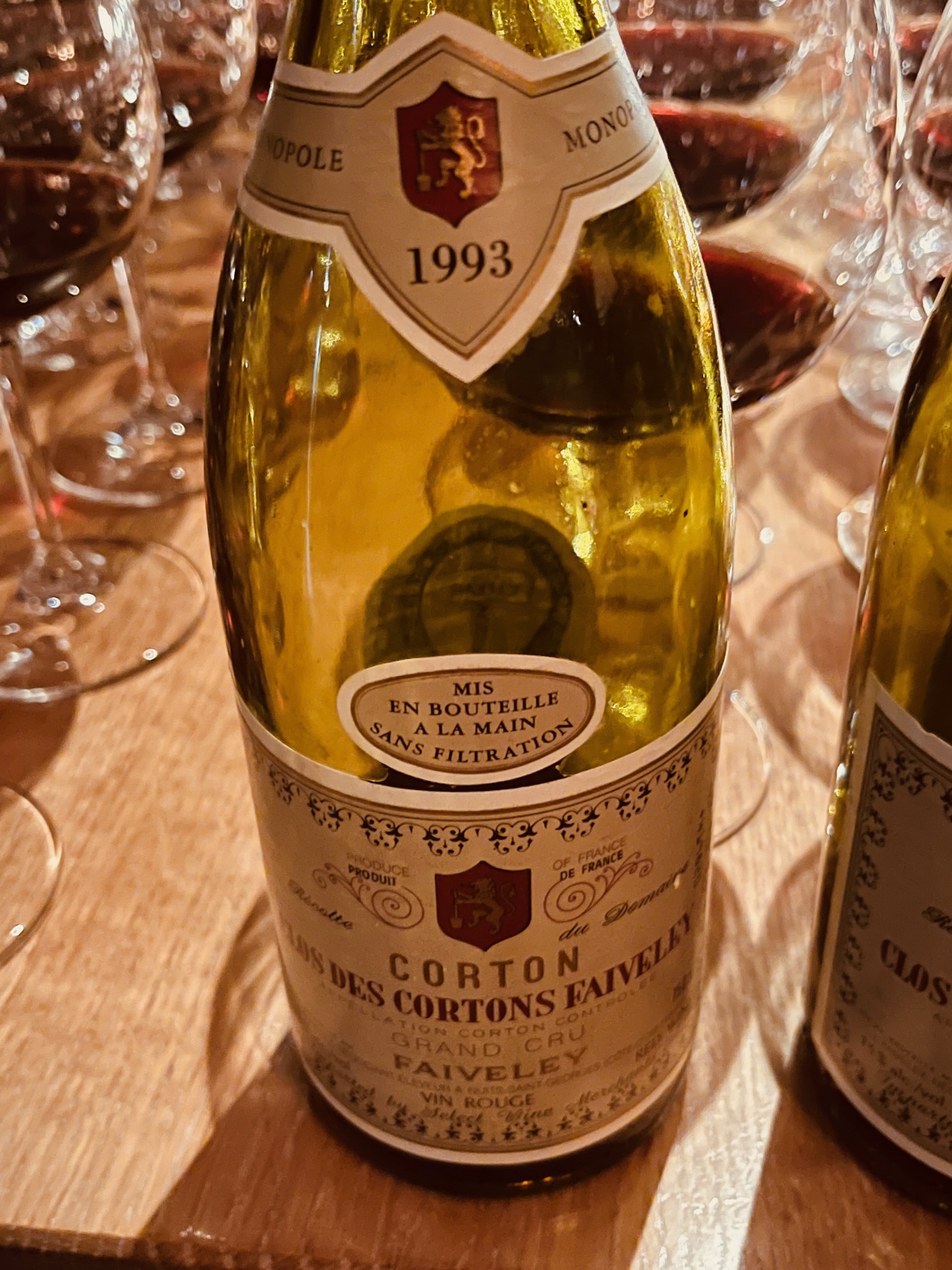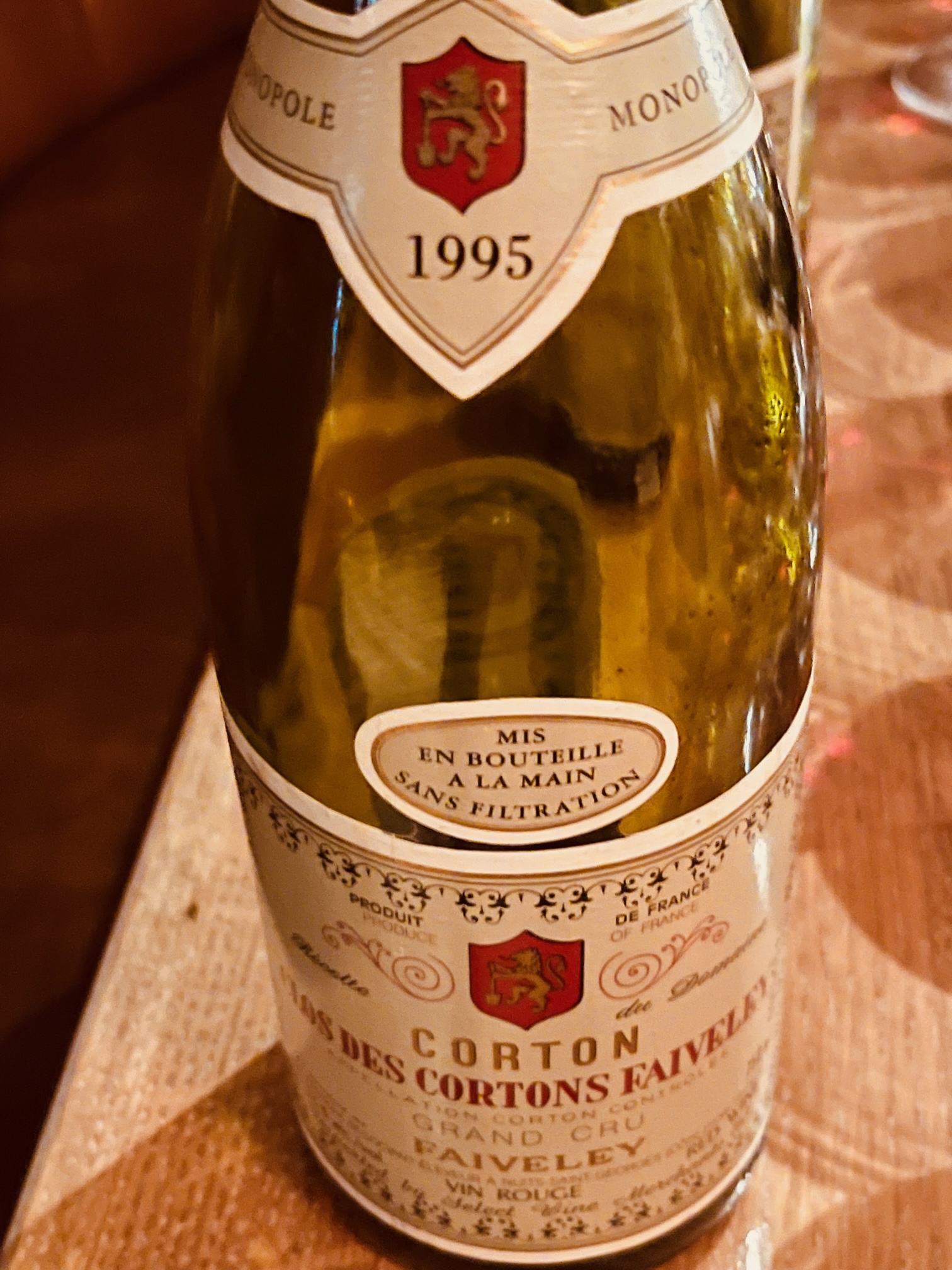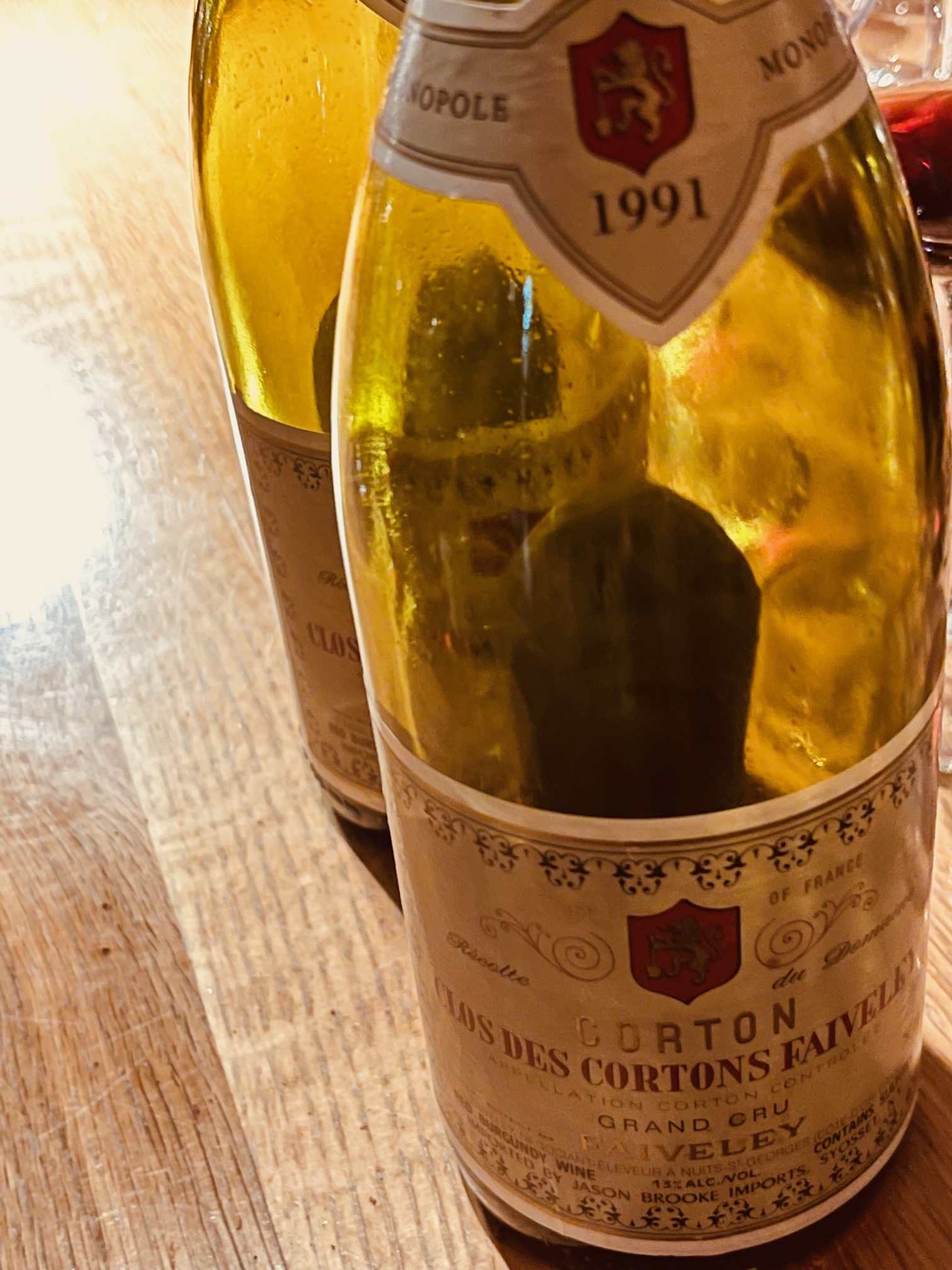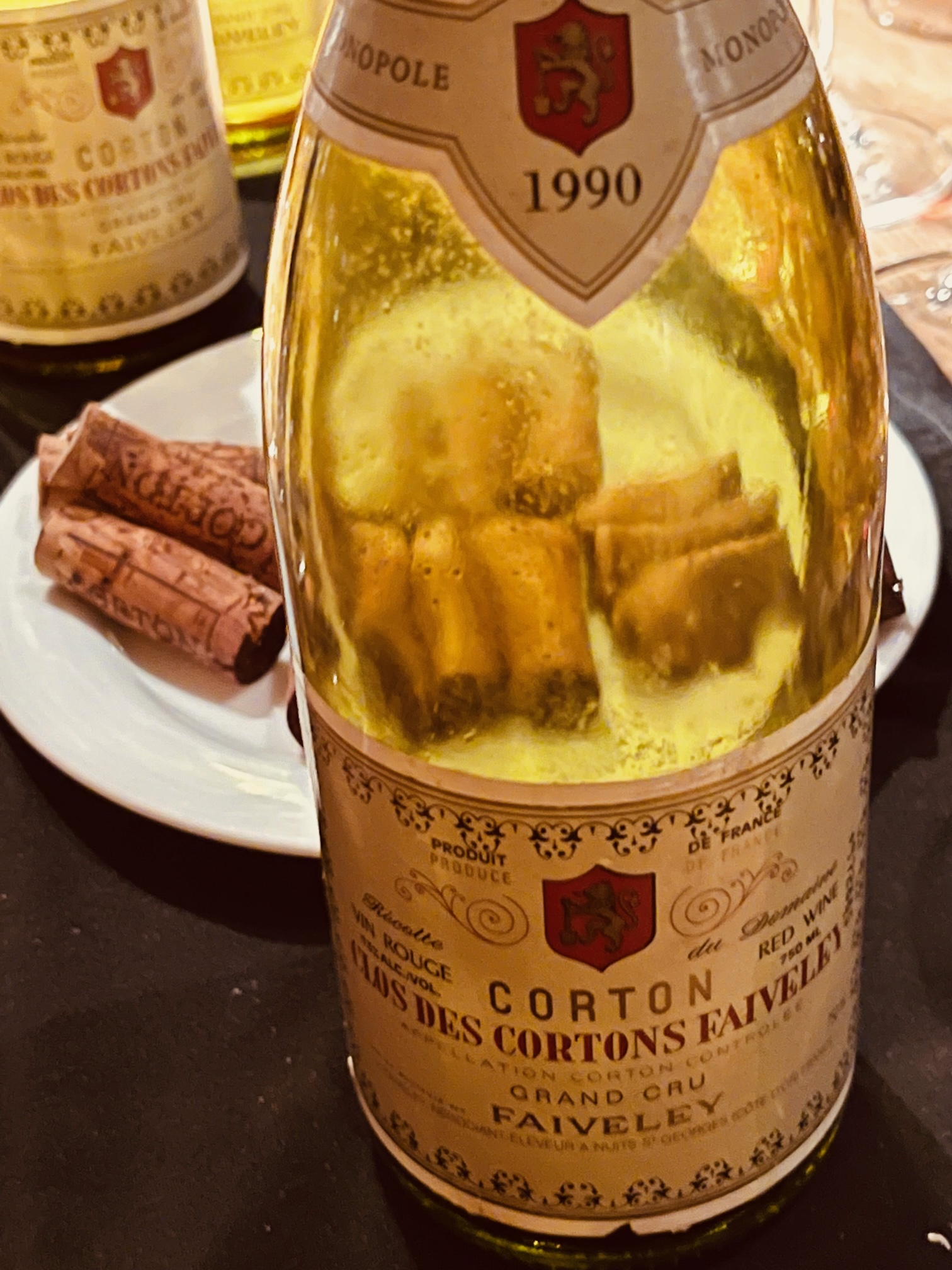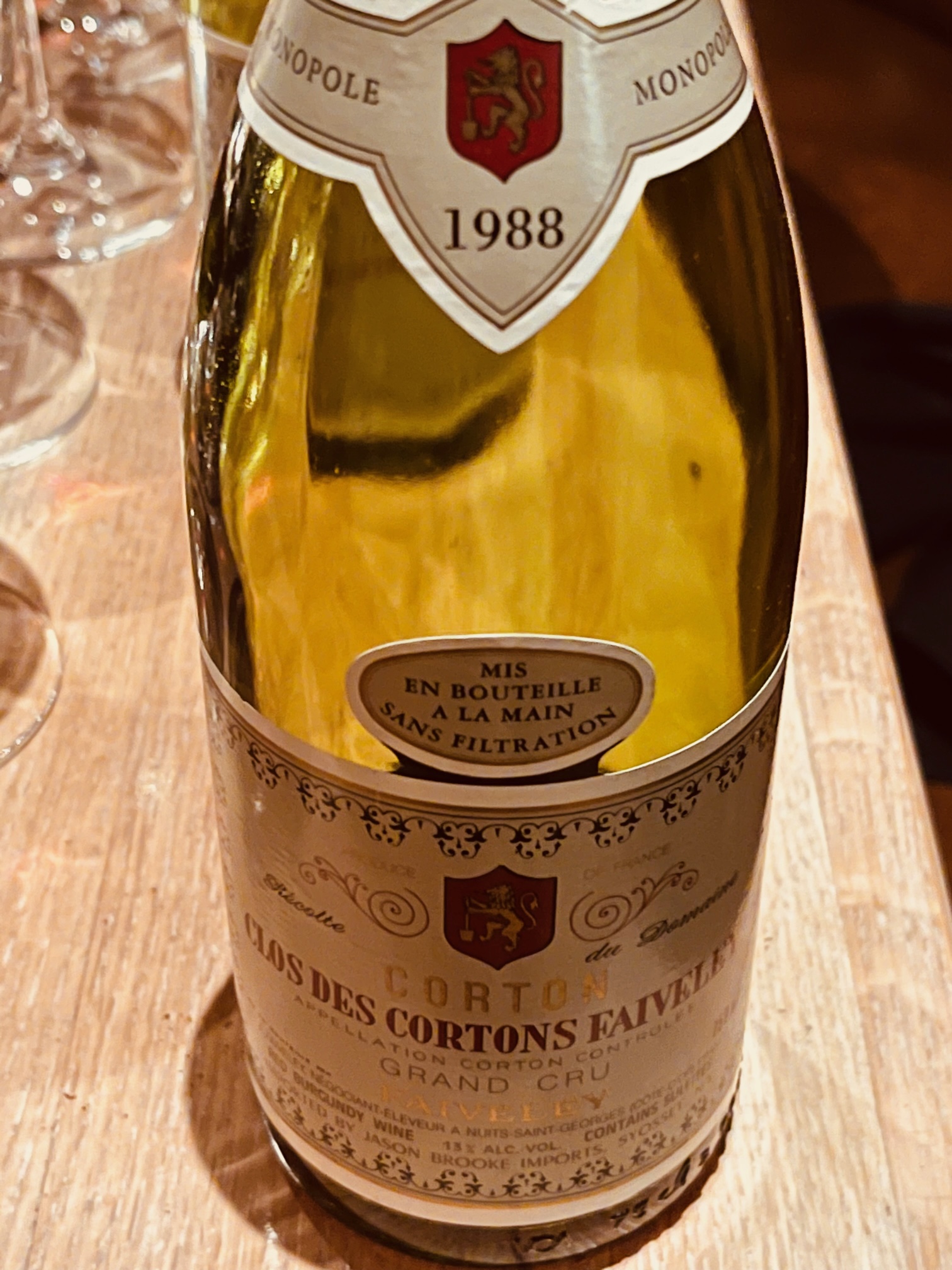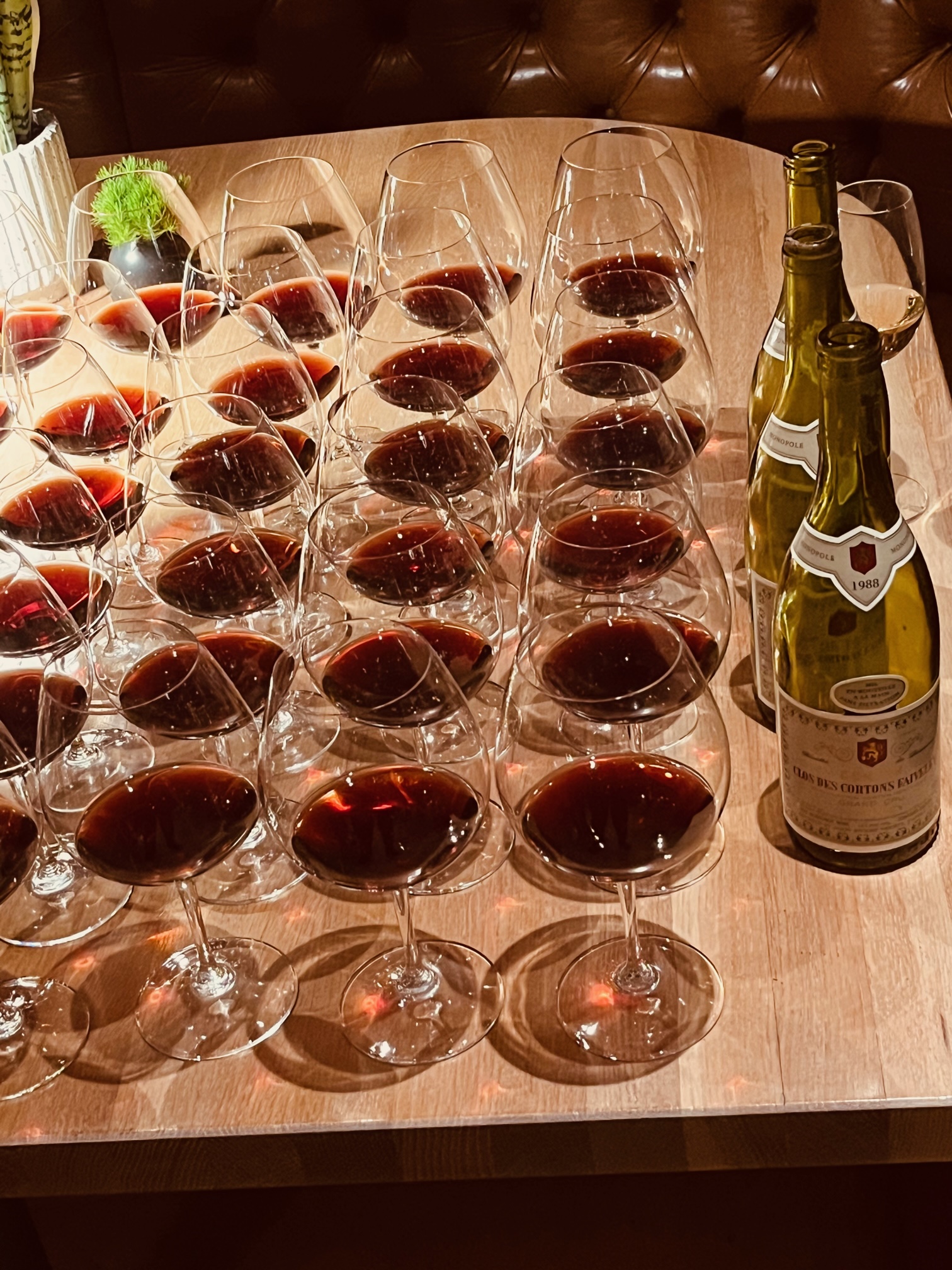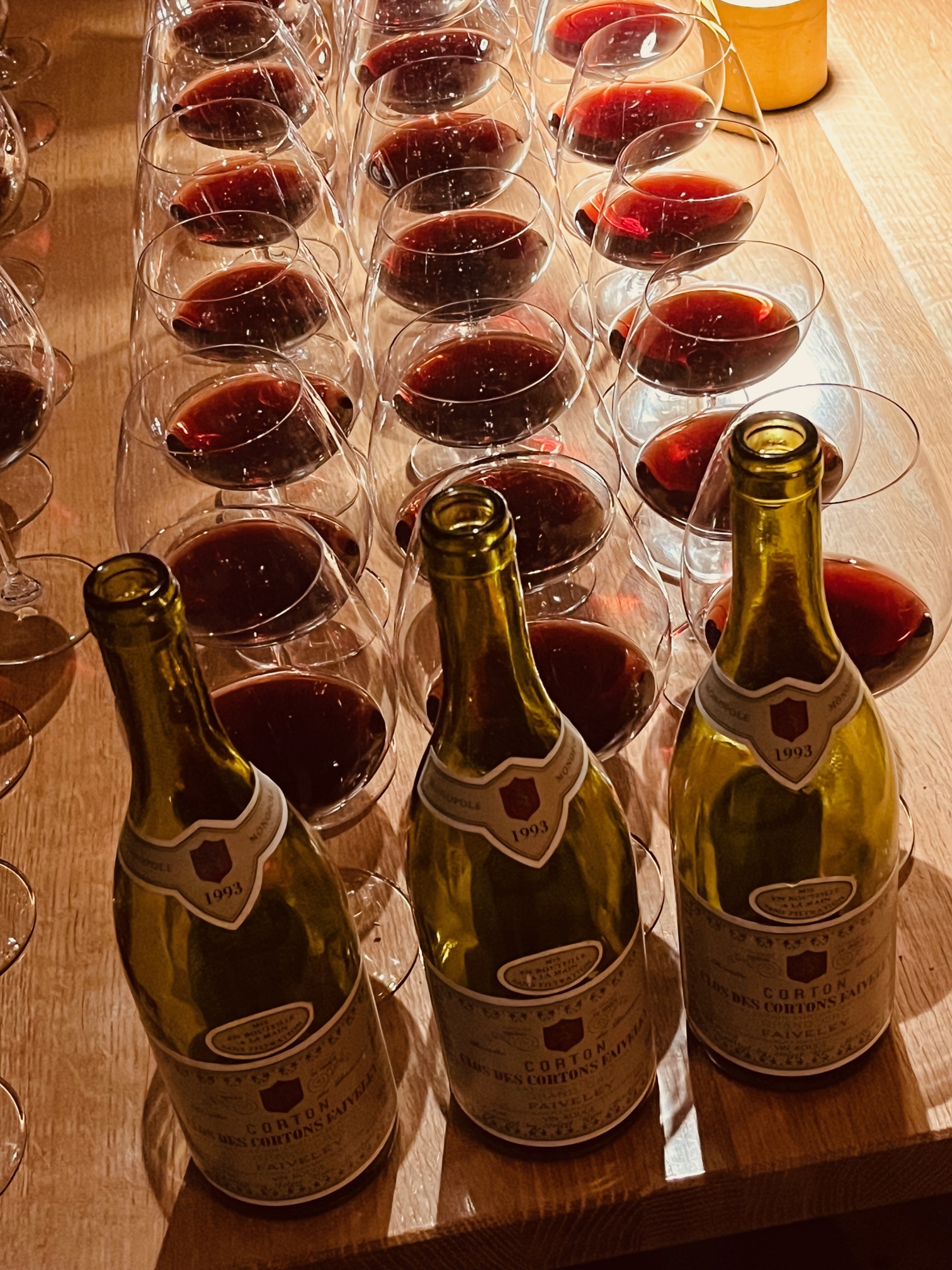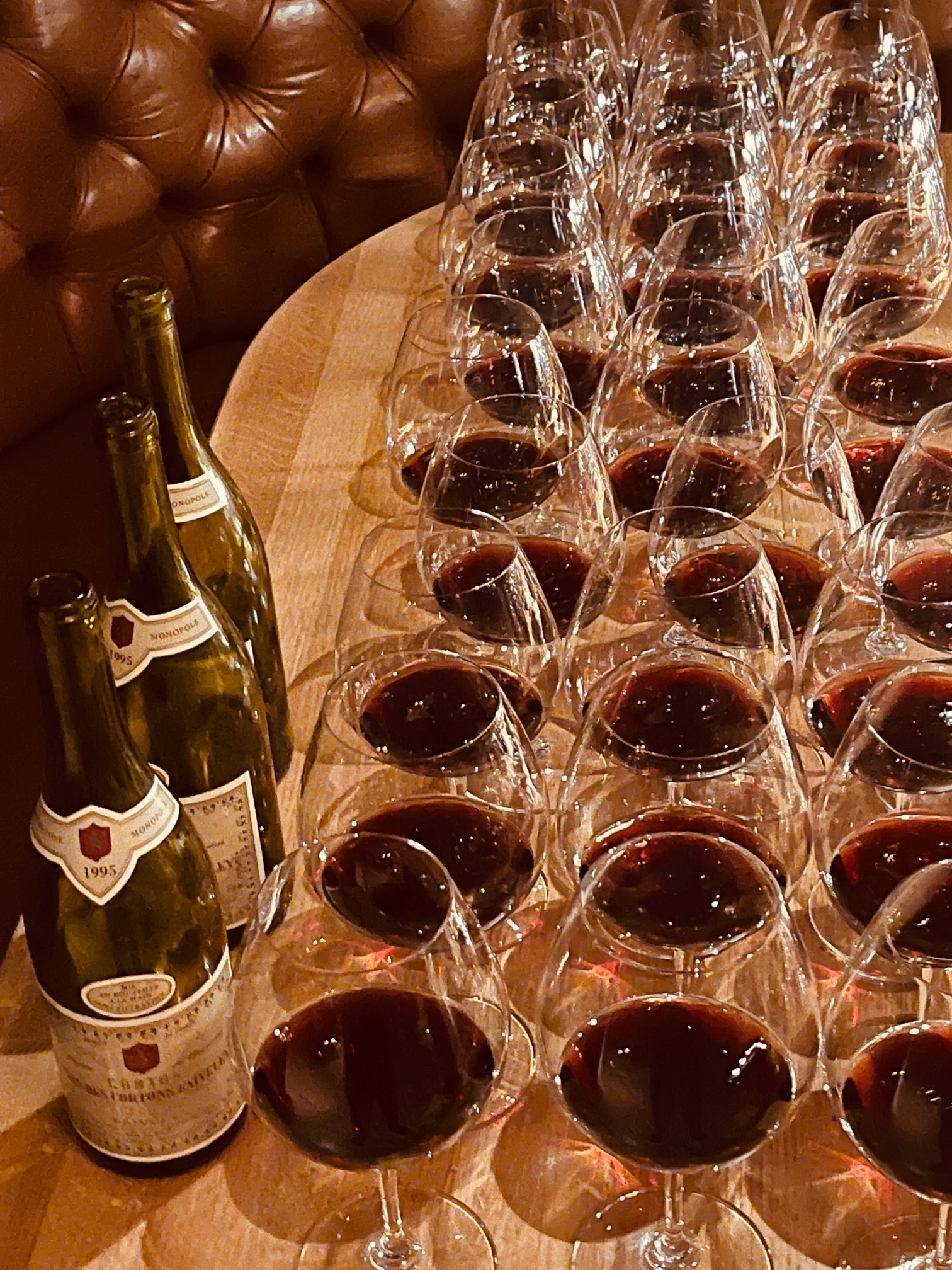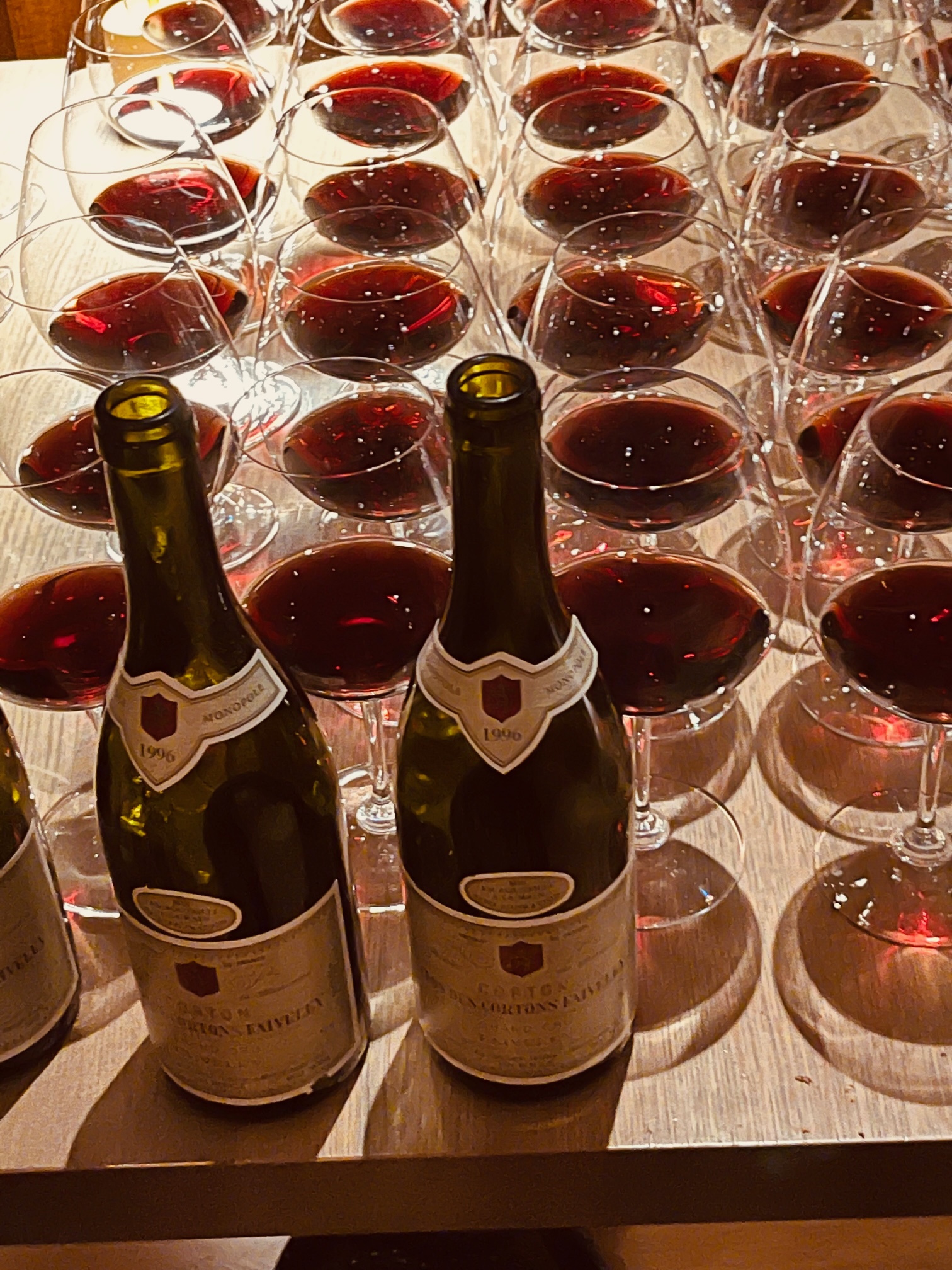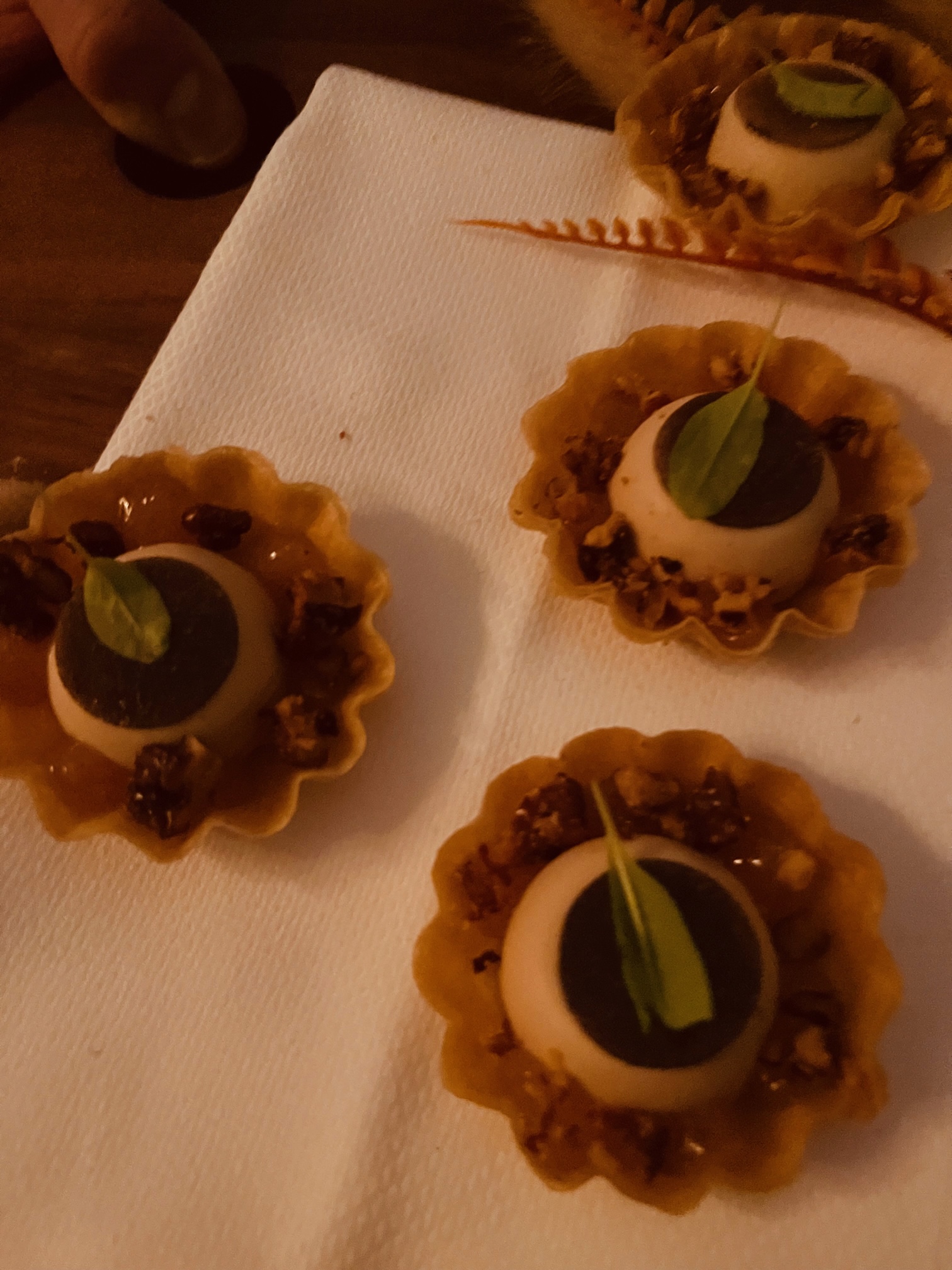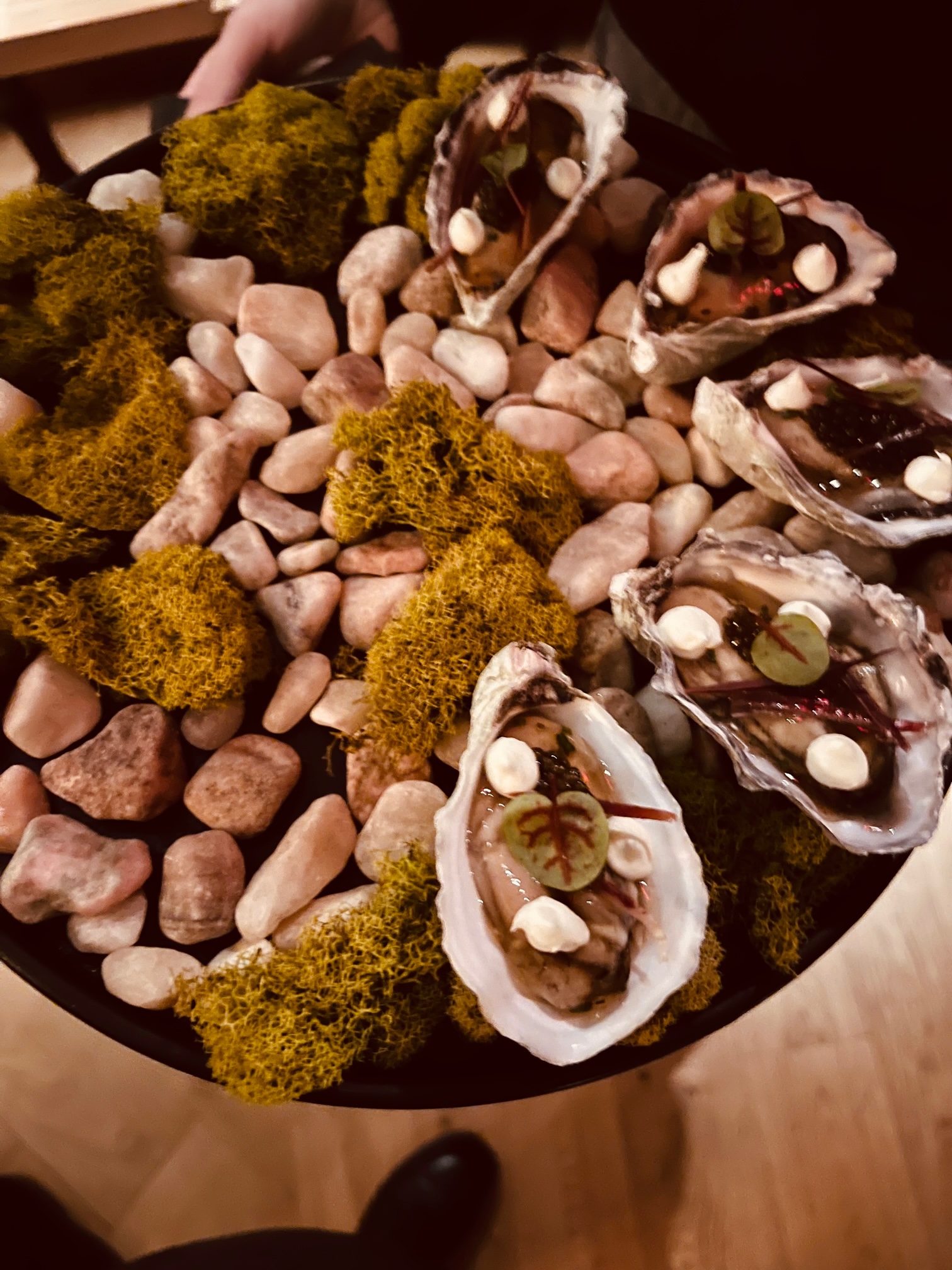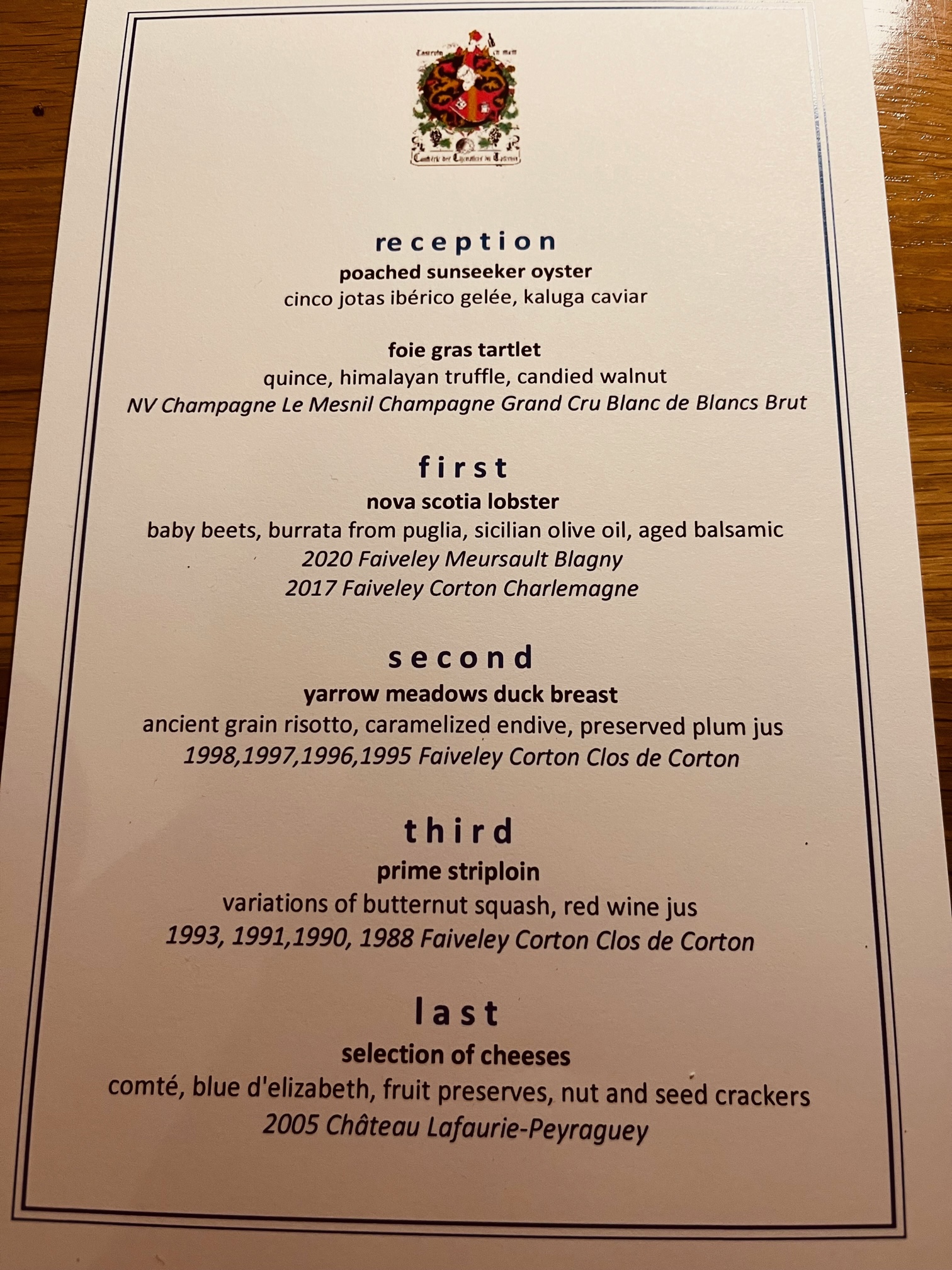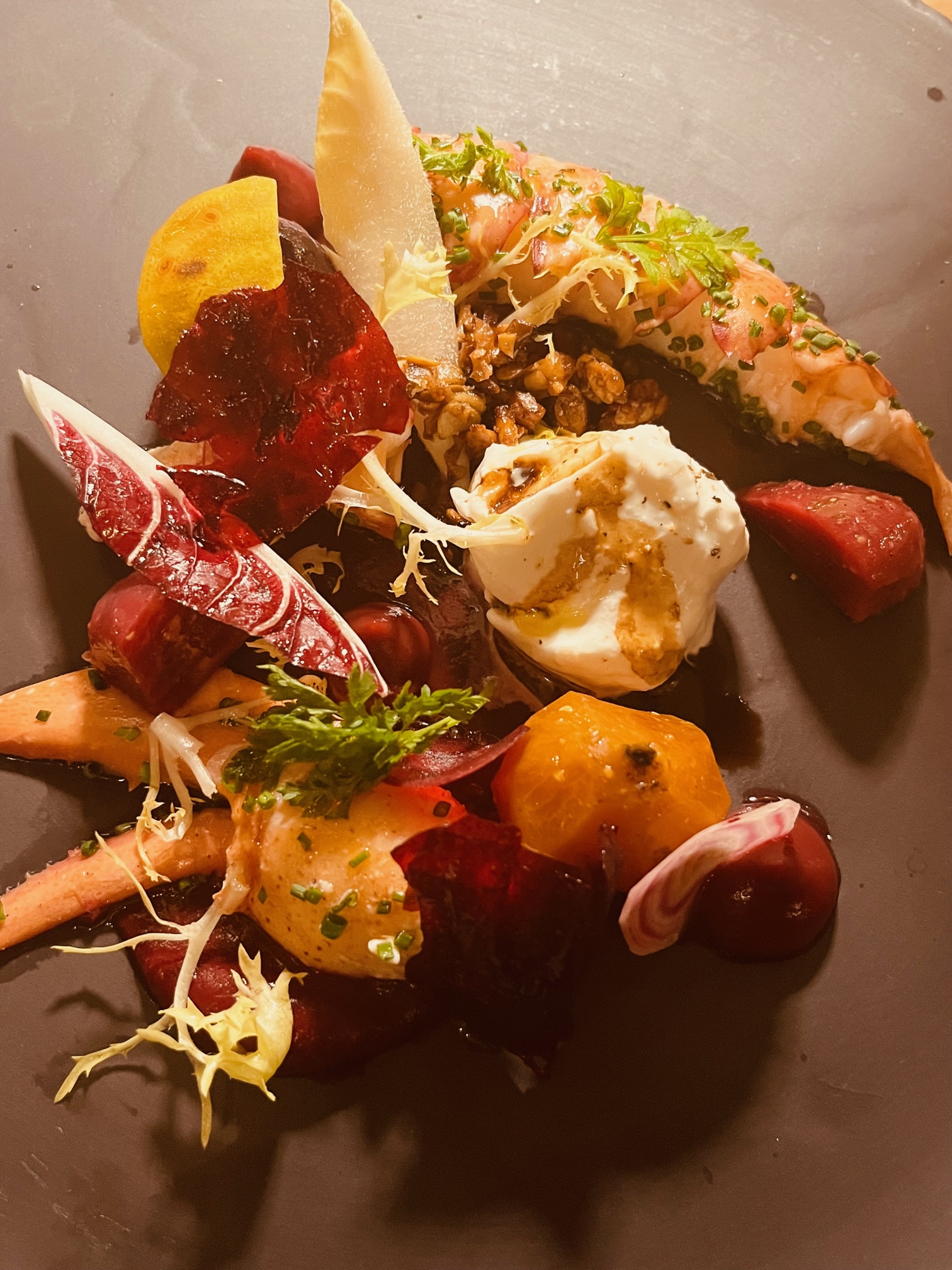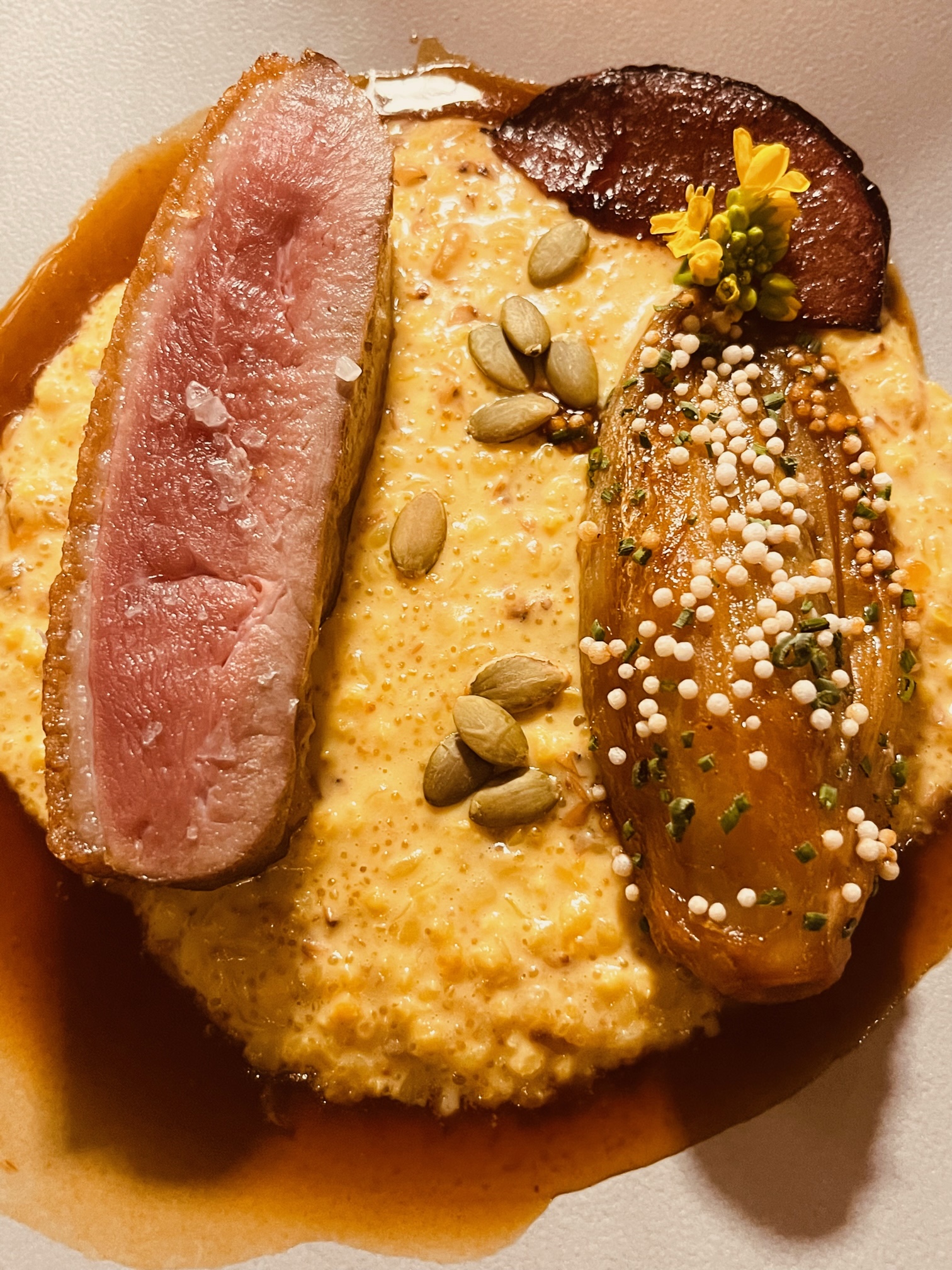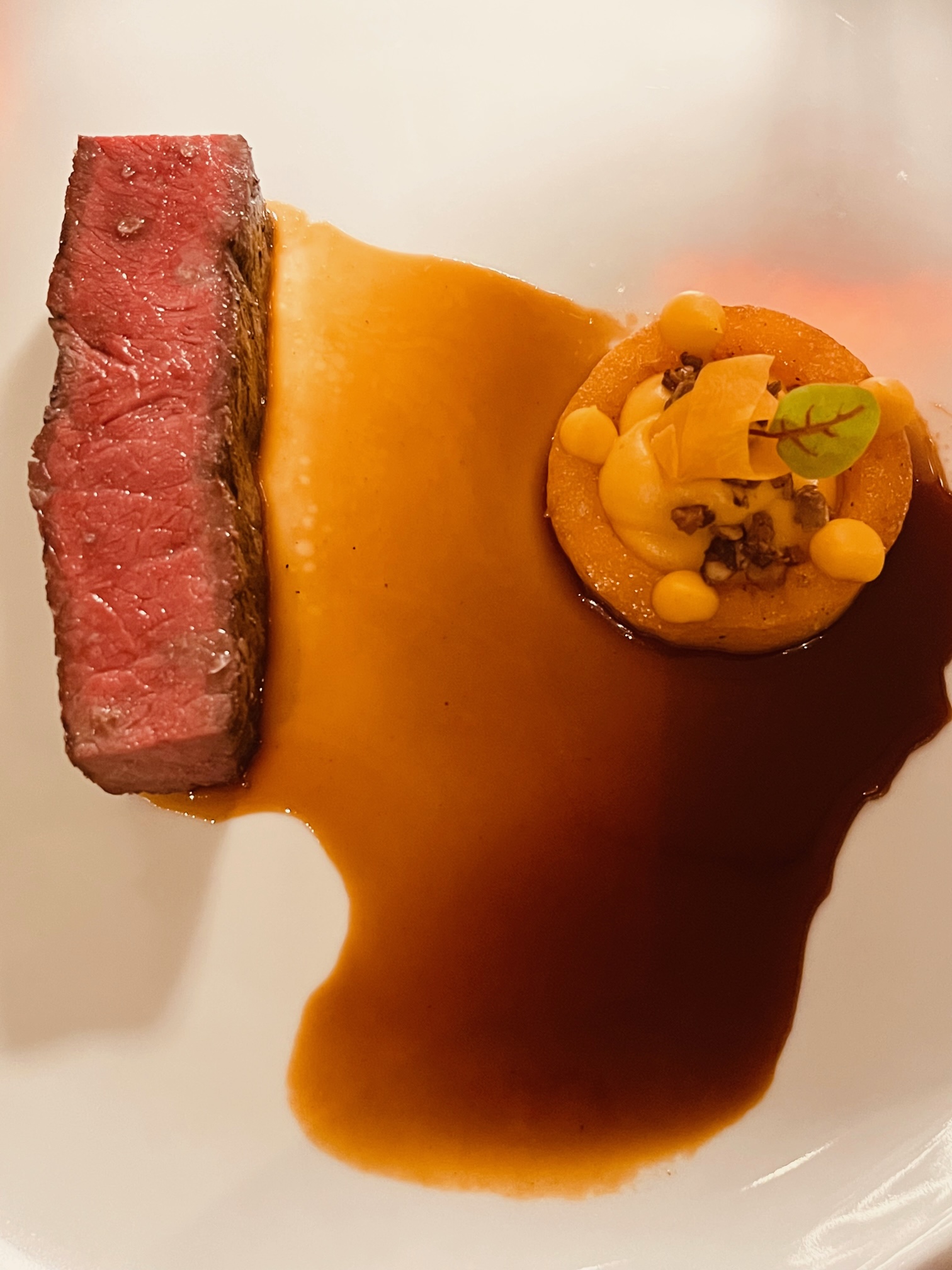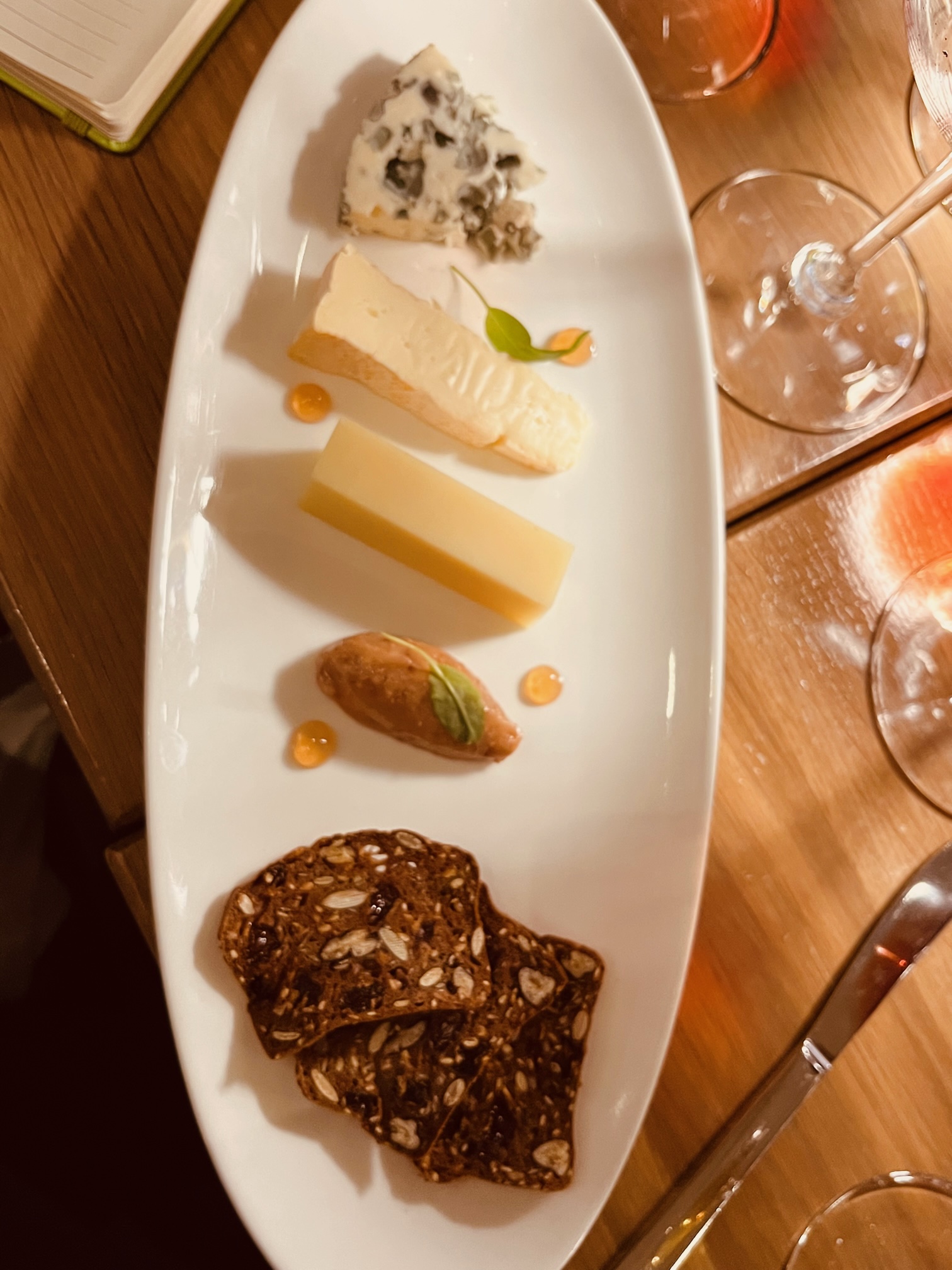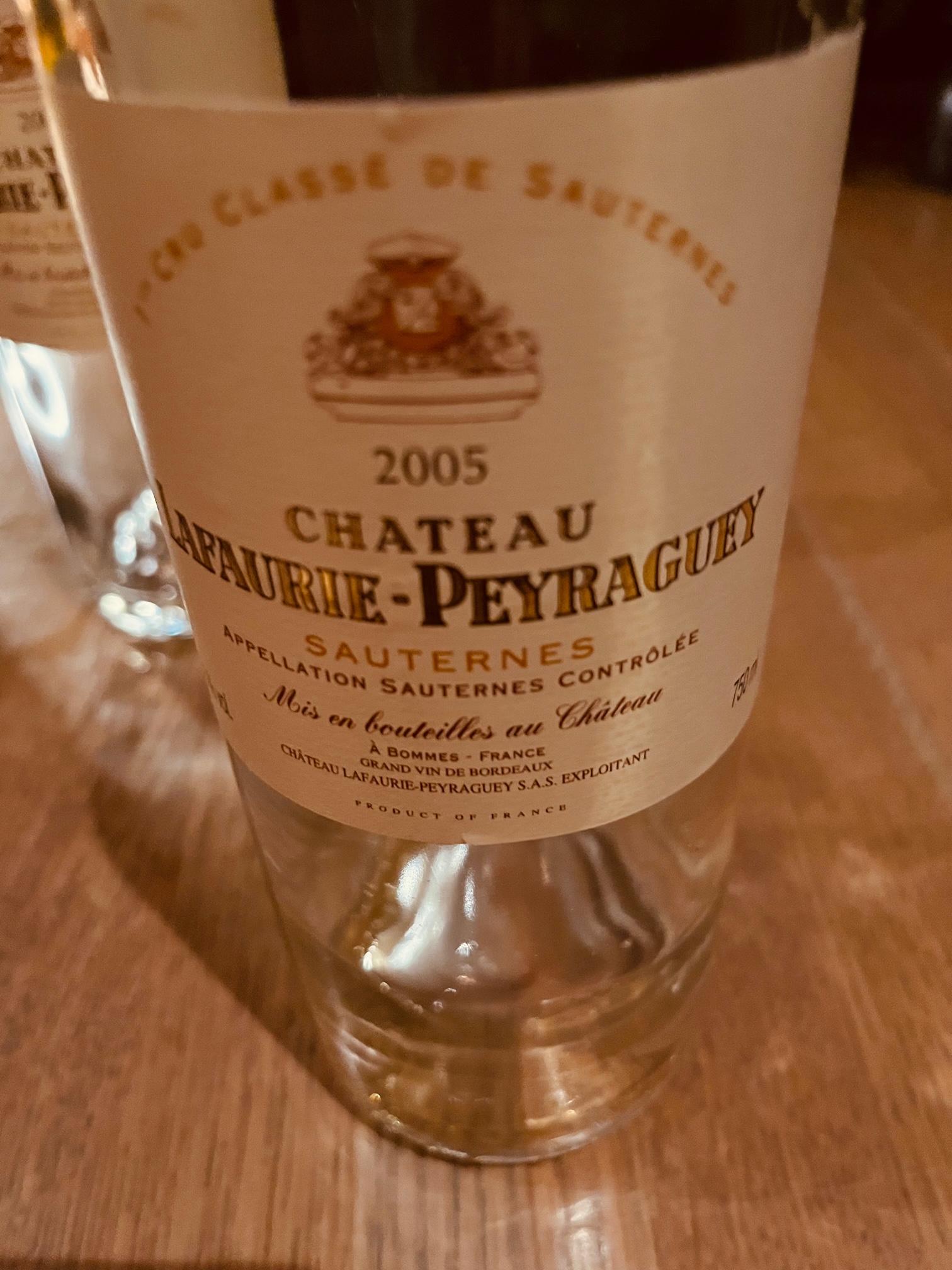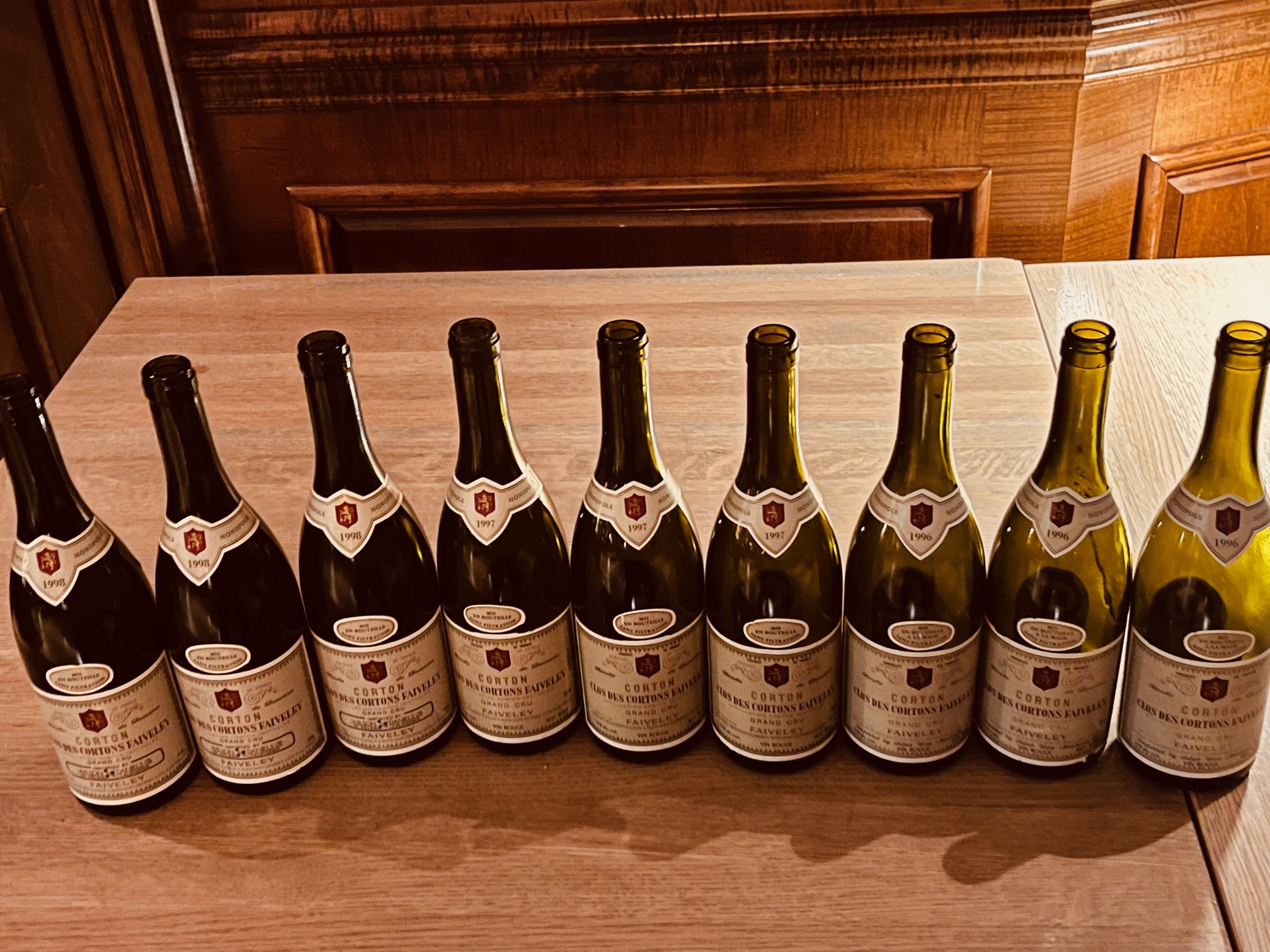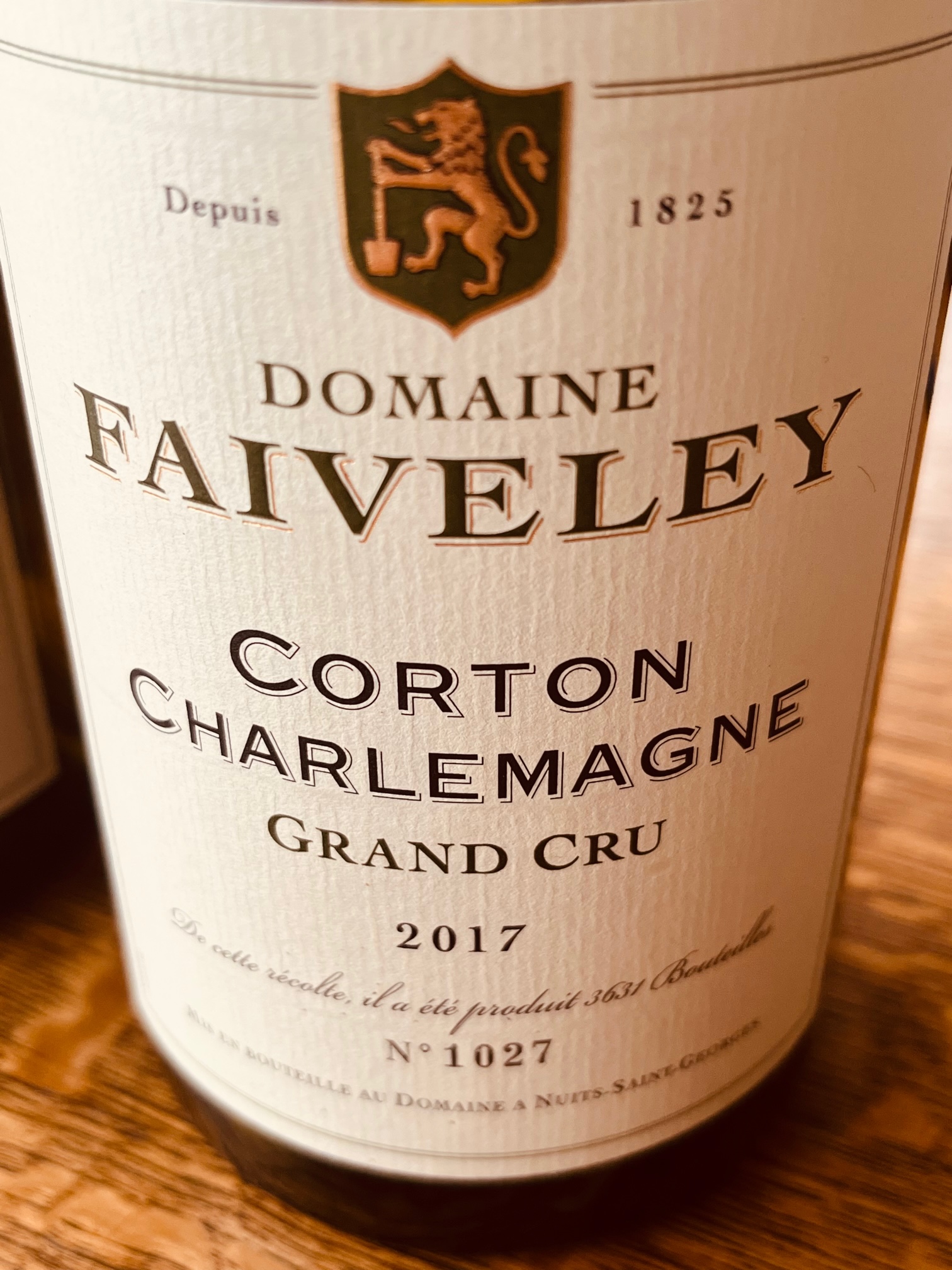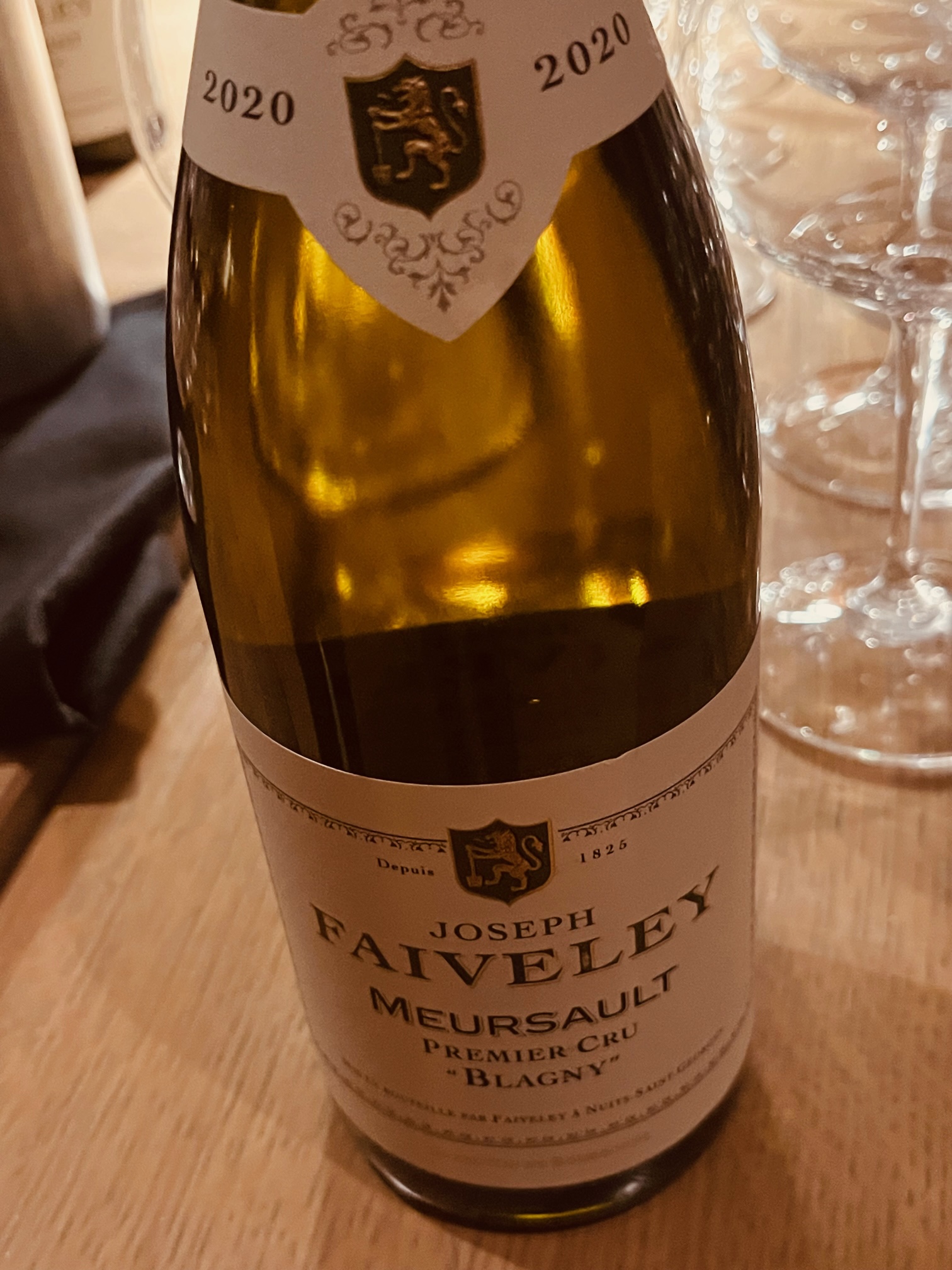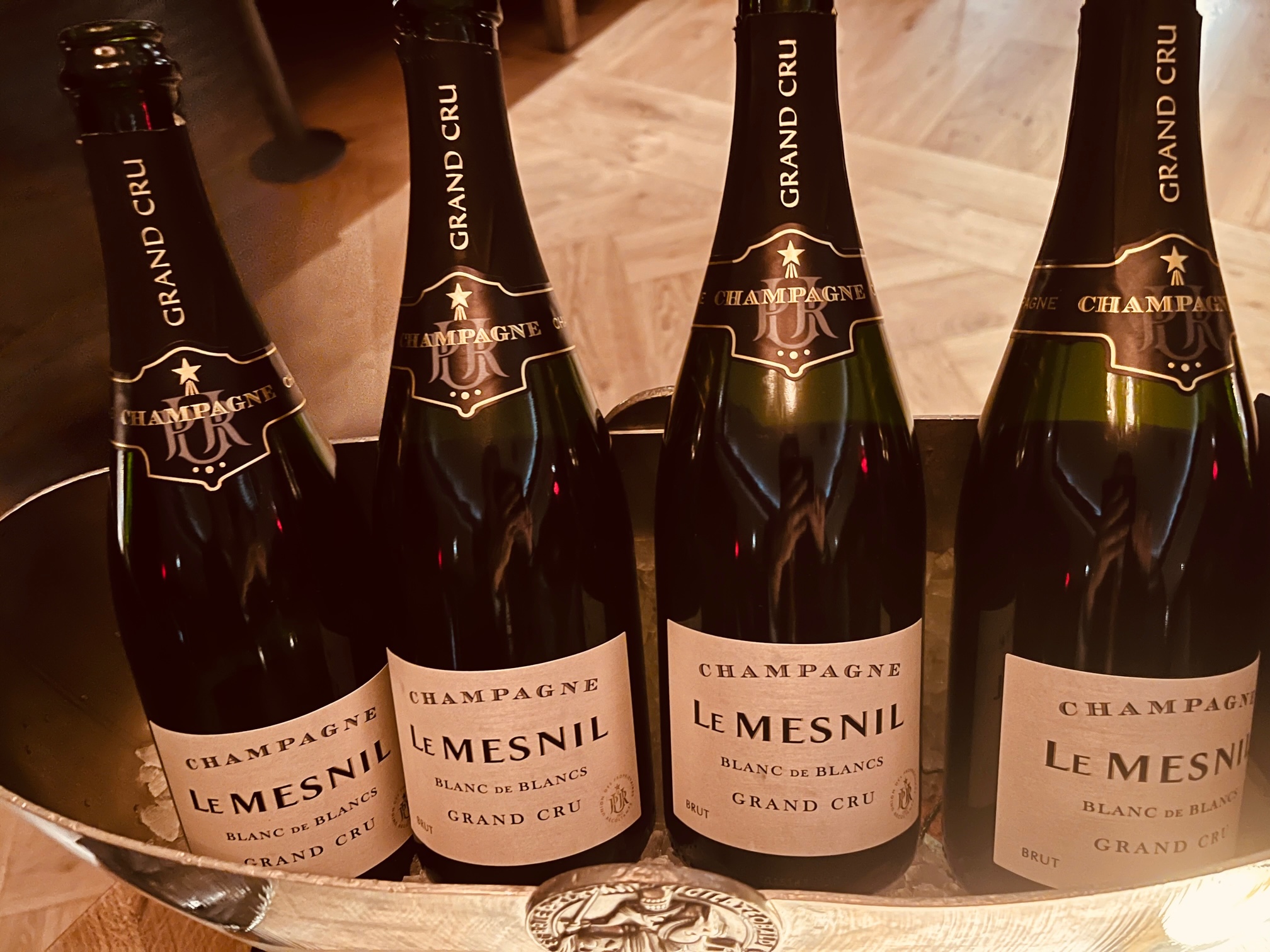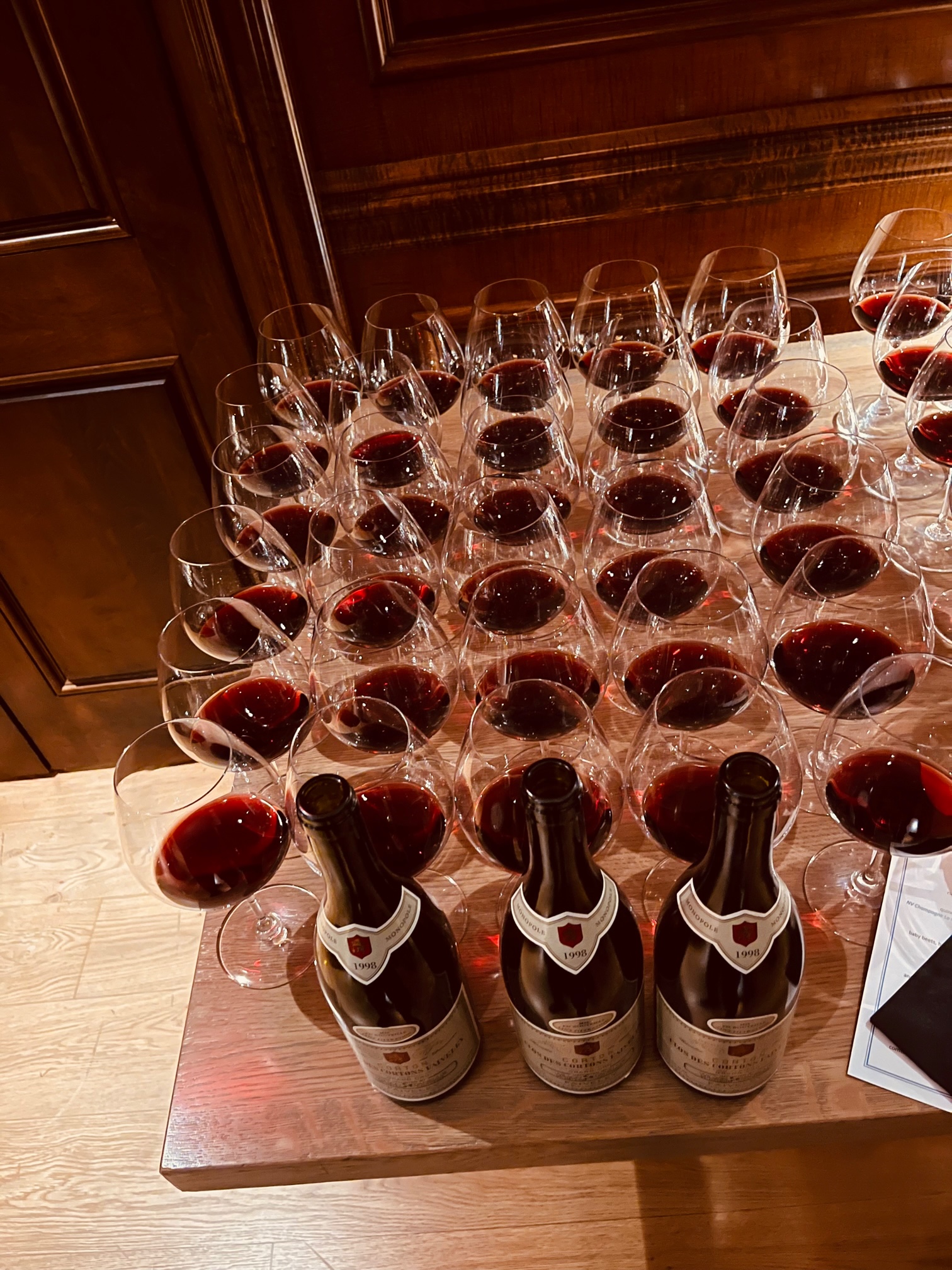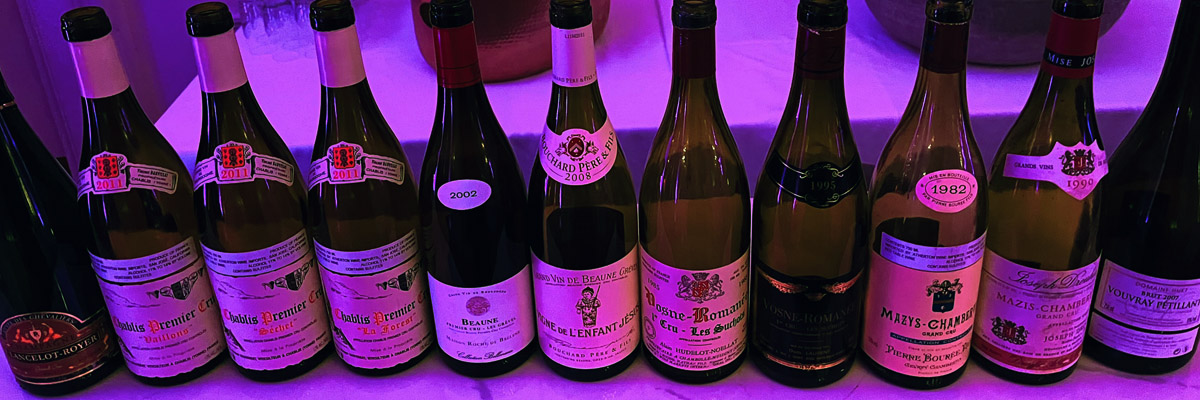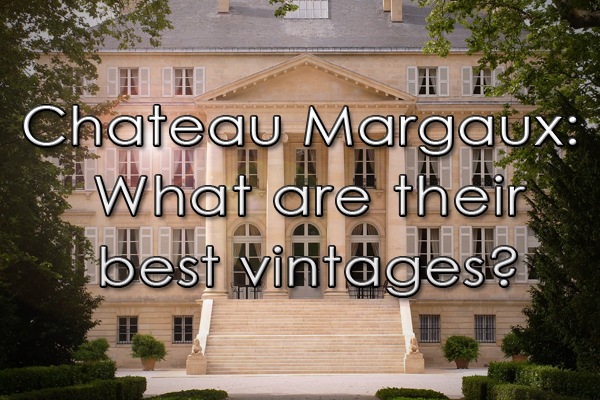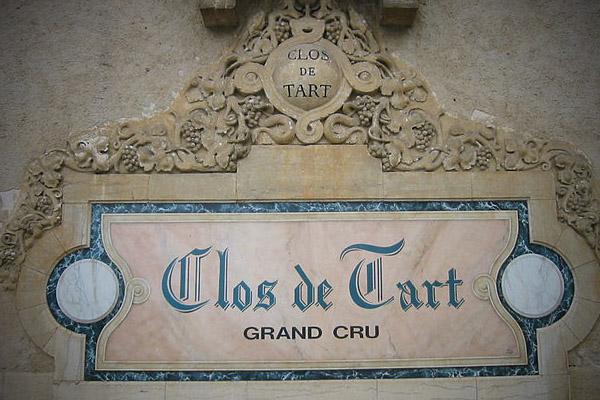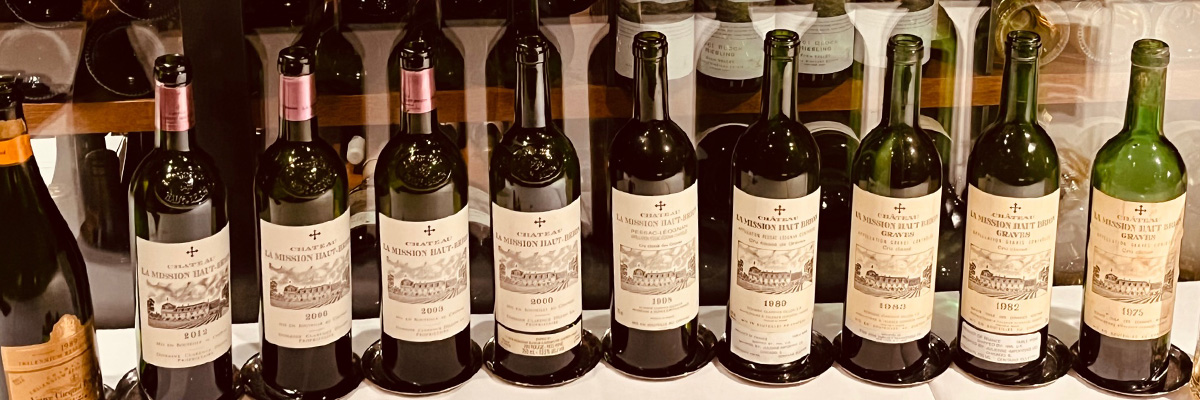
So-called First Growth and Grand Cru wines in any vintage bring with them an optimistic expectation of top quality. Generally one is pumped to try just one and you look forward to it with keen anticipation. To taste and enjoy a First Growth vertical over one evening is perhaps overkill resulting sometimes in a mistaken tendency to just to look for the best and the worst years. Your scribe approached the tasting function #126 of the Vancouver Group of Eight on December 3, 2024 at Blue Water Cafe for dinner featuring 9 vintages of CHÂTEAU LA MISSION HAUT-BRION (LMHB) with great enthusiasm. After all, one of my memorable fine wine lightbulb memories was way back in 1974 tasting the off-vintage 1958 of LMHB in San Francisco. Amazed then at how such a difficult less reputed year could deliver such a complex beauty of rich complex fruit so typically Graves. What a consistent Chateau for outstanding wines! Resulted in my high respect for the Woltner family (from 1919-1983) then owners and presently continuing for this property since then with the esteemed Domaine Clarence Dillon S.A. Some brief impressions on 9 vintages of LMHB served in two flights youngest to oldest:
2012 CHÂTEAU LA MISSION HAUT-BRION An uneven weather year 397 mm rain (based on Bordeaux region 1950-2013 where average was 400mm with wettest 1992 at 697 & driest 2011 at 213) with 24 days over 30C. Powerful most alcohol at 15 abv from riper grapes expressing mint with a charming silky balance finishing up with rich younger tannins. Excellent quality for the vintage. Should continue to age well.
2006 CHÂTEAU LA MISSION HAUT-BRION Climate extremes resulted in extensive labour used for green harvesting, leaf thinning, and meticulous sorting. Well done. At 14.5 abv with 315 mm & 32 days over 30C shows lively energy plus very intense full complete wine of many flavours with mature tannins. Surprise of the night. Sort of reminds me of 1958 in that you have a complex resulting wine from a challenging year. Delightful drinking now but no rush.
2003 CHÂTEAU LA MISSION HAUT-BRION Dry 263 mm but very hot 49 days over 30C resulted in very ripe grapes. Open sweeter fragrant aromas with more licorice delivers a softer forwardly entry but has full fruit with a long finish. Lovely drinking with the duck confit. Enjoy.
2000 CHÂTEAU LA MISSION HAUT-BRION More rain 438 mm but less heat with 21 days over 30C in this millenial vintage. Prefer this bouquet of the first flight with fresh complex subtle notes of perfectly ripe fruit. Full rounder textures with amazing flavours that continue to develop on the palate. Early plateau of enjoyment that will last a long time in your cellar.
1998 CHÂTEAU LA MISSION HAUT-BRION Very wet at 537 mm with only 21 days over 30C. Less nose and in a more herbaceous way. Dense and tannic but not singing. Expect it will evolve and further open with more time.
1989 CHÂTEAU LA MISSION HAUT-BRION This had 359 mm rain (1990 less at 291) and 22 days over 30C (1990 hotter at 31 days). What a spectacular way to start this phenomenal second flight! Darkest colour from an exceptional harvest and admire only 13 abv. Wow orange rind with exotic cloves and typical earthy truffles (I adore) so textbook in this property when at its best. The smooth lush harmonious entry of cool complex fruit is unbelievable. So structured. Tried the 1990 twin last year which is also excellent but has a more stewed riper softer character. 1989 is one of the greatest legendary LMHB. Wine of the night!
1983 CHÂTEAU LA MISSION HAUT-BRION 477 mm & similar 21 days over 30C. Better microclimate in Pessac-Leognan (and Margaux) than generally in Bordeaux. Darker deeper look than 1982. Shows that typical tobacco nose with attractive styling. A bit drying on the finish perhaps but this is an underrated vintage for LMHB. Reminds me somewhat of the tremendous 1978. Drink 1983 currently with dinner.
1982 CHÂTEAU LA MISSION HAUT-BRION Good weather with 402 mm & 16 days over 30 C but a high 40C on July 8 during a hot summer. Very cassis/blackcurrant fruit with big tobacco and 1982 styling in harmony. Riper than 1983 but softer and less structured than 1989. Delicious. As member Nick Wright commented “Every wine in this second flight has so much personality!” Drinking beautifully and will continue to do so for some time.
1975 CHÂTEAU LA MISSION HAUT-BRION Powerful year with 325 mm & 15 days over 30C. Palest rim. Came out of the gate on release with a 100 point Parker score. Now it is much drier than the other wines but still classic. Does have that great bouquet of maturing tobacco, earthy truffles but less ripe fruit. Those firmer tannins have mostly melted away. On a drinking plateau that improves when matched with food such as the tasty rack of lamb served here.
All nine vintages showed wonderful enticing interest. An extraordinary Chateau that is producing First Growth consistent highest quality wines every vintage. Congrats.
You might also like:
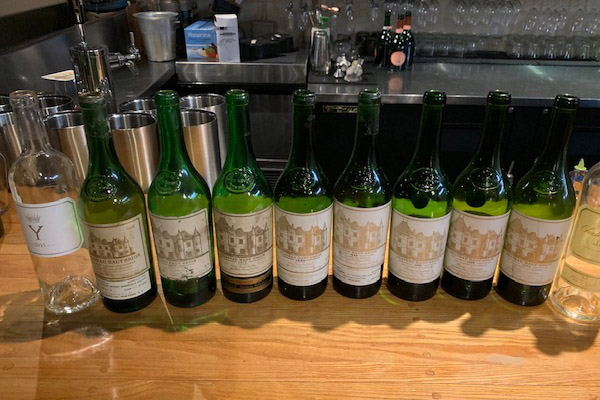 |
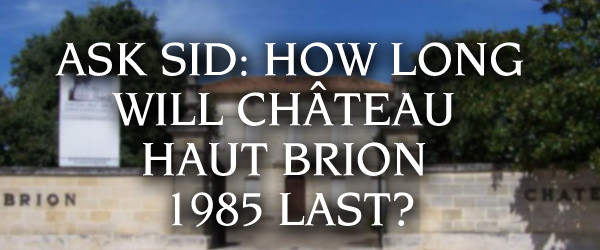 |
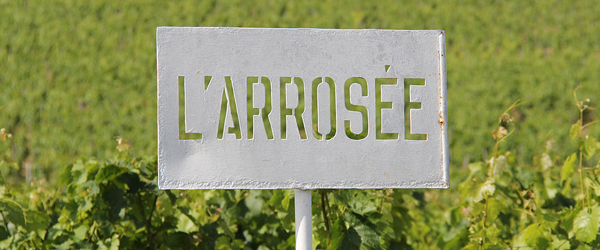 |
